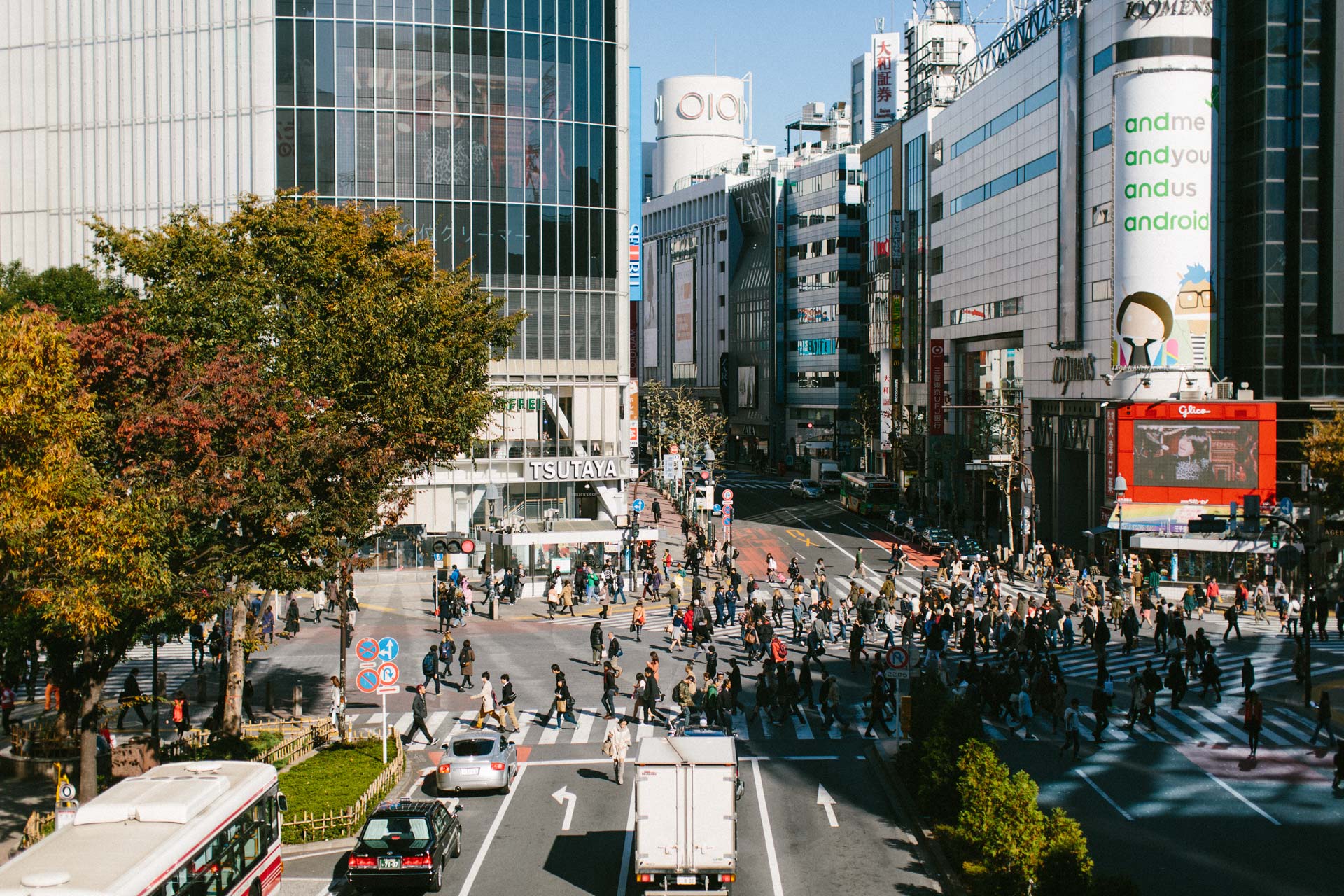
If you follow us on Instagram, you’ve probably seen a few photos from our trip to Japan last fall. It was sort of a end-of-the-wedding-season celebration squeezed in between our penultimate wedding in October and our “for-real” last wedding in December. Once we got back, there was really no breathing room to reflect on how amazing the trip had been — we just jumped right back into the flow of things, working on our last 2014 wedding, editing features, and revamping the site.
But a lot of people have been asking us about our journey through Japan, wanting to know exactly where we went and how it all looked. Half-inspired to share more from our trip with these people, and half-inspired to relive it ourselves, we decided to put together a guide/journal of our adventures across this beautiful country.
To say we fell in love with Japan is an understatement.
It is one of the most stunning places we’ve ever visited. We were completely taken aback by the culture, the architecture, and the atmosphere, not just of Tokyo, but of the entire country. So much so, that it’s honestly taken every ounce of self-control in us to not go back this fall.
We covered a lot of ground in the two weeks we were there, starting in Tokyo, down to Mt. Fuji in Kawaguchiko, up to Yudanaka, then back down through Kyoto and Osaka to Fukuoka, and back up to Tokyo for the last few days of our trip. We’ve decided that the easiest way to tackle this behemoth of a journey is to break it up into four parts: Tokyo | Fuji & Yudanaka | Kyoto, Osaka & Fukuoka | and back to Tokyo.
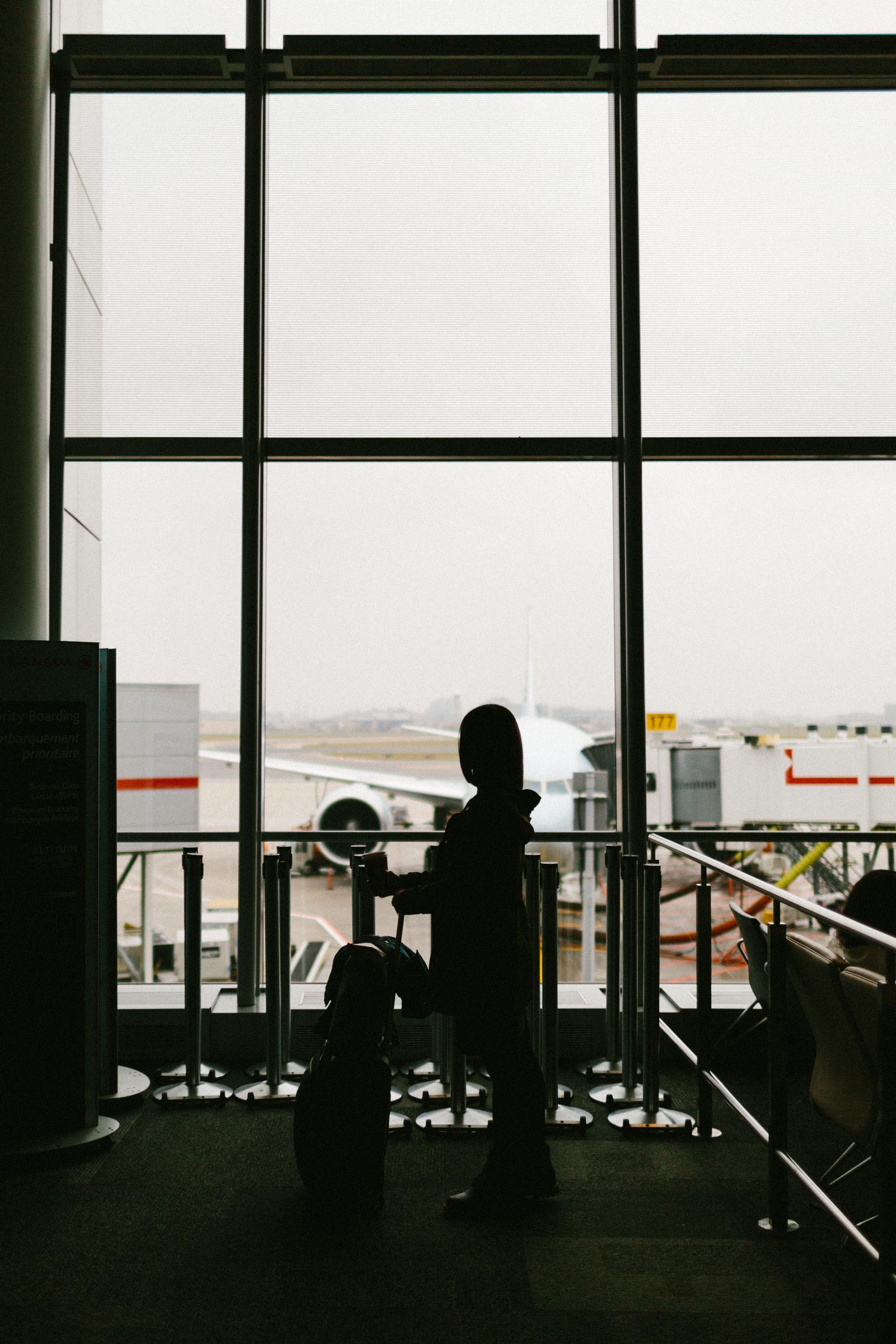
We left Pearson for Tokyo at around 1:30 PM and were scheduled to arrive, 13 hours later, at 5PM the next day. We realized we’d be traveling through time and space into the future, but didn’t have much to do with this extraordinary power, so we slept, listened to music, and began a separate adventure of re-watching Breaking Bad from the beginning.
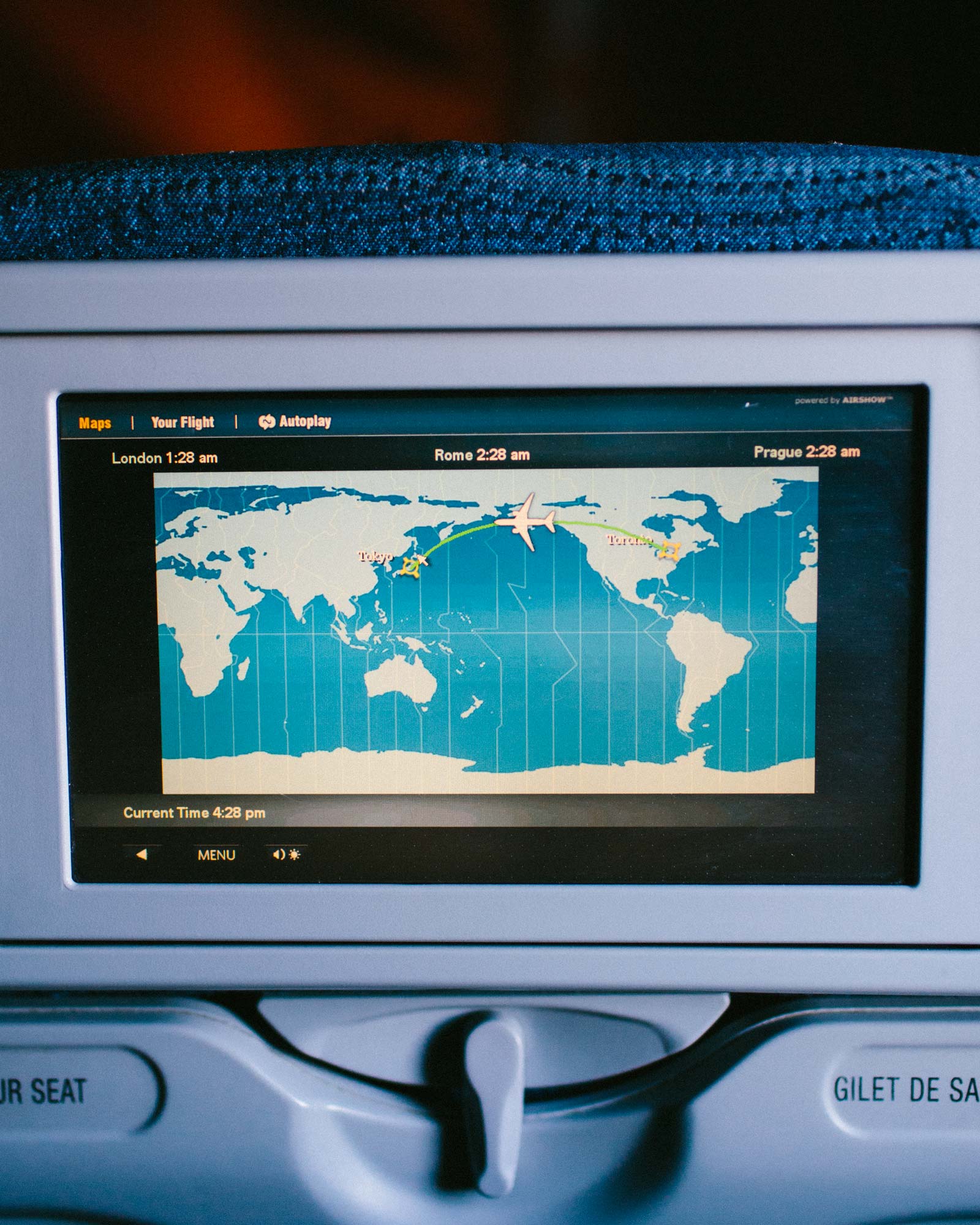
As soon as you approach the island, you’re greeted by Fujisan, which is pretty damn cool.
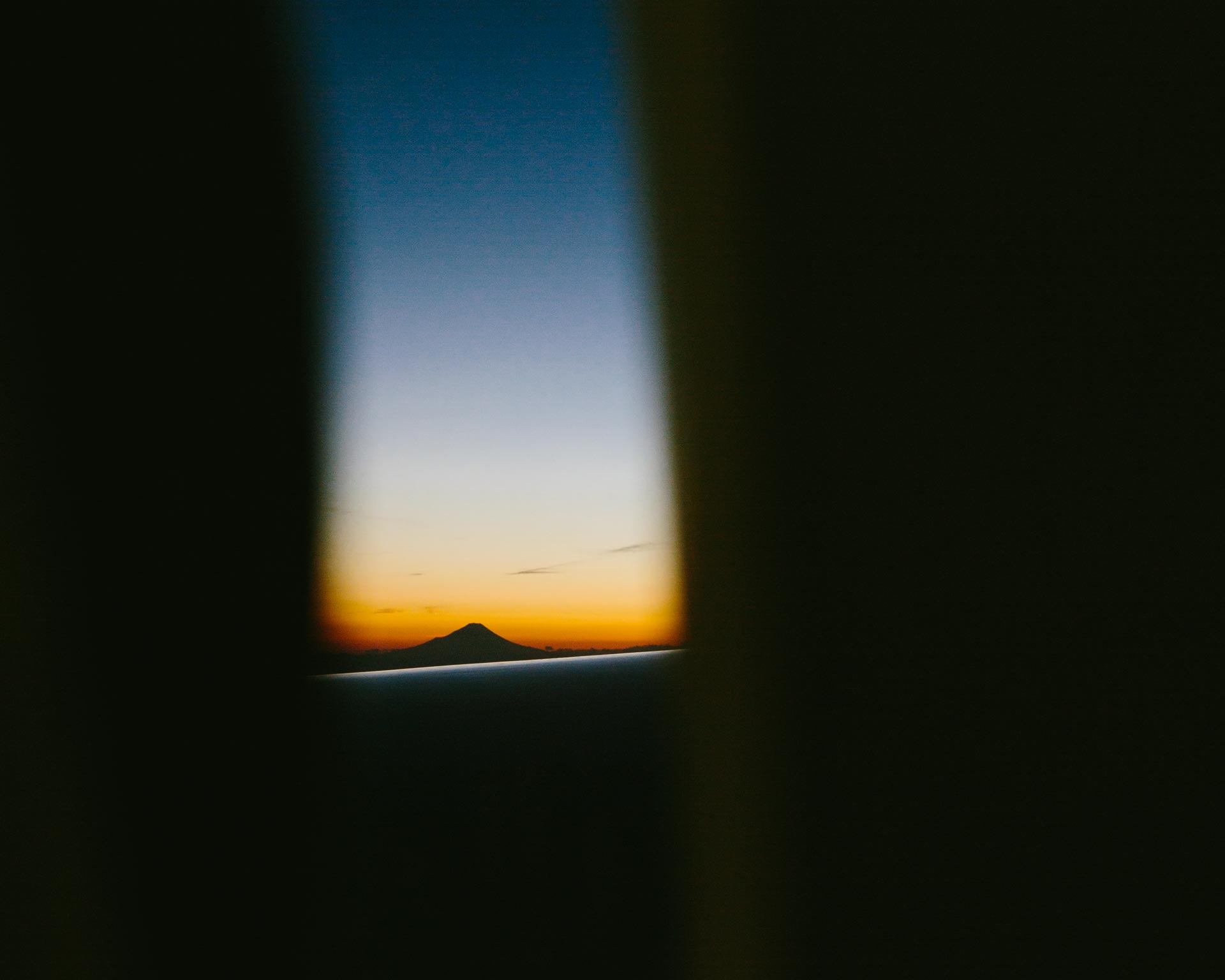
Once we arrived, we had an hour-long bus ride to Shibuya. There’s a lot of different districts in Tokyo, but Shibuya is a more vibrant, central location to stay. Everything you need is there, and everything you’d want to see that isn’t there is a short subway/train-ride away. At the hotel, our battle with jet-lag began. We ordered a couple of wood-oven pizzas from the restaurant in the lobby and crashed watching Japanese TV, which is exponentially more entertaining than anything you’ve ever seen. We promise you.
We stayed at the Shibuya Granbell Hotel, and couldn’t recommend it enough. We usually prefer to stay at boutique hotels instead of the big name alternatives because they embrace the character of the places you visit, offering a certain charm and unique space to dwell while foregoing the generic hotel-carpet look. The Granbell also had some pretty sweet rates for longer stays, and offered us a two-story room with a balcony and an amazing view that you could enjoy even from the whirlpool on the second level.
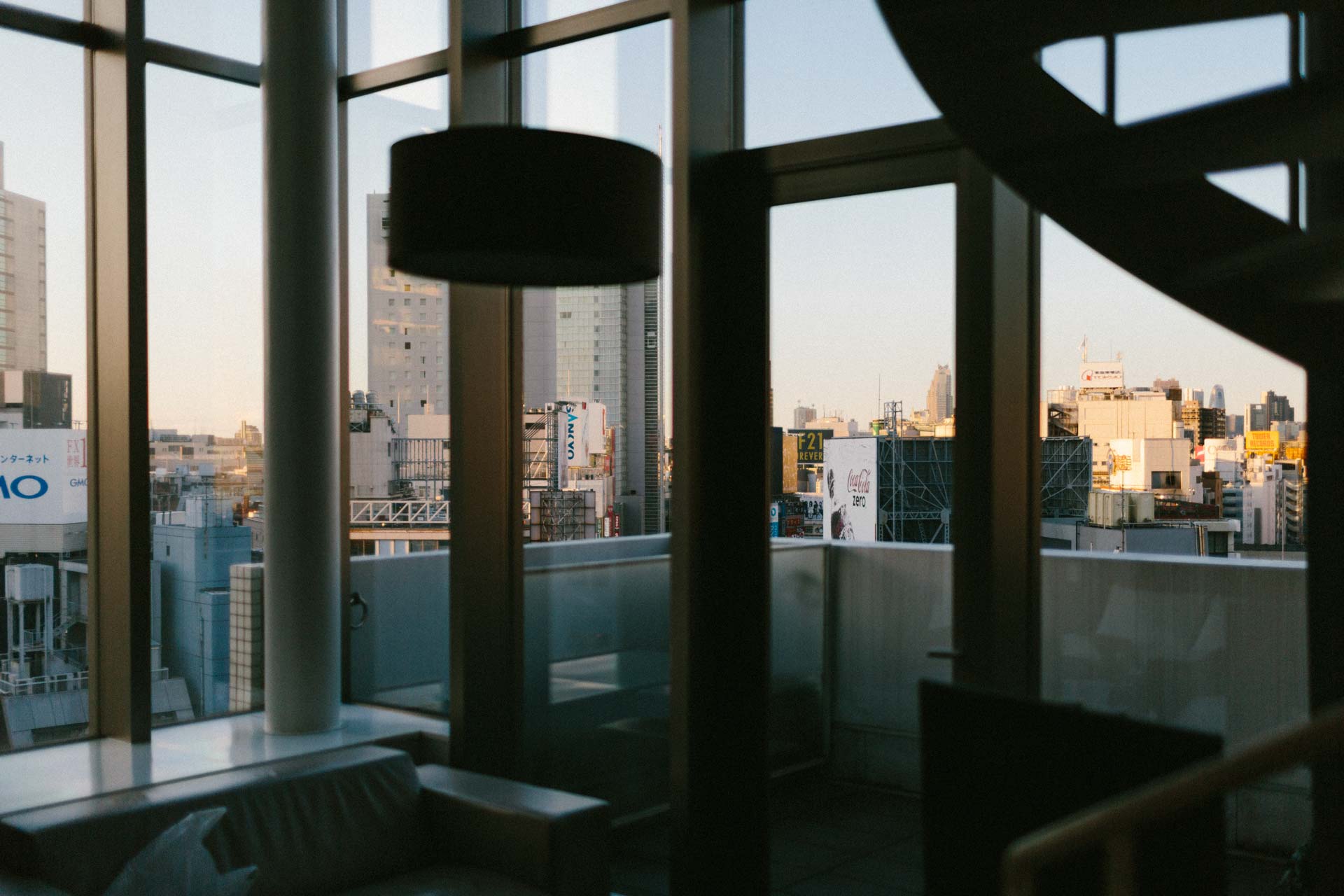

Despite of all this awesomeness, we had a busy couple of days before our trek across the country began, so off we went to visit what quickly became our favourite part of Tokyo — Shimokitazawa.
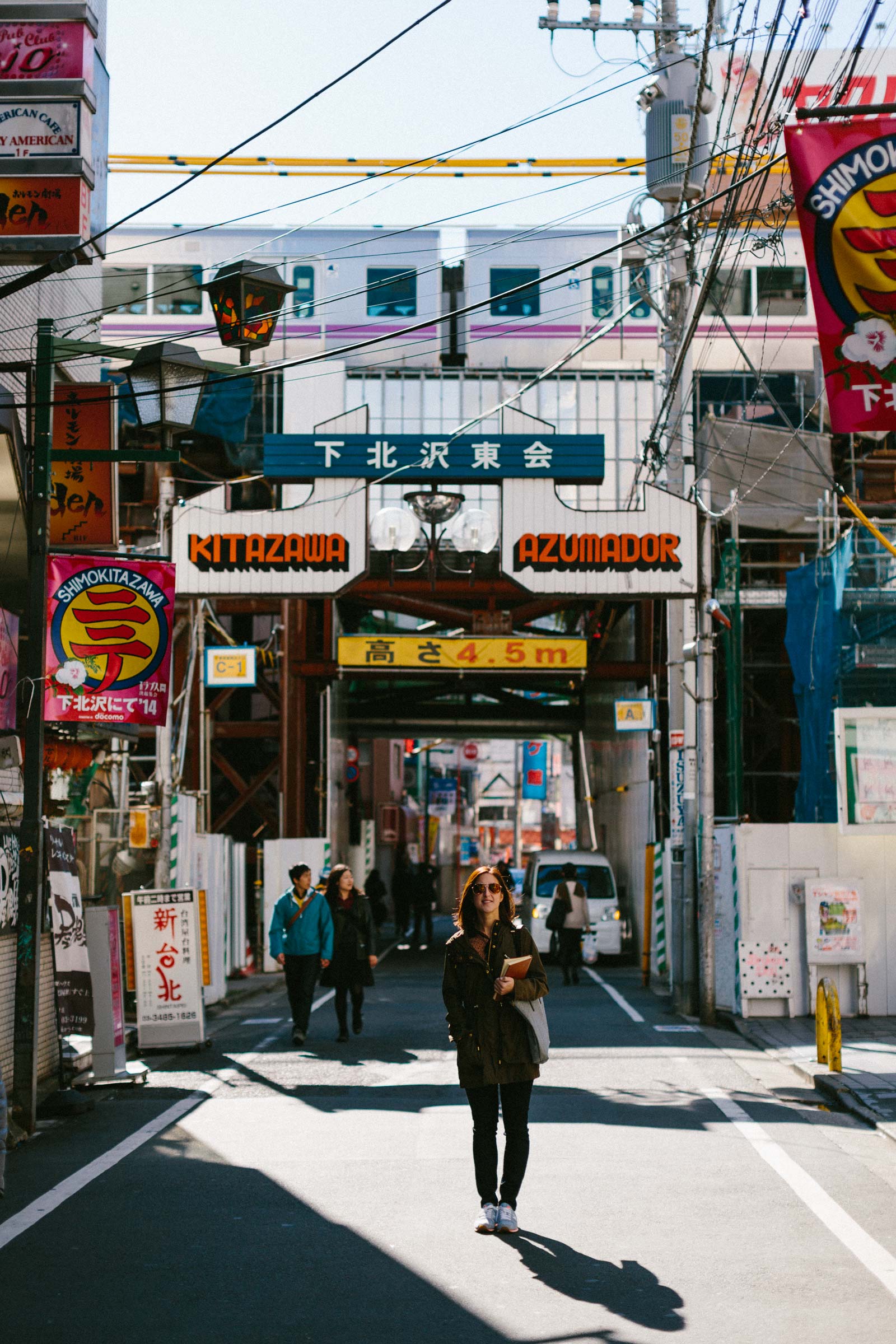
Shimokitazawa, or Shimokita as the locals would say, is a young, trendy neighbourhood offering tons of independent fashion retailers, amazing cafes, restaurants, and lots of drool-worthy pancakes, waffles and crepes. What Williamsburg is to New York, Shimokitazawa is to Tokyo — down to the quiet, relaxed atmosphere.
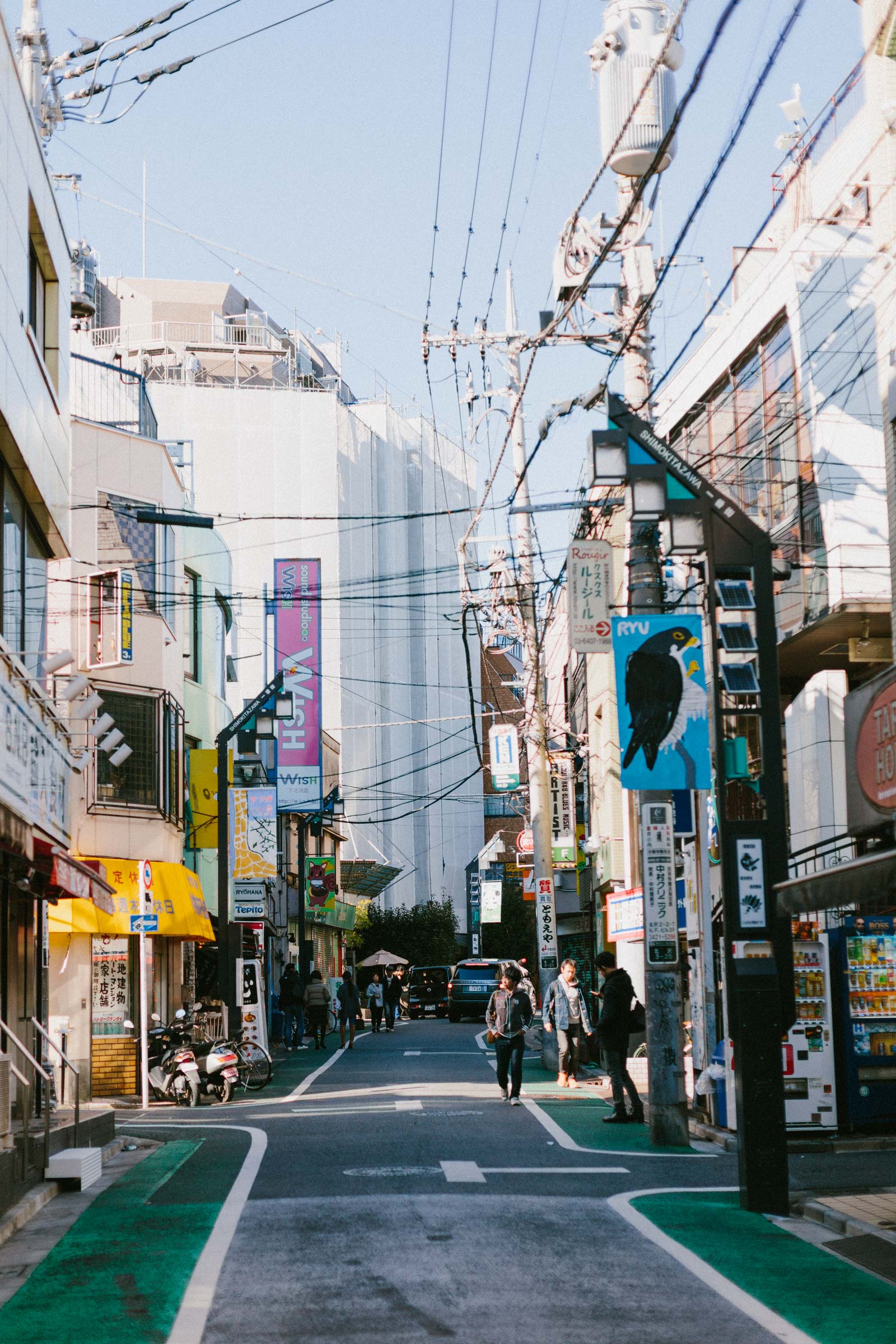
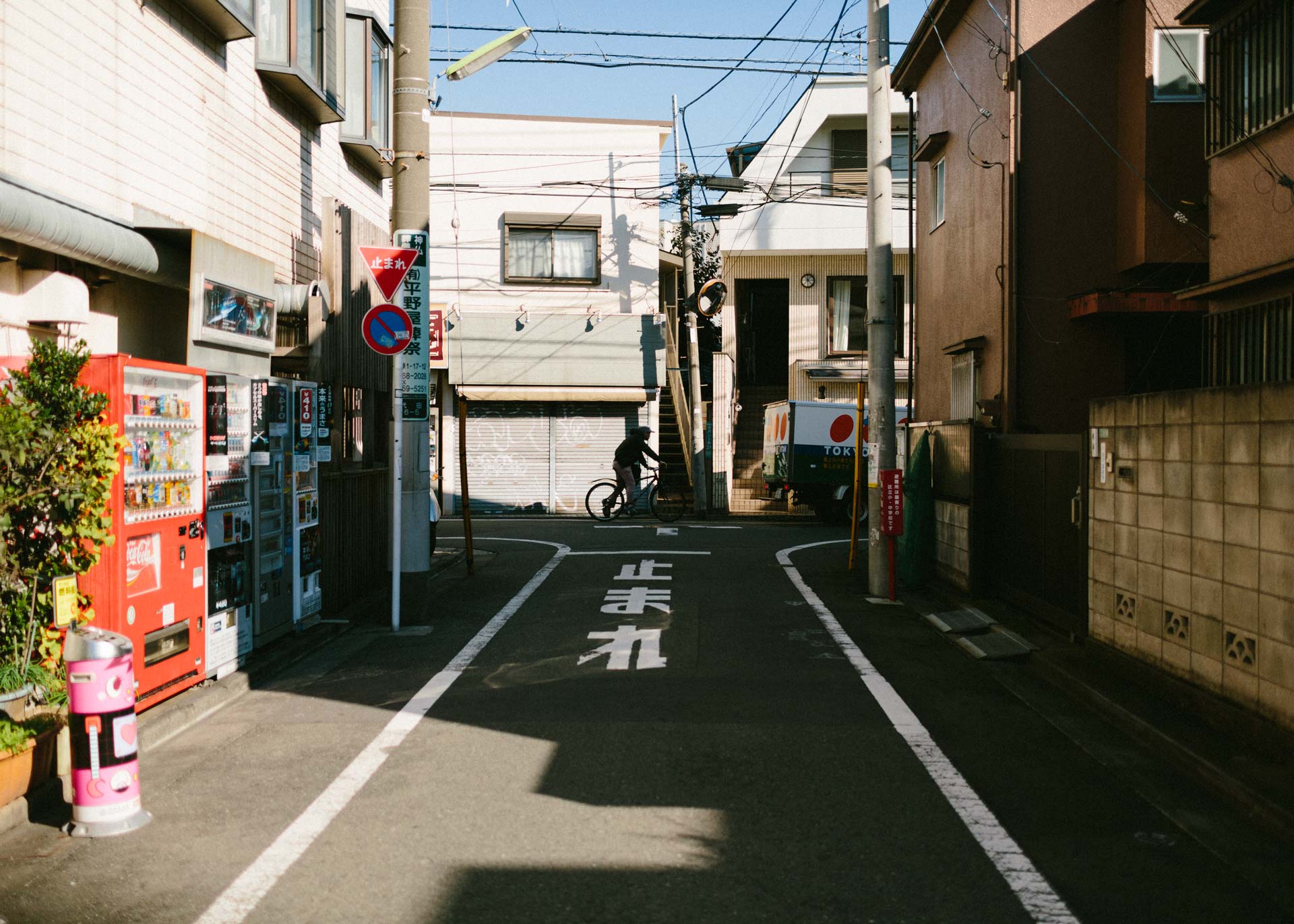
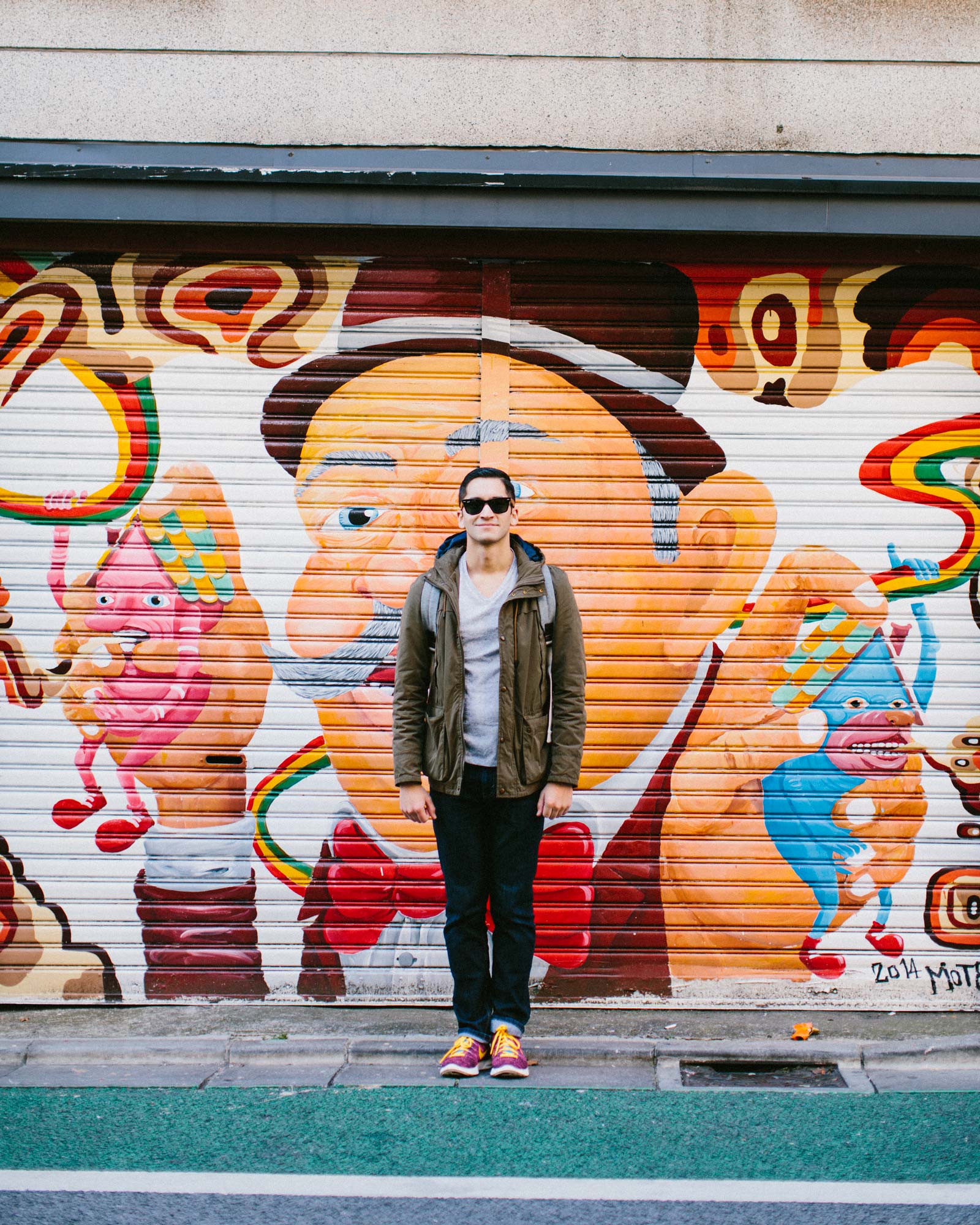
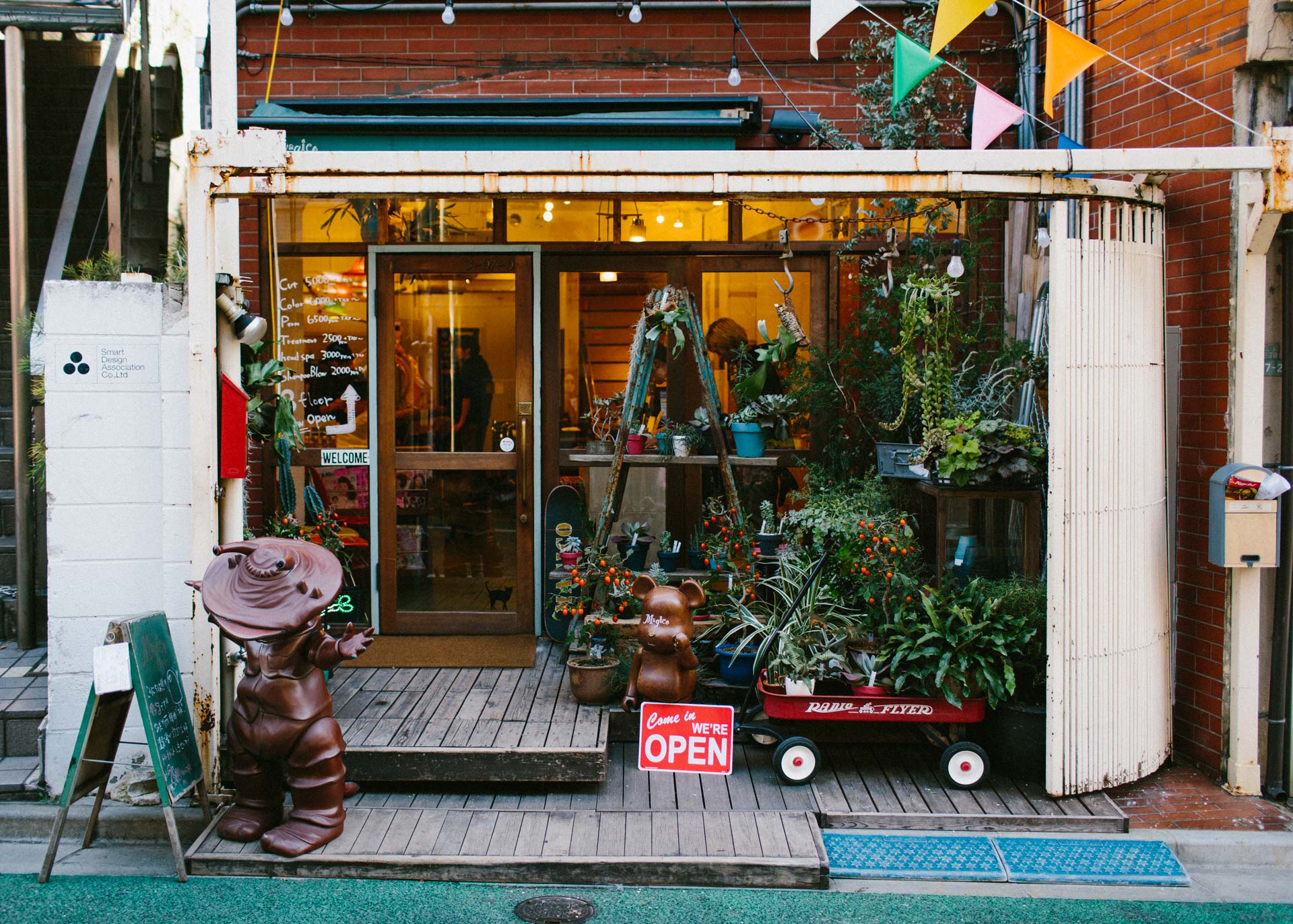
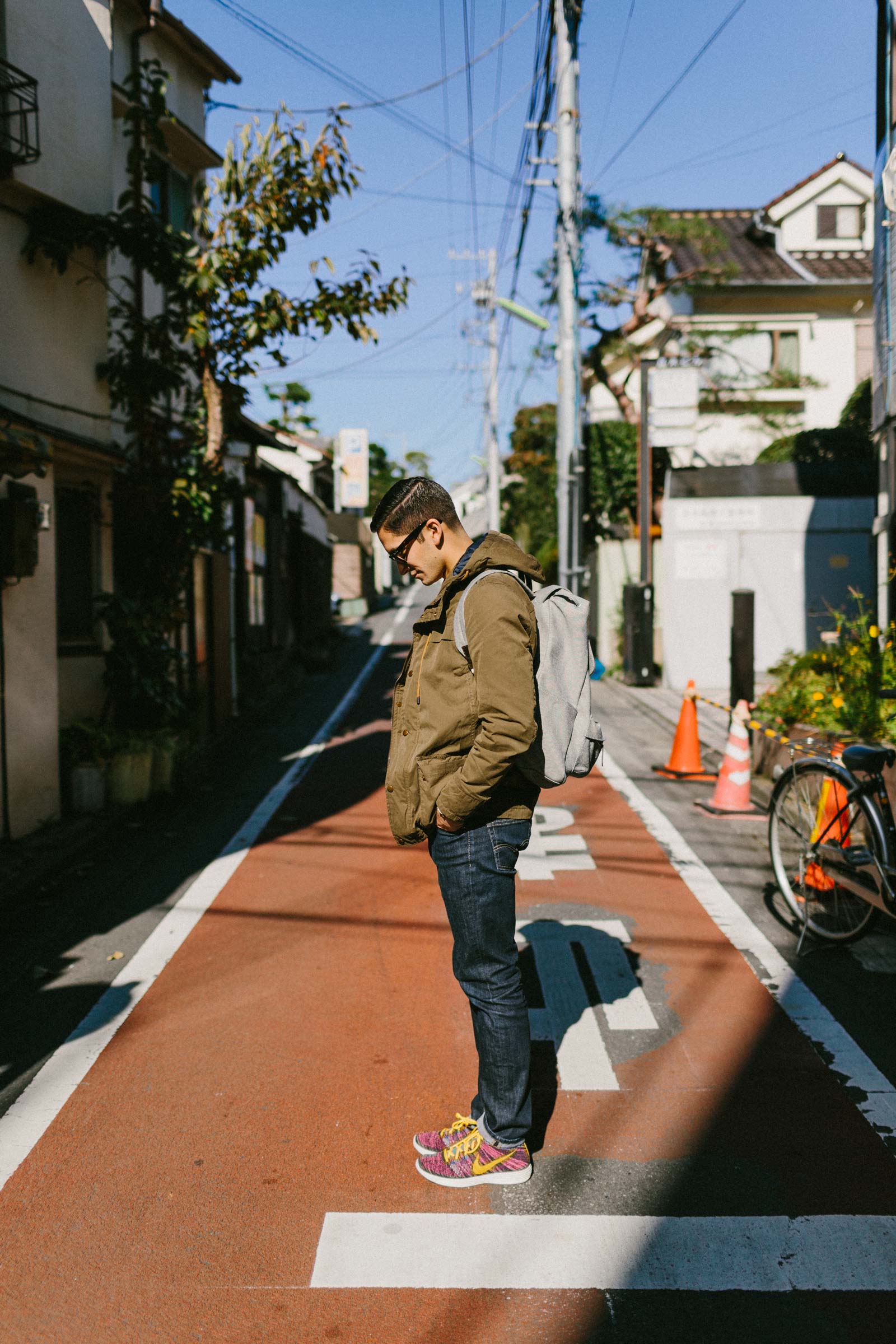
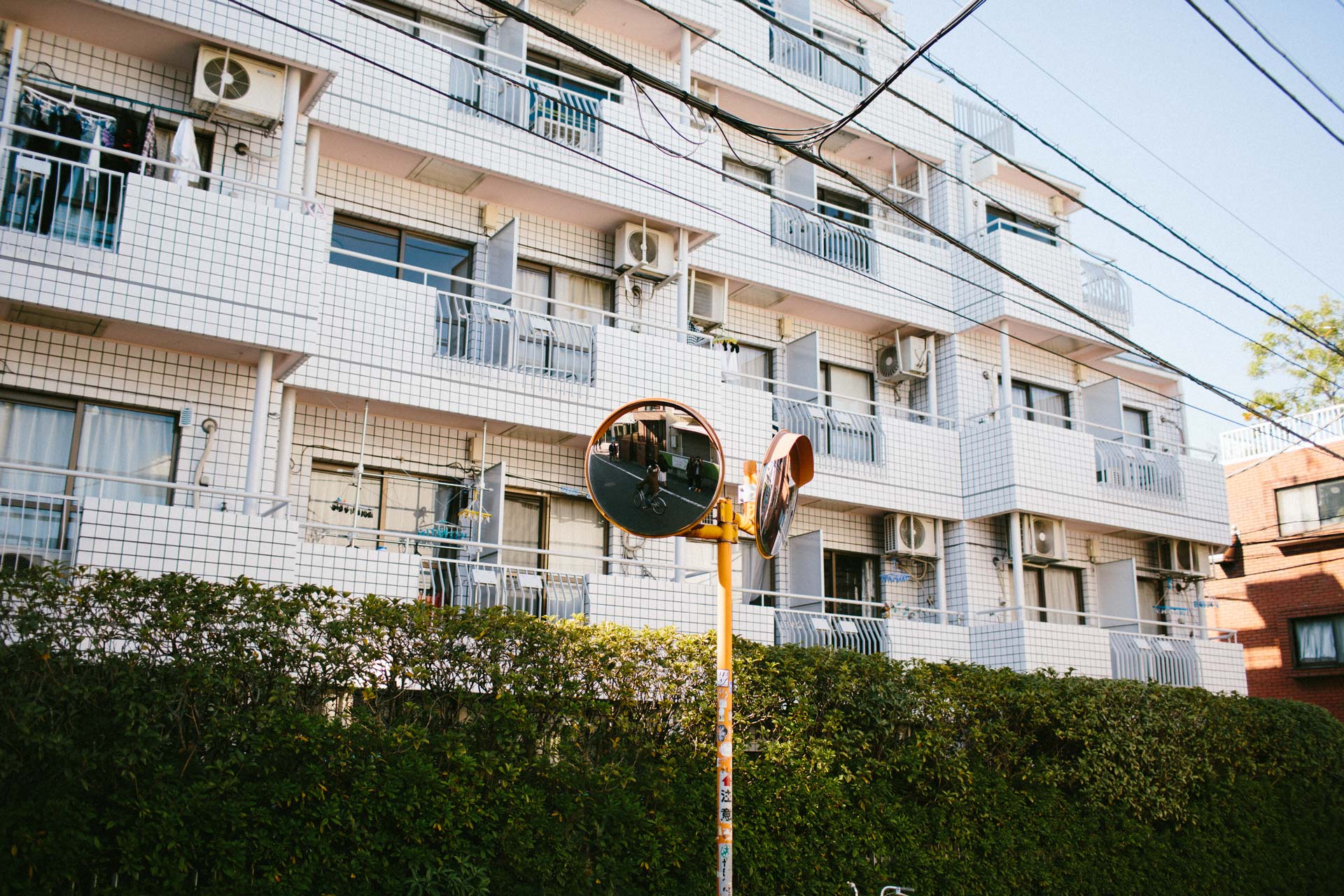
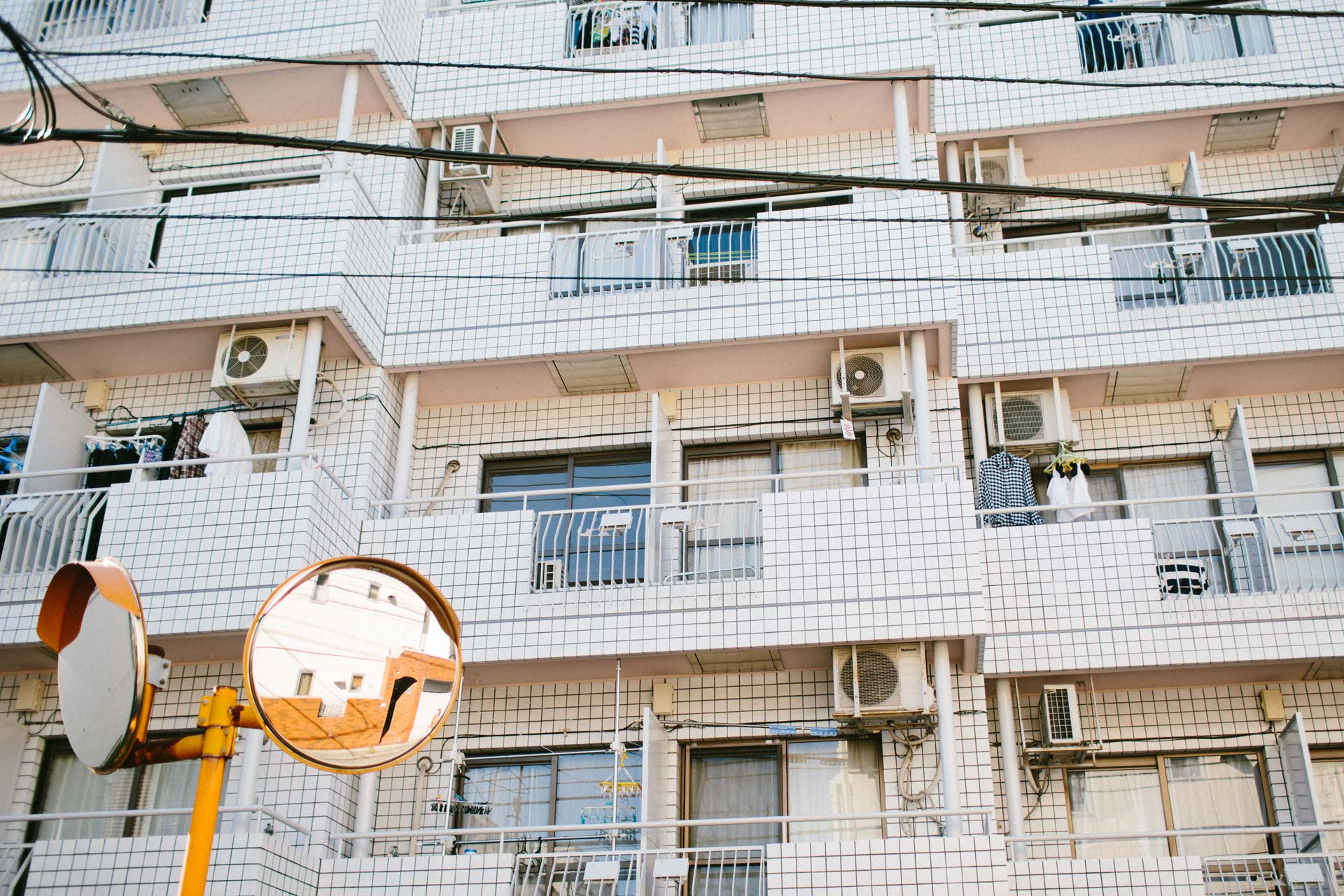
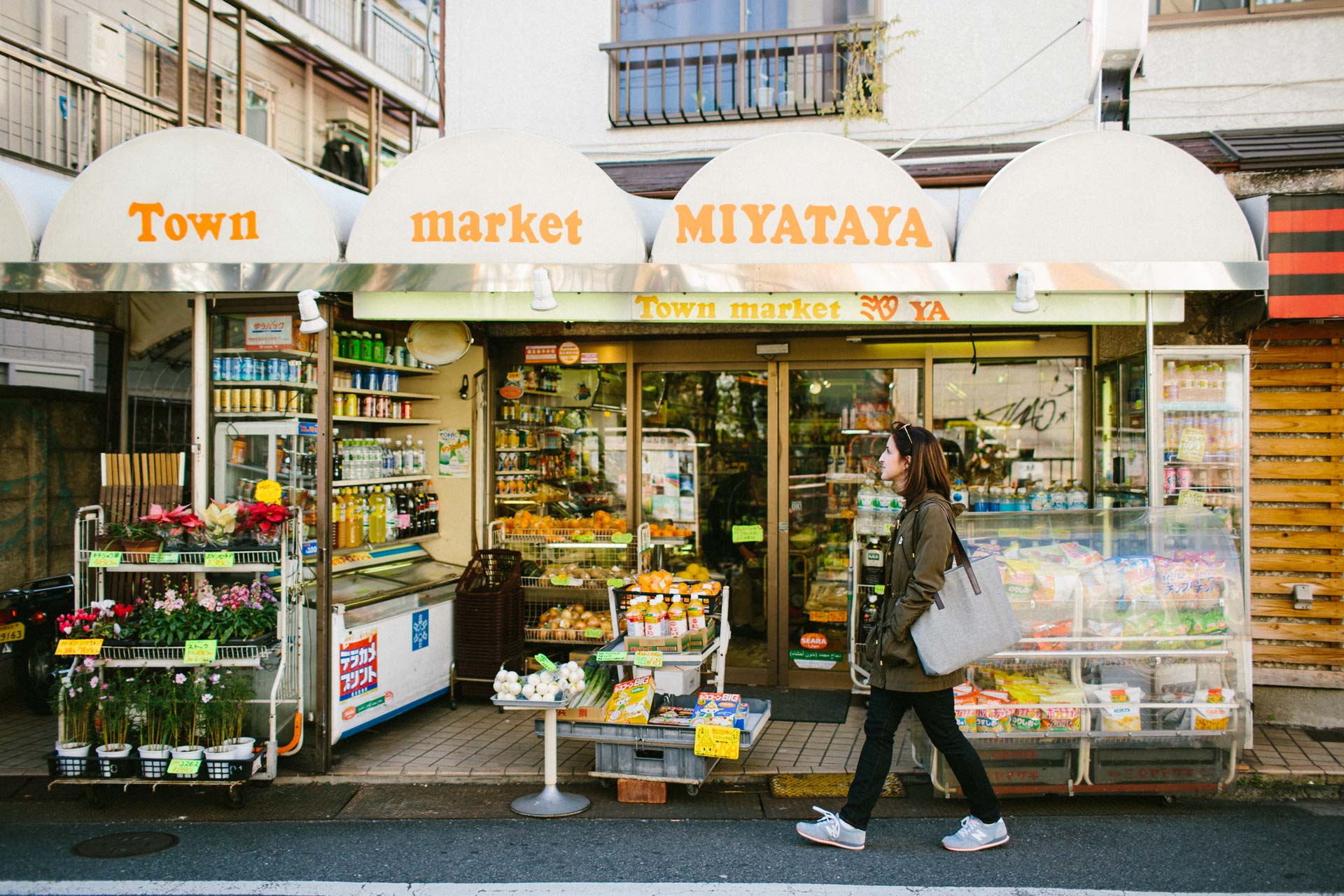
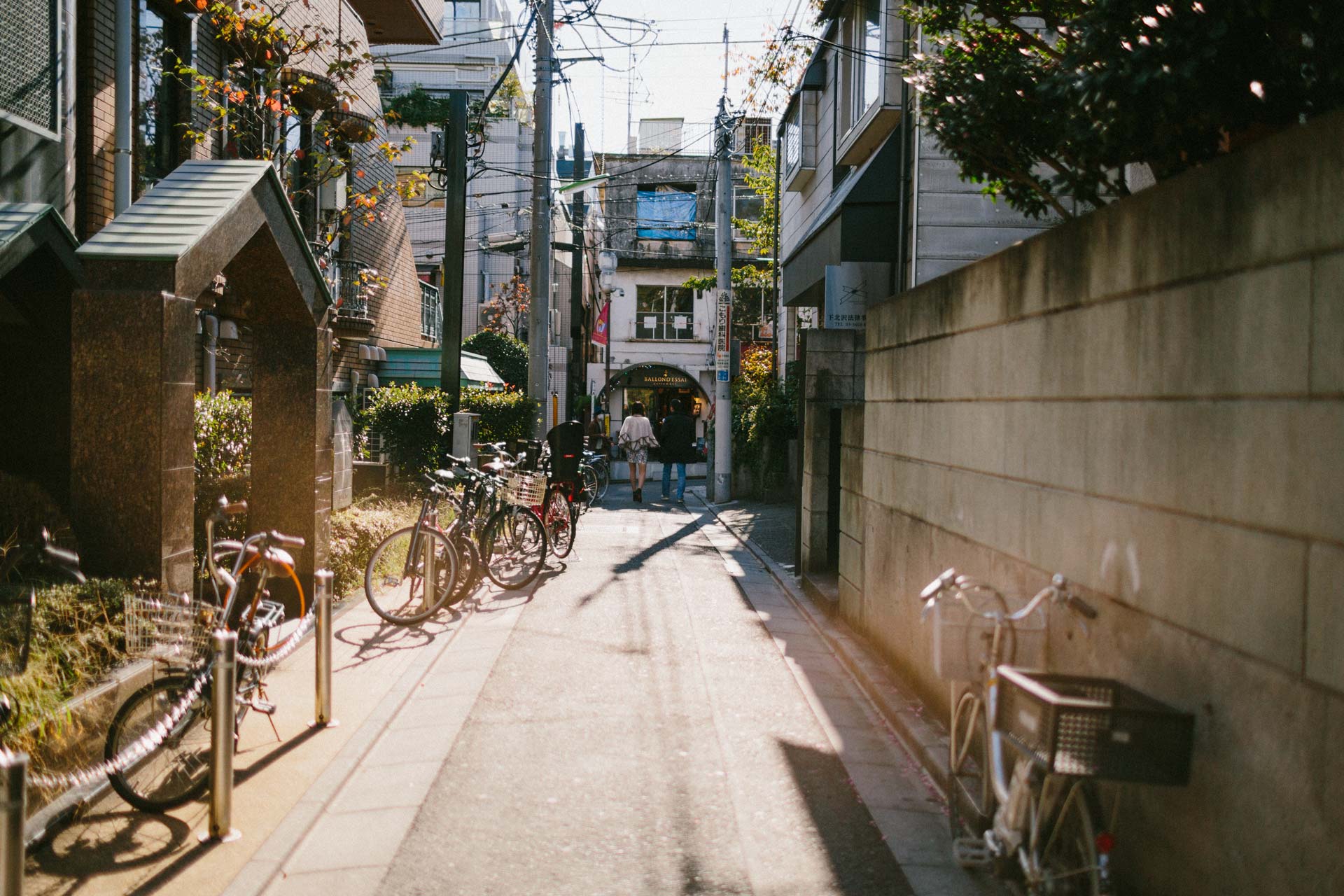

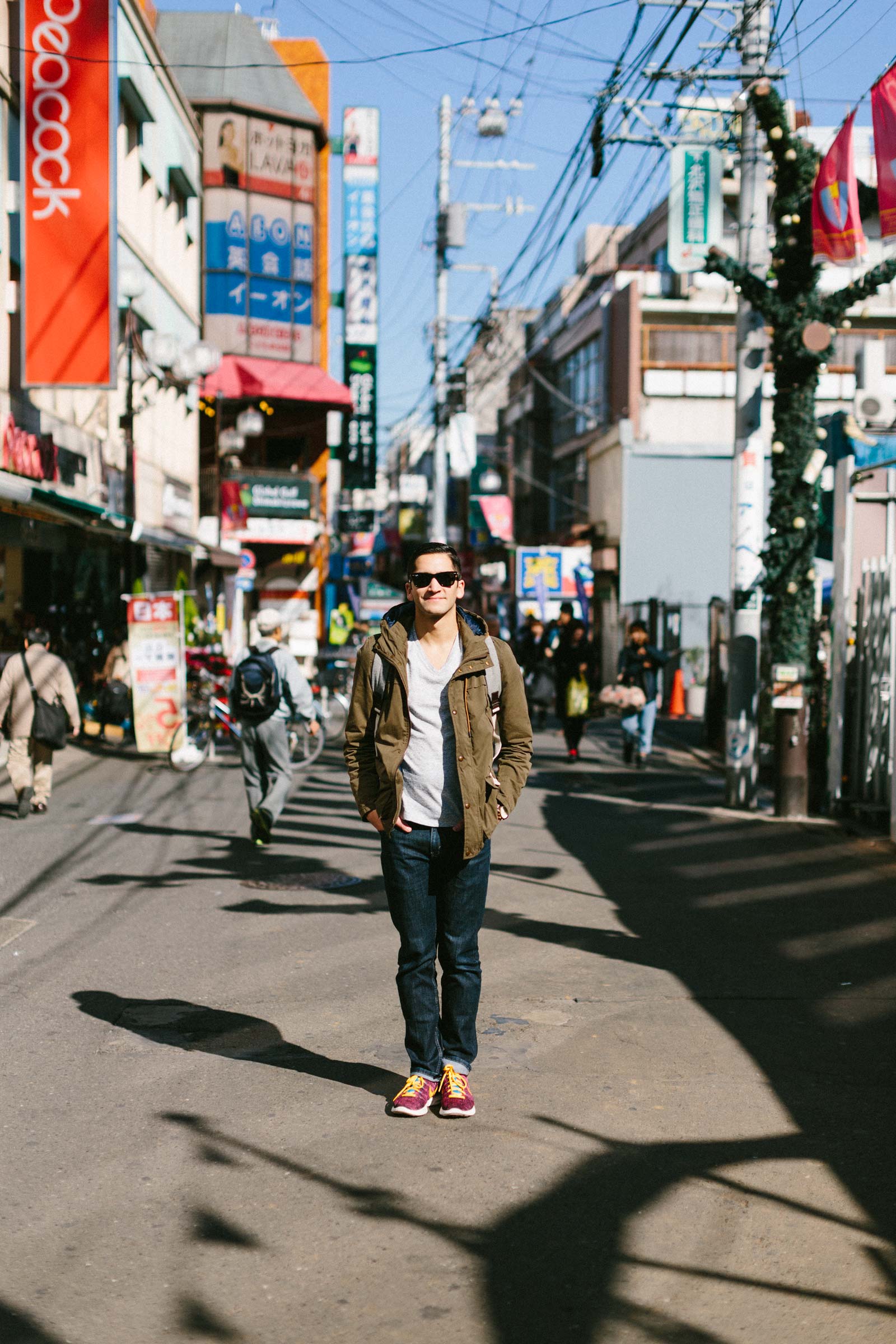
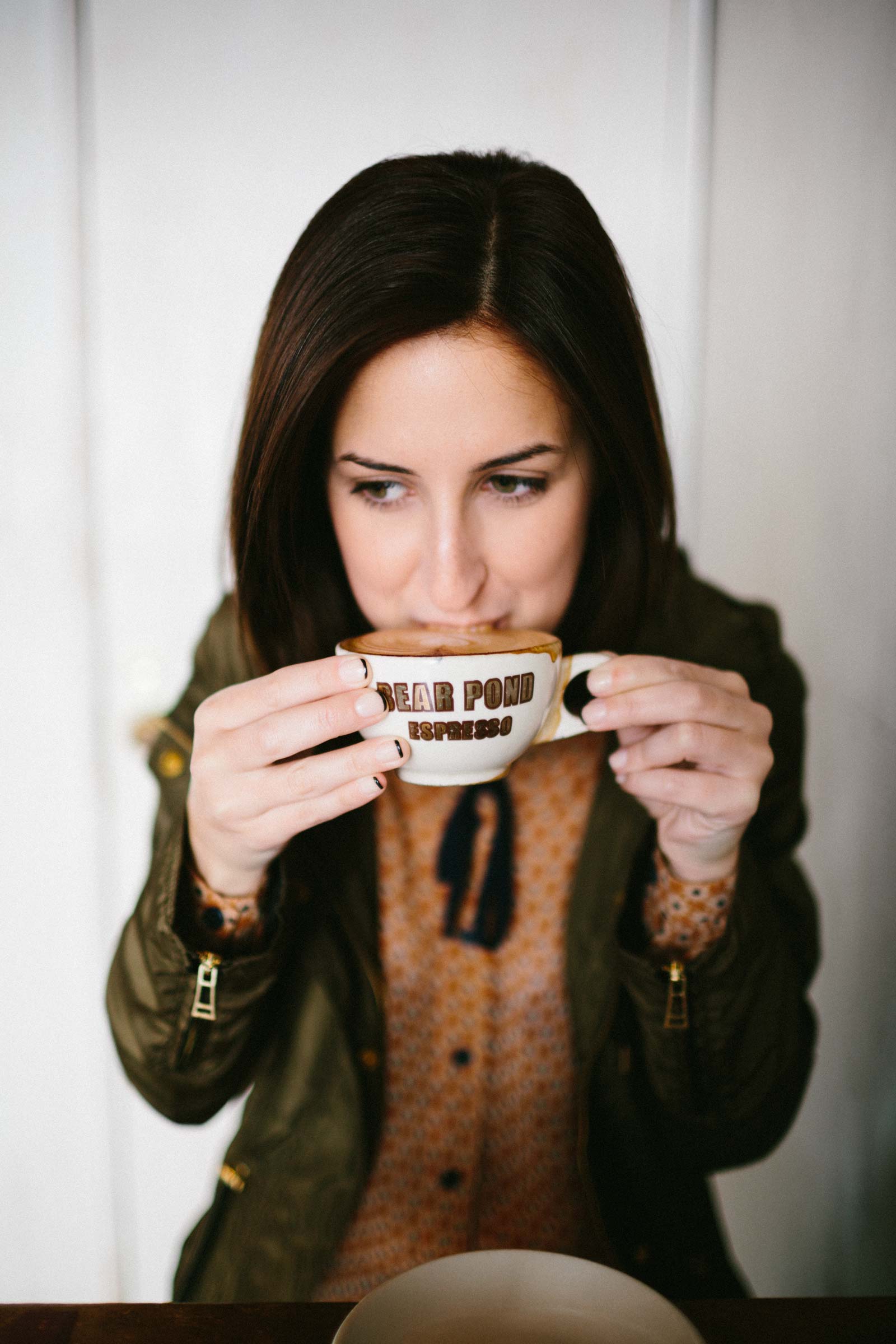
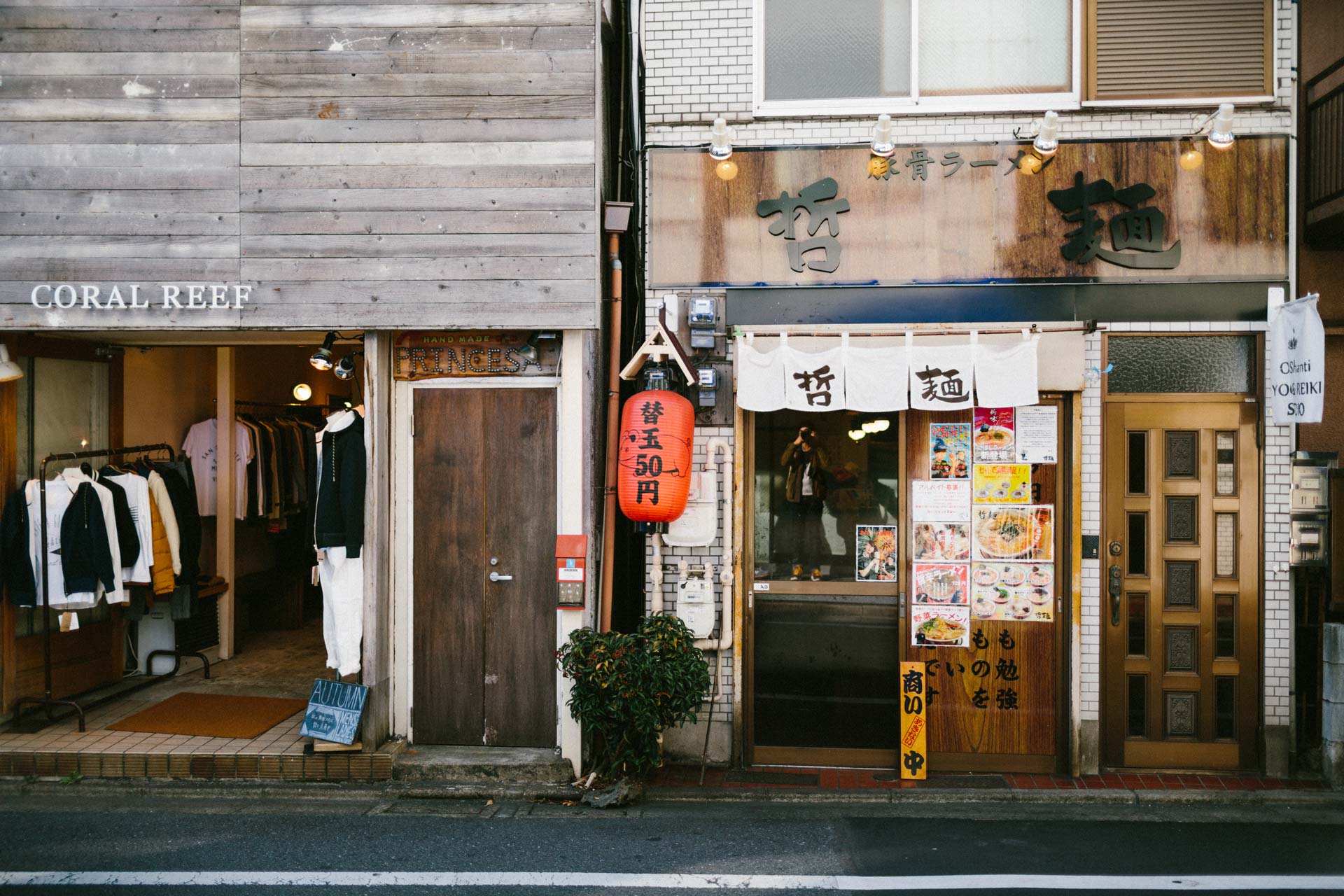
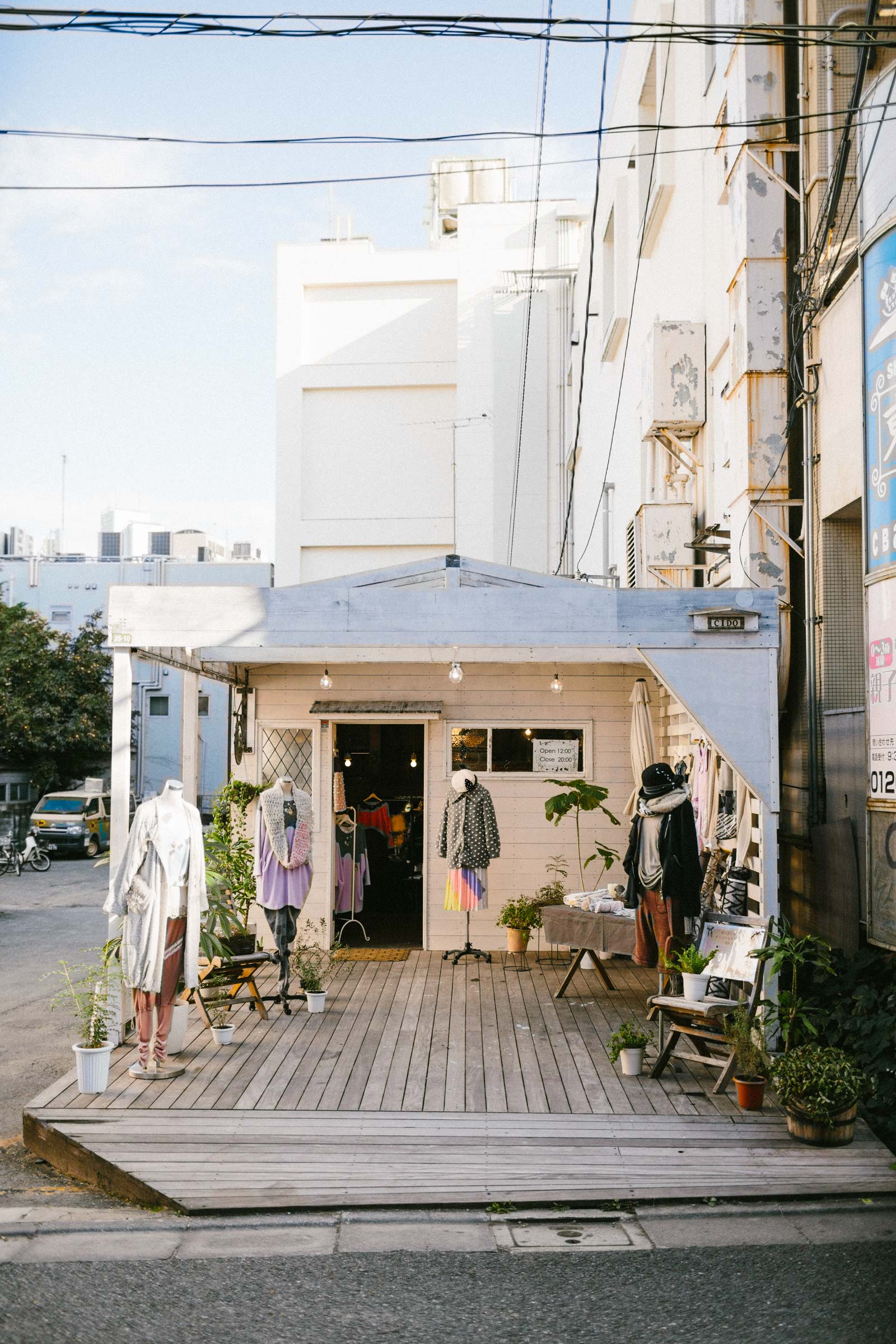
All we had on the agenda was cappuccinos at Bear Pond — which were ridiculously good. Aside from this morning stroll, we technically should have never returned to Shimo (at least itinerary-wise), but we would find ourselves there the next day for breakfast, and then a couple more times after that. We loved this place so much that we wouldn’t hesitate to Airbnb here next time.
It was also the place we enjoyed our first vending machine splurge.
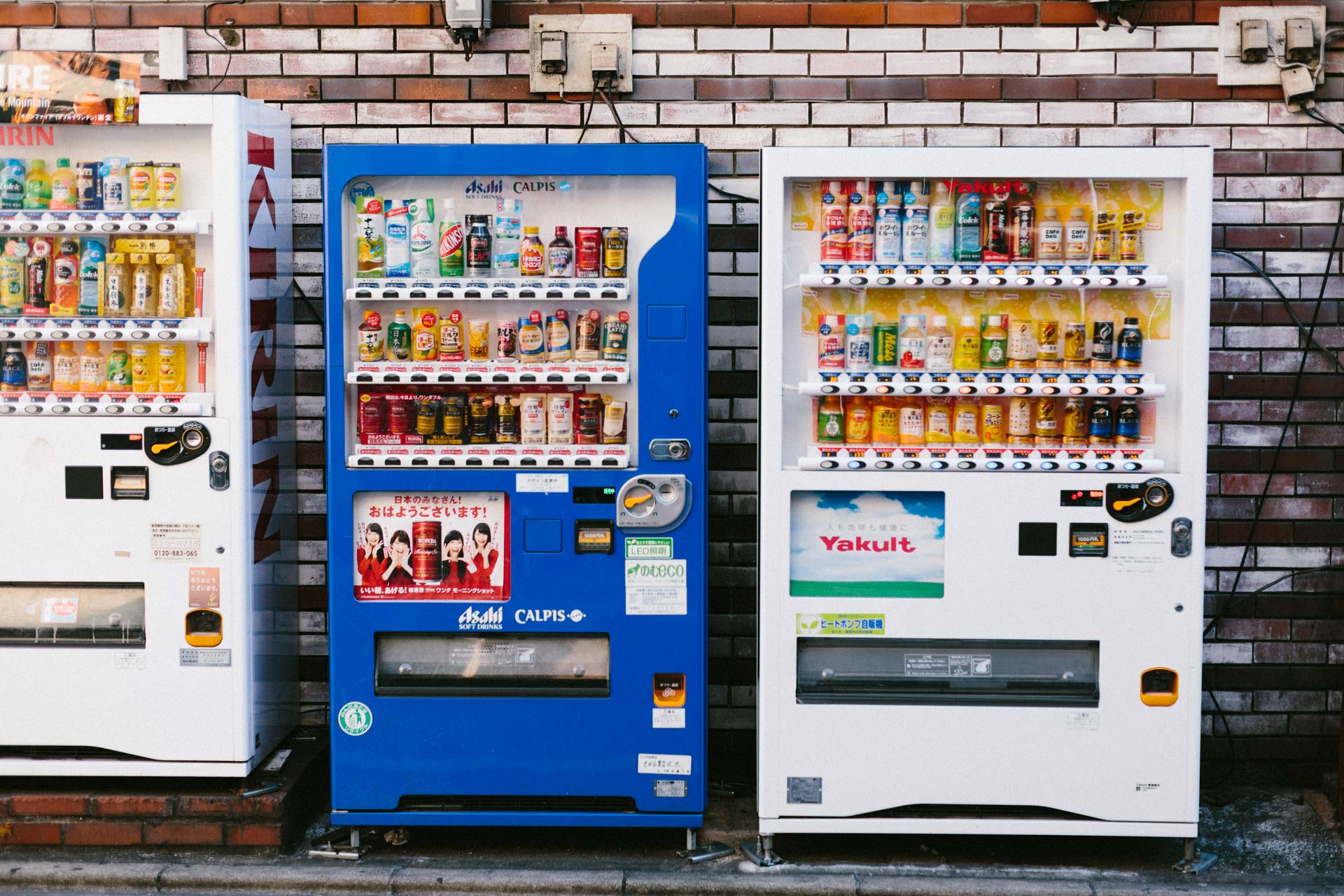
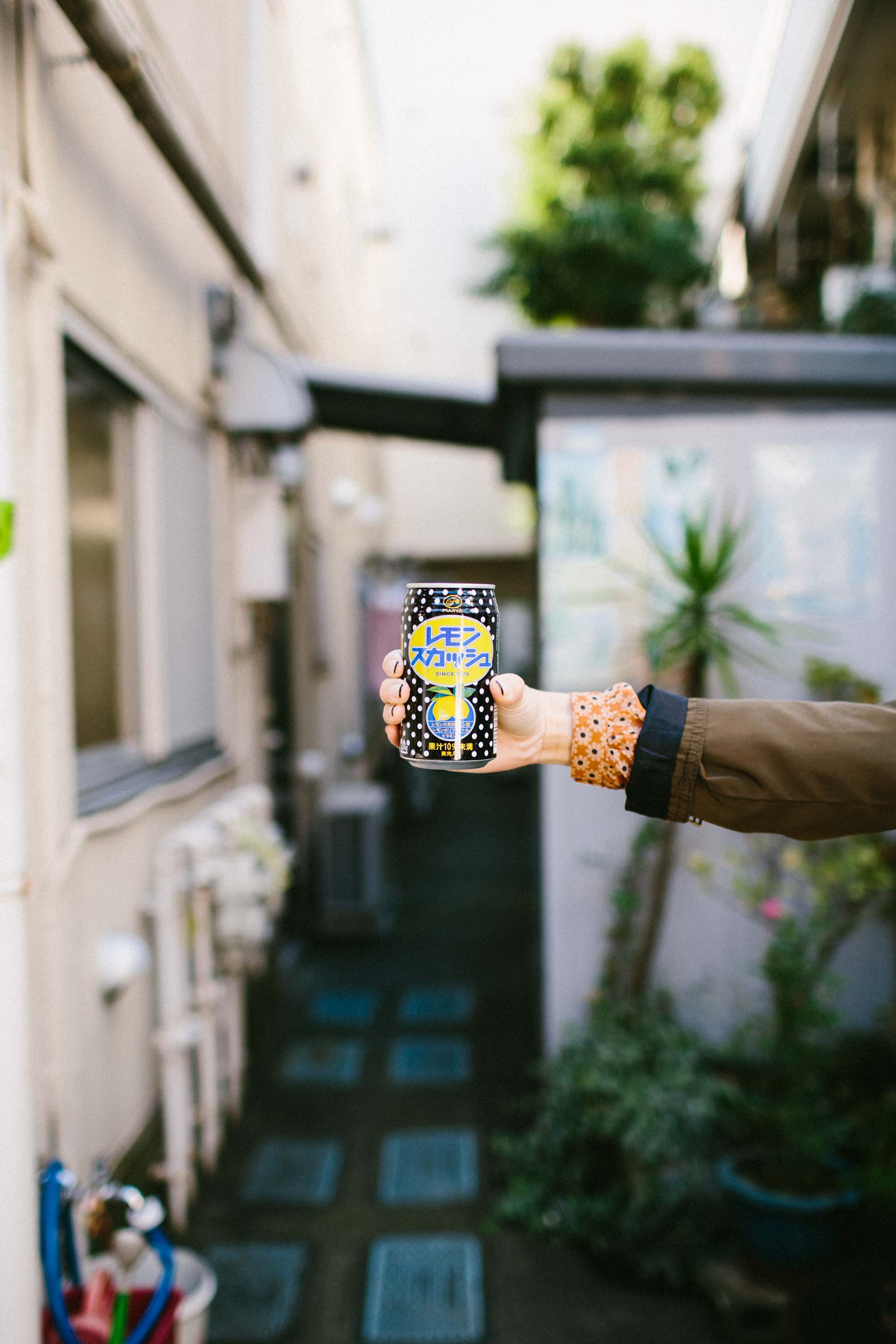
We went back to Shibuya, and on our way back to the hotel to get ready for a night out, we tackled the infamous street crossing. Definitely busier vibes here, albeit perfect.
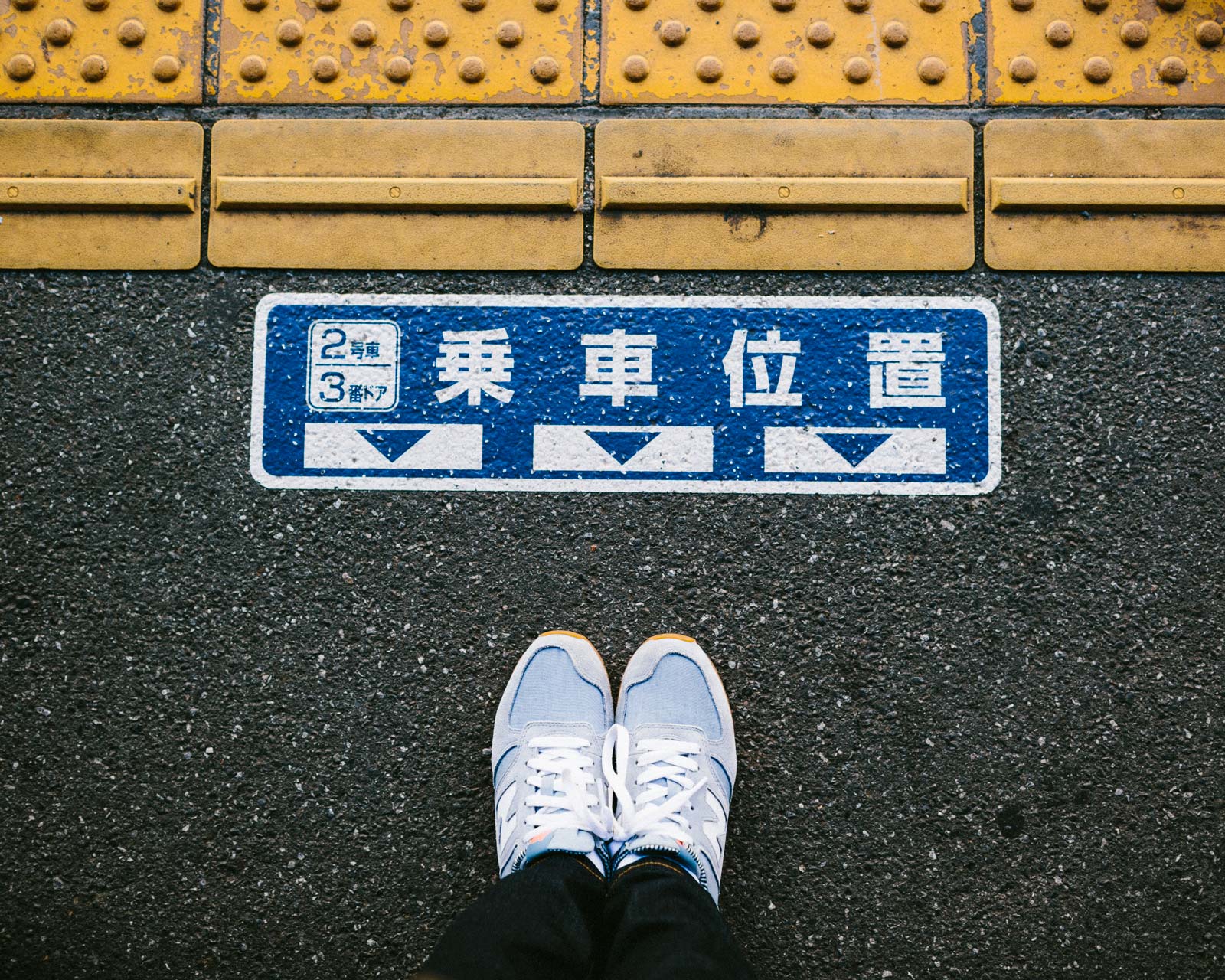
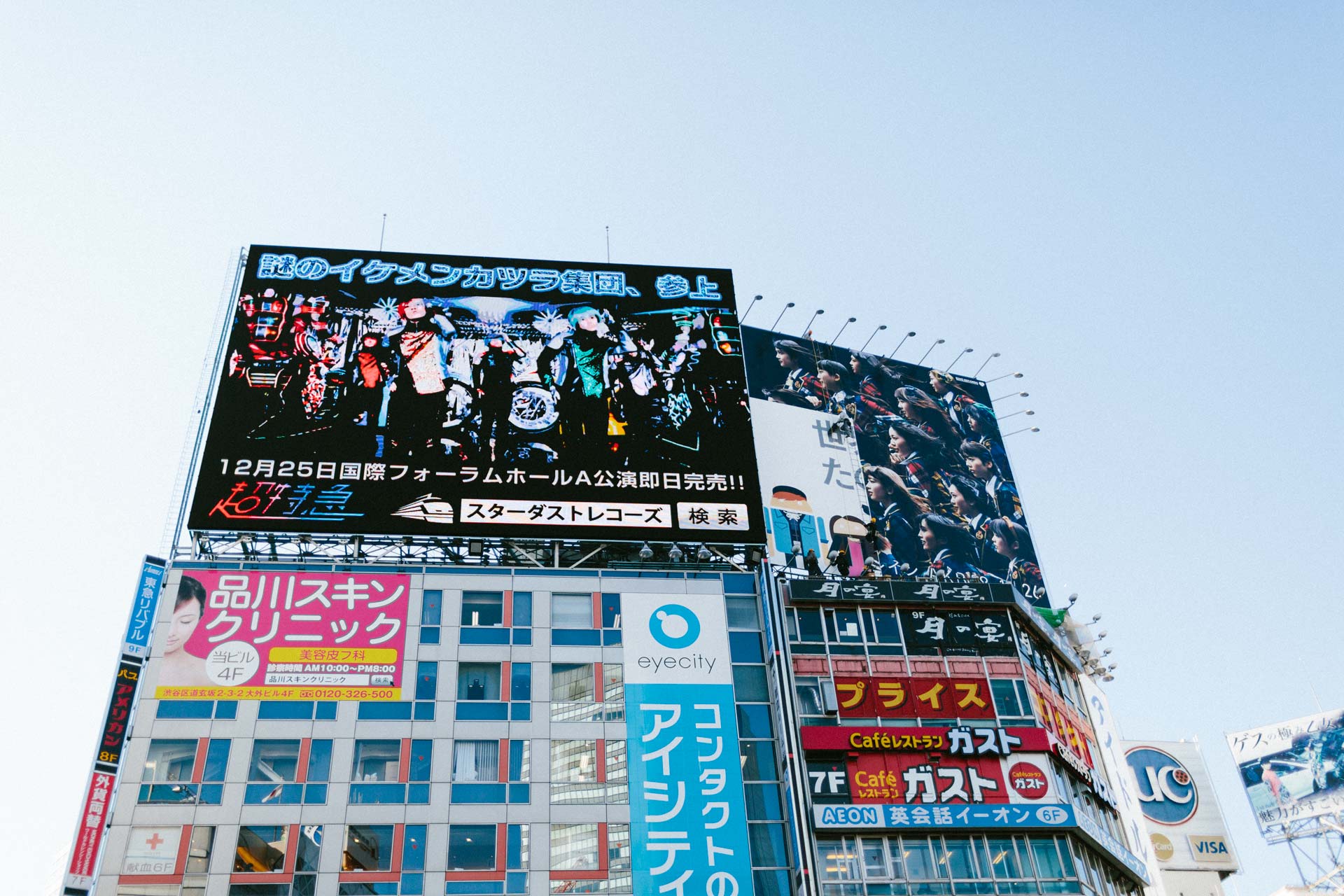

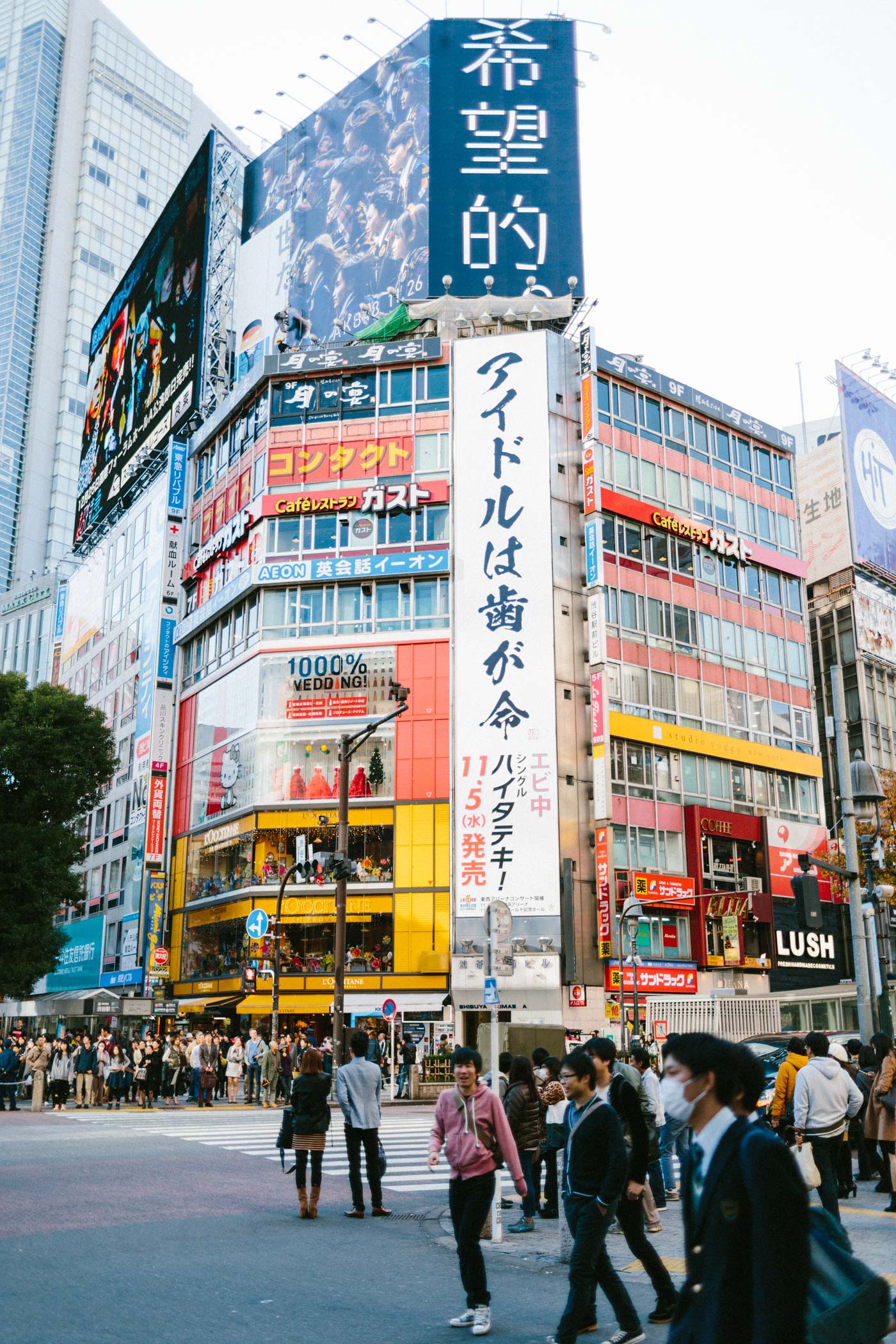


Victoria was ready to party.
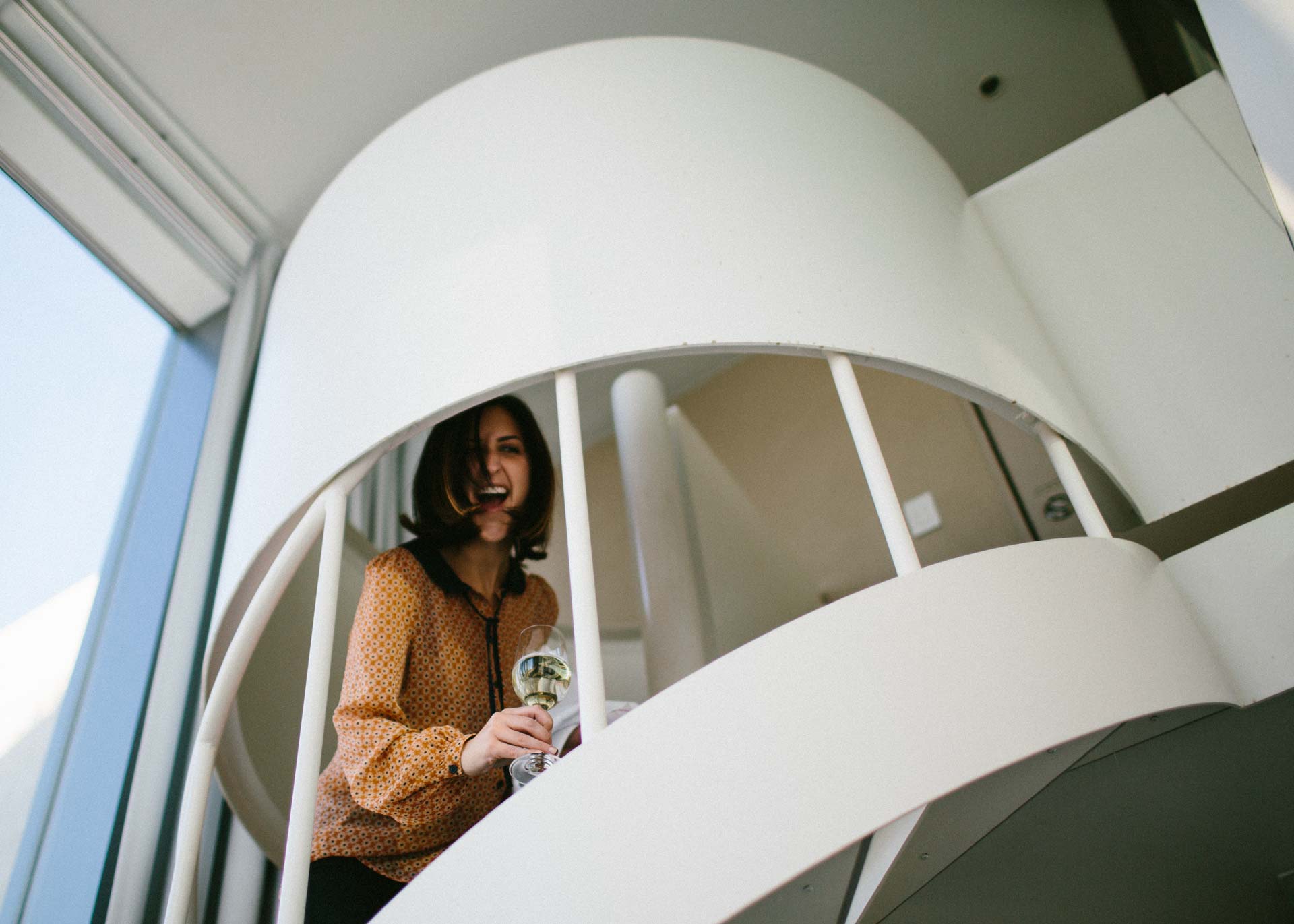
That night, we cabbed it to the Tokyo Park Hyatt in Shinjuku — famed for being the hotel in Sofia Coppola’s Lost in Translation. We explored the hotel’s many nooks before heading up to the 52nd floor for our dinner reservation at New York Grill. We had caesar salads, steaks, mashed potatoes, and some Coppola branded wine. It was delicious and so was the view.
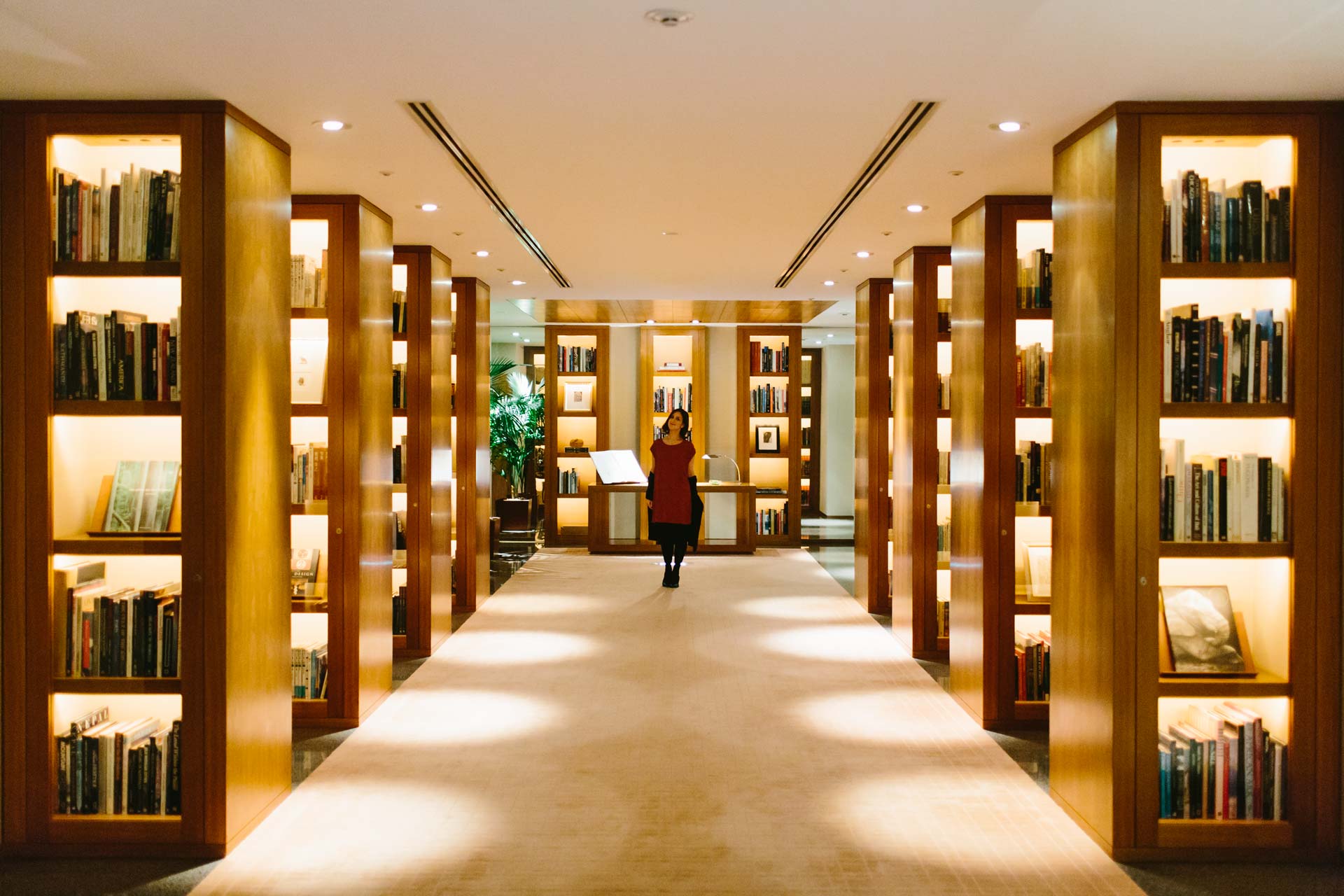
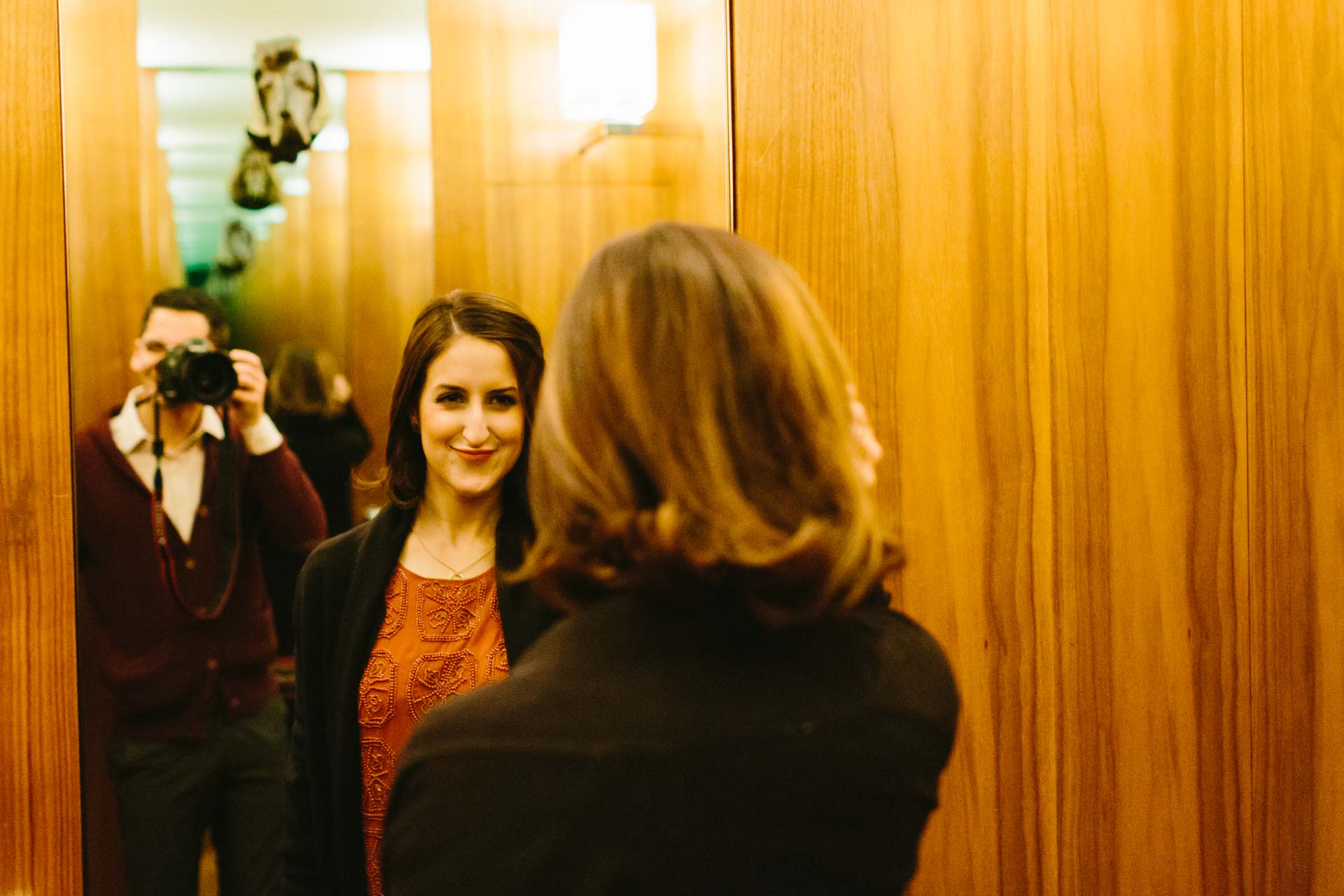
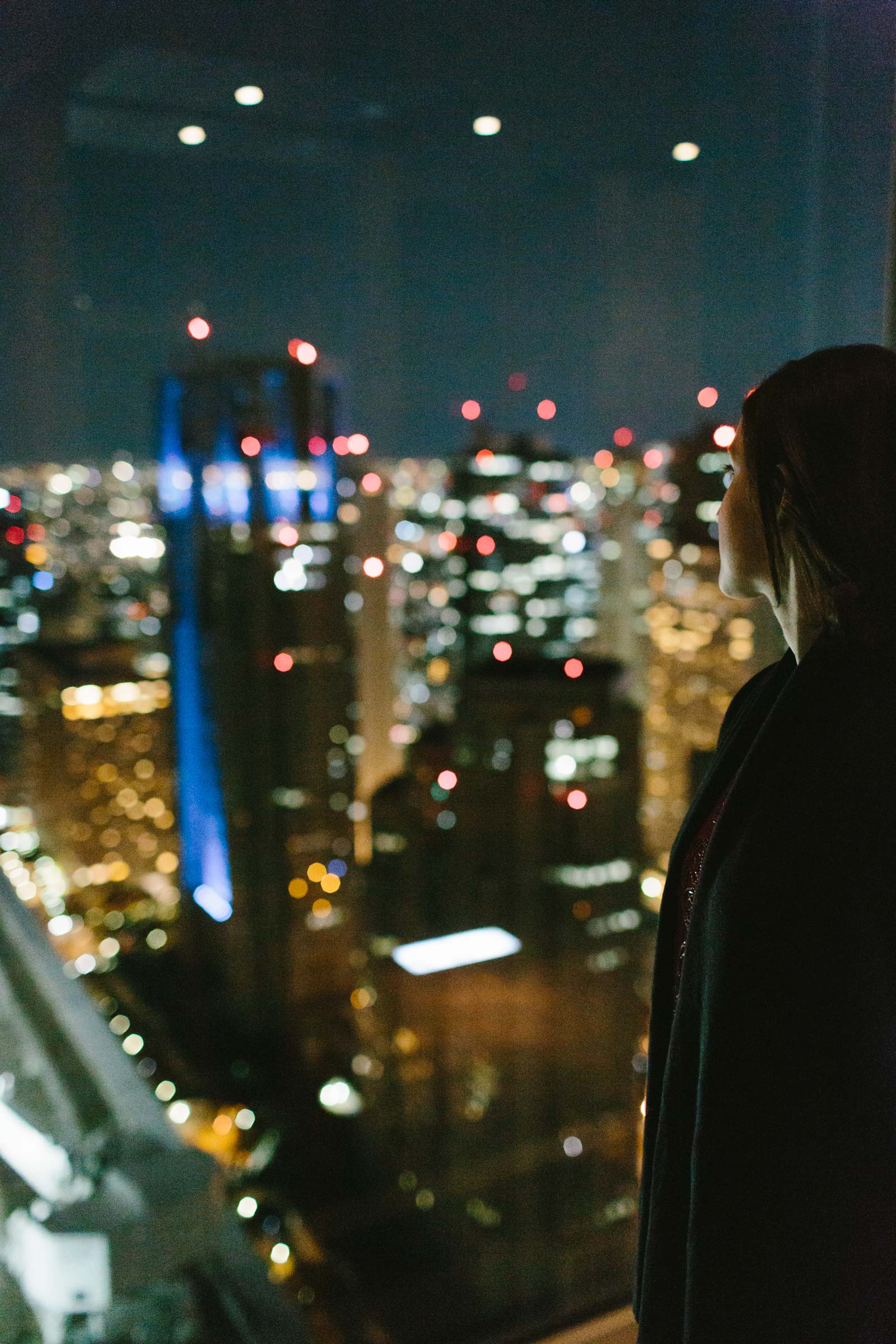
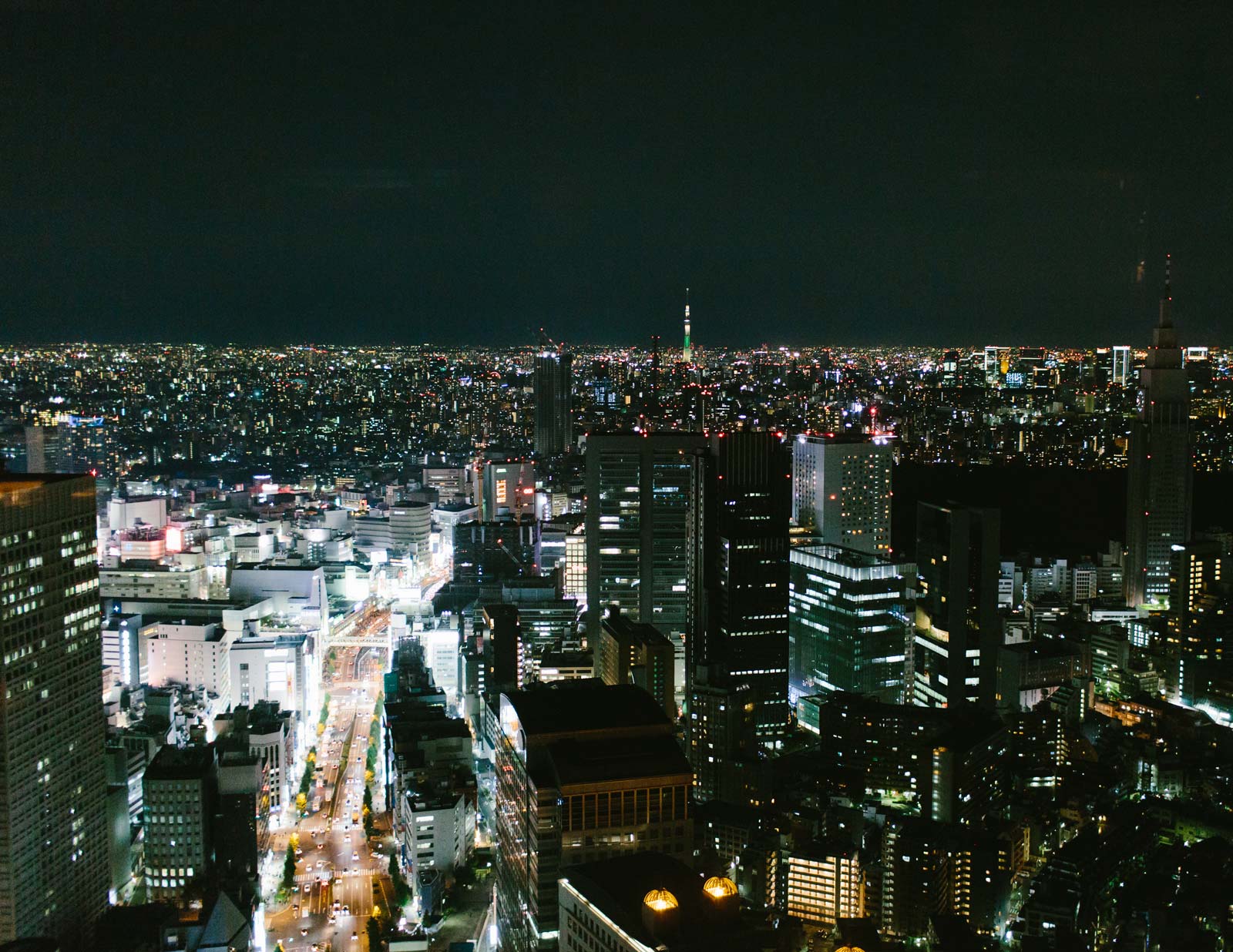
After dinner, we couldn’t help walking across to the bar and enjoying a drink, although it was significantly more packed than in the movie.
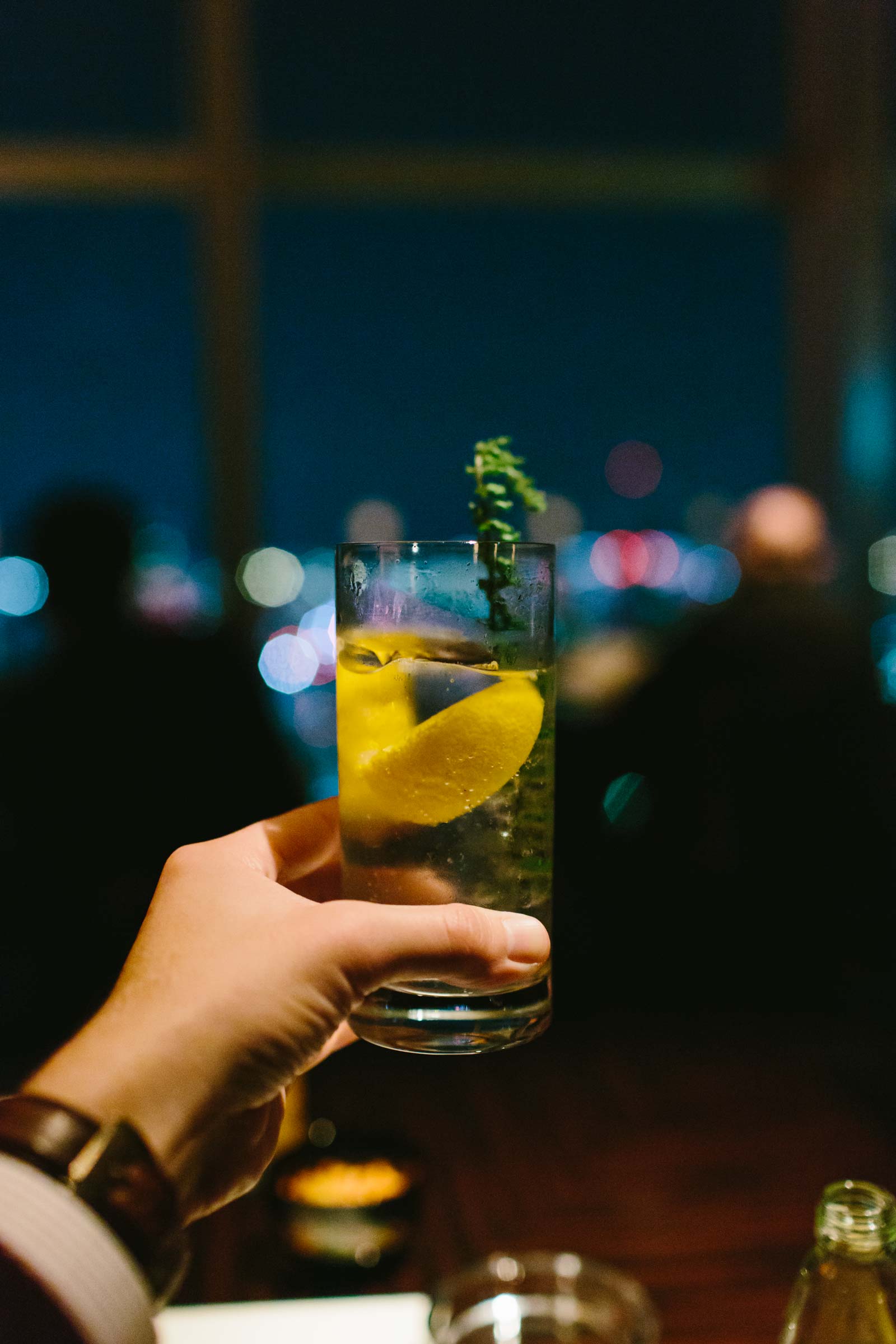
We headed off to our next spot, walking through Shinjuku to Kabukicho — Tokyo’s red light district. We have a love/hate relationship with Kabukicho. For one, it’s colourful, busy and packed with interesting little shops — some that required a peek-in, others that we wouldn’t dream of going in — and its izakayas (or tiny Japanese bar) are world-renowned. On the other hand, it’s sort of a tourist trap and there’s foreign touts trying to lure said tourists to sketchy bars off of the strip. Just ignore the touts, or better yet, pretend to only speak Spanish. Ricardo did and it completely caught them off guard.
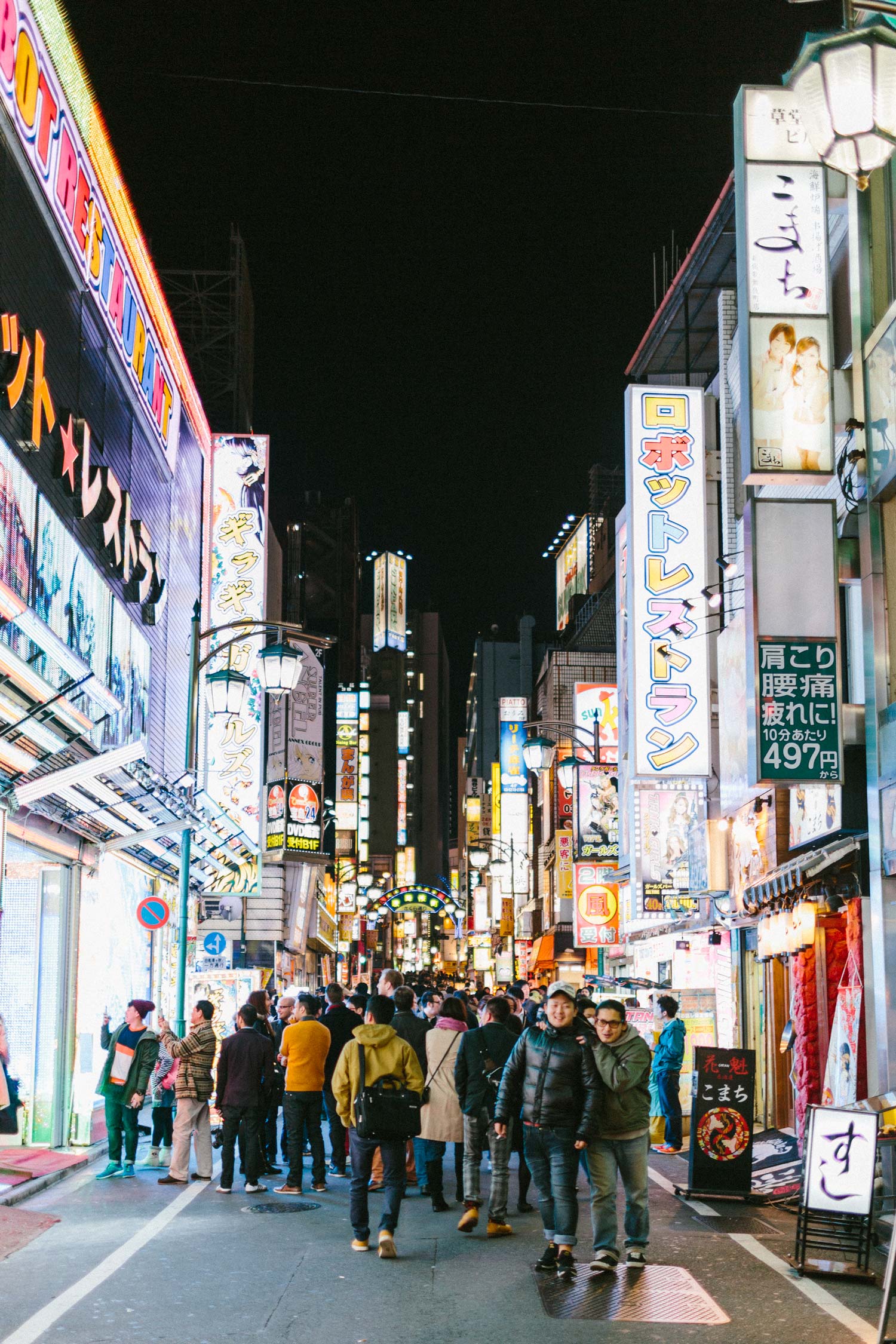
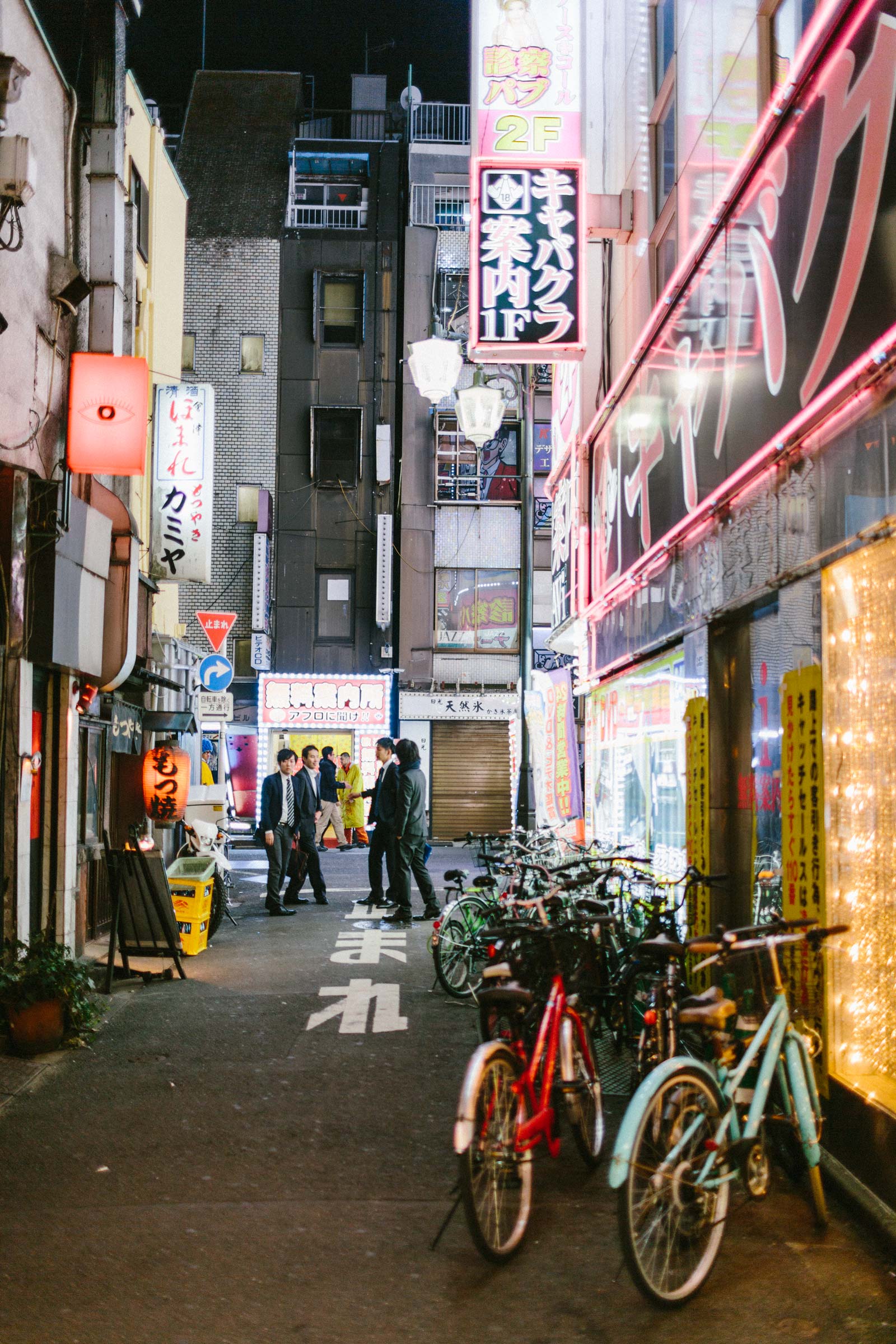
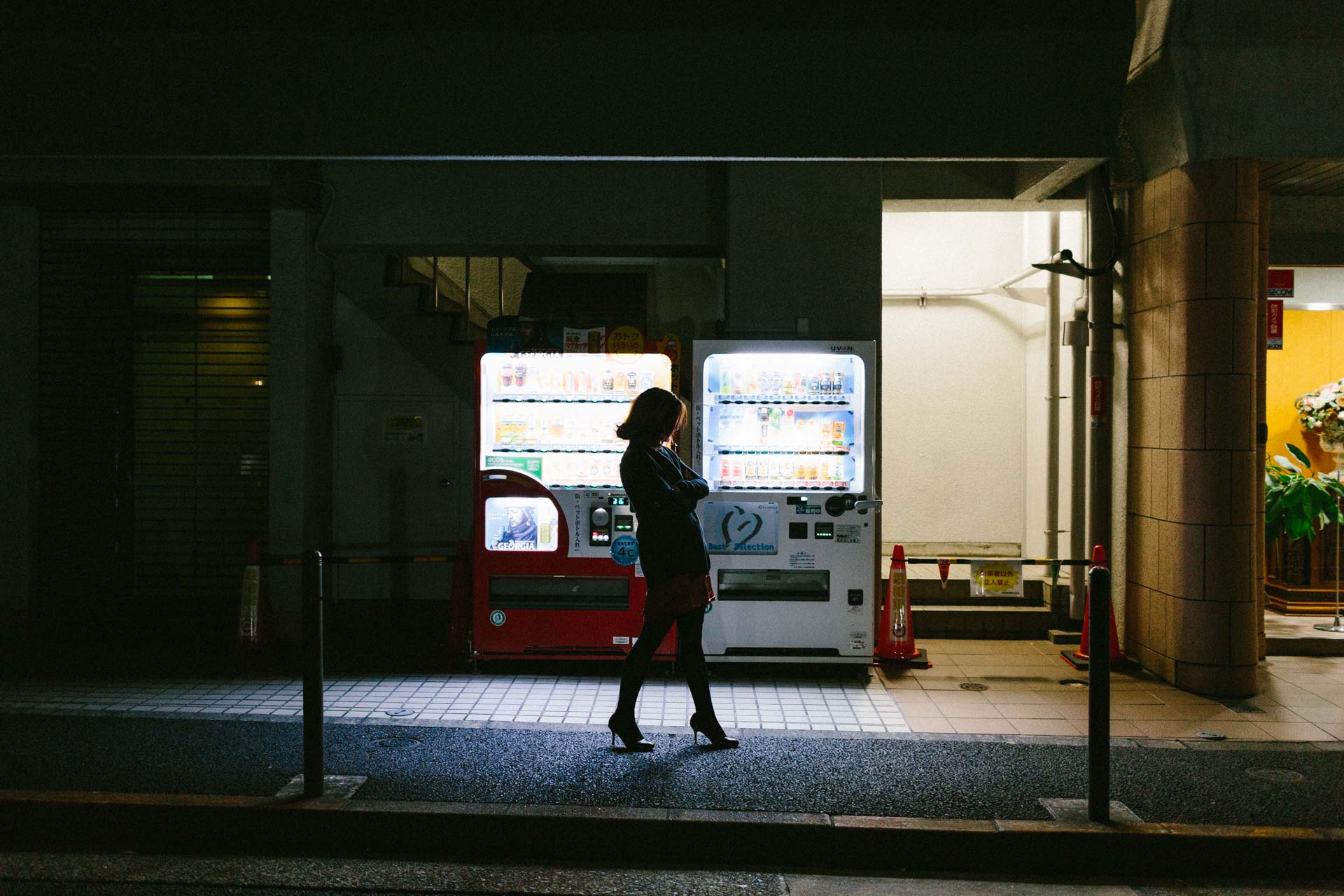
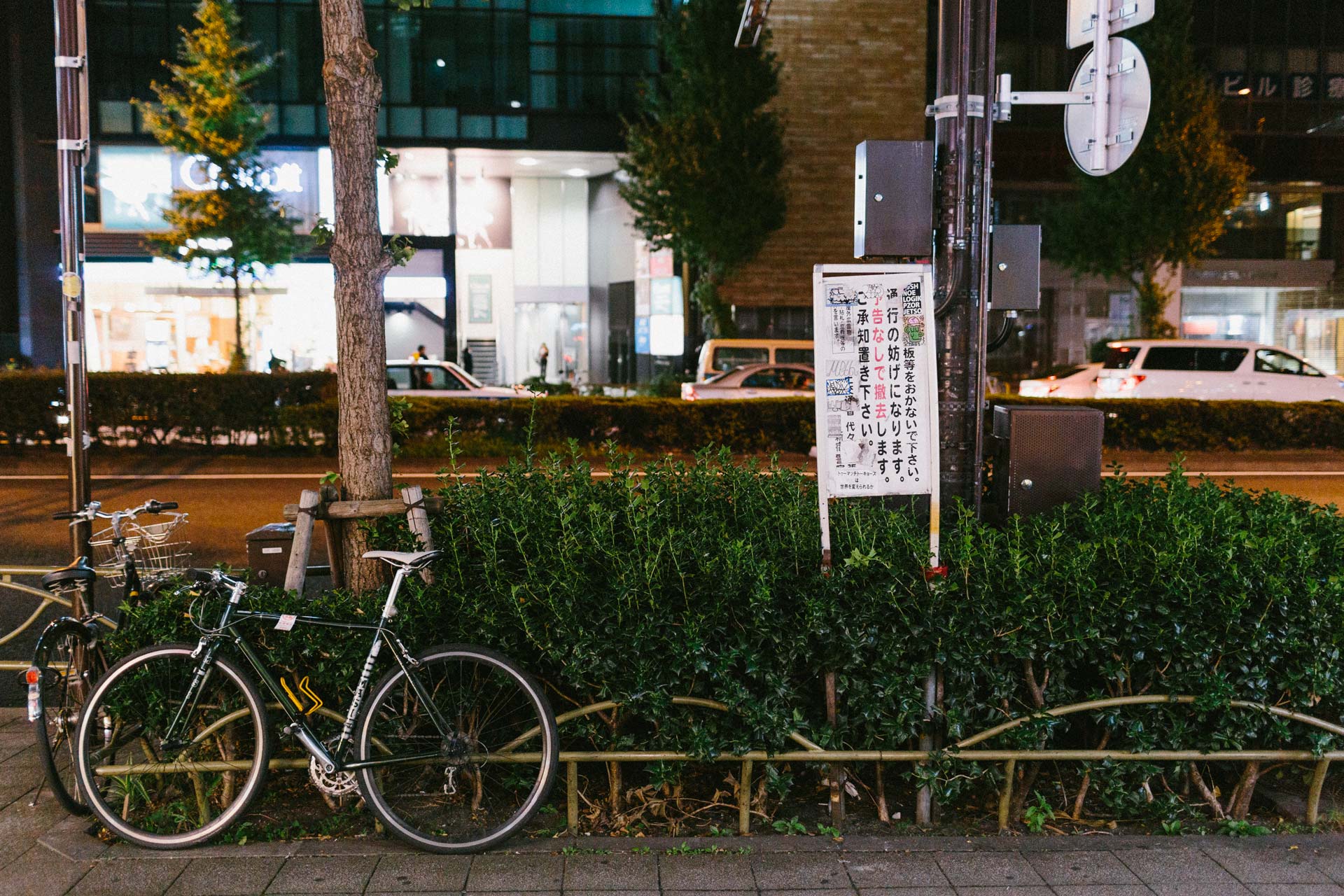
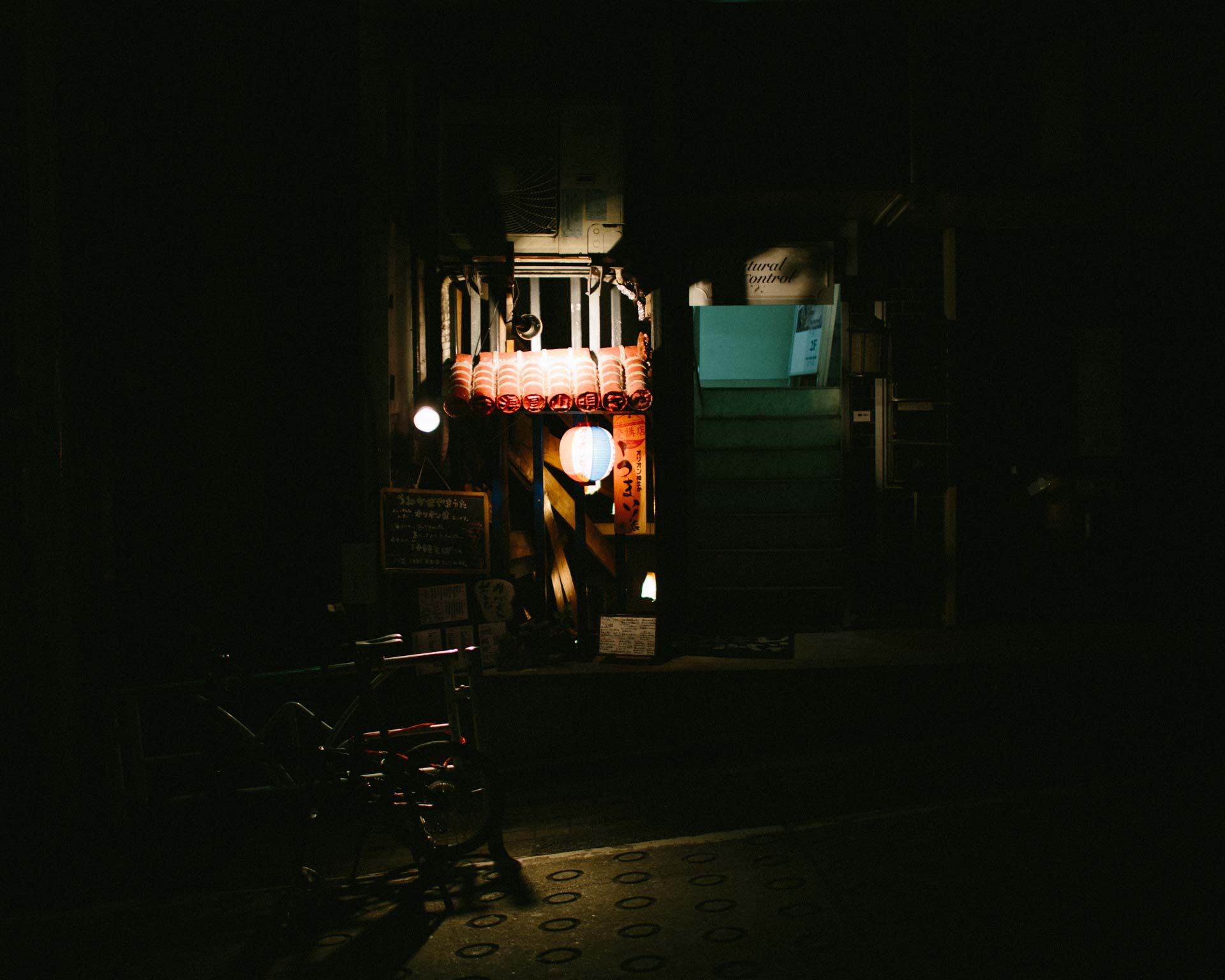
We explored a little and found our destination, The Robot Show at the, well… Robot Restaurant. Just before the show kicks off, they put you in a large epilepsy-inducing waiting room with a robot band playing 90s pop ballads. The singers were amazing, which helped with the jet lag. It was hitting us pretty hard at this point.

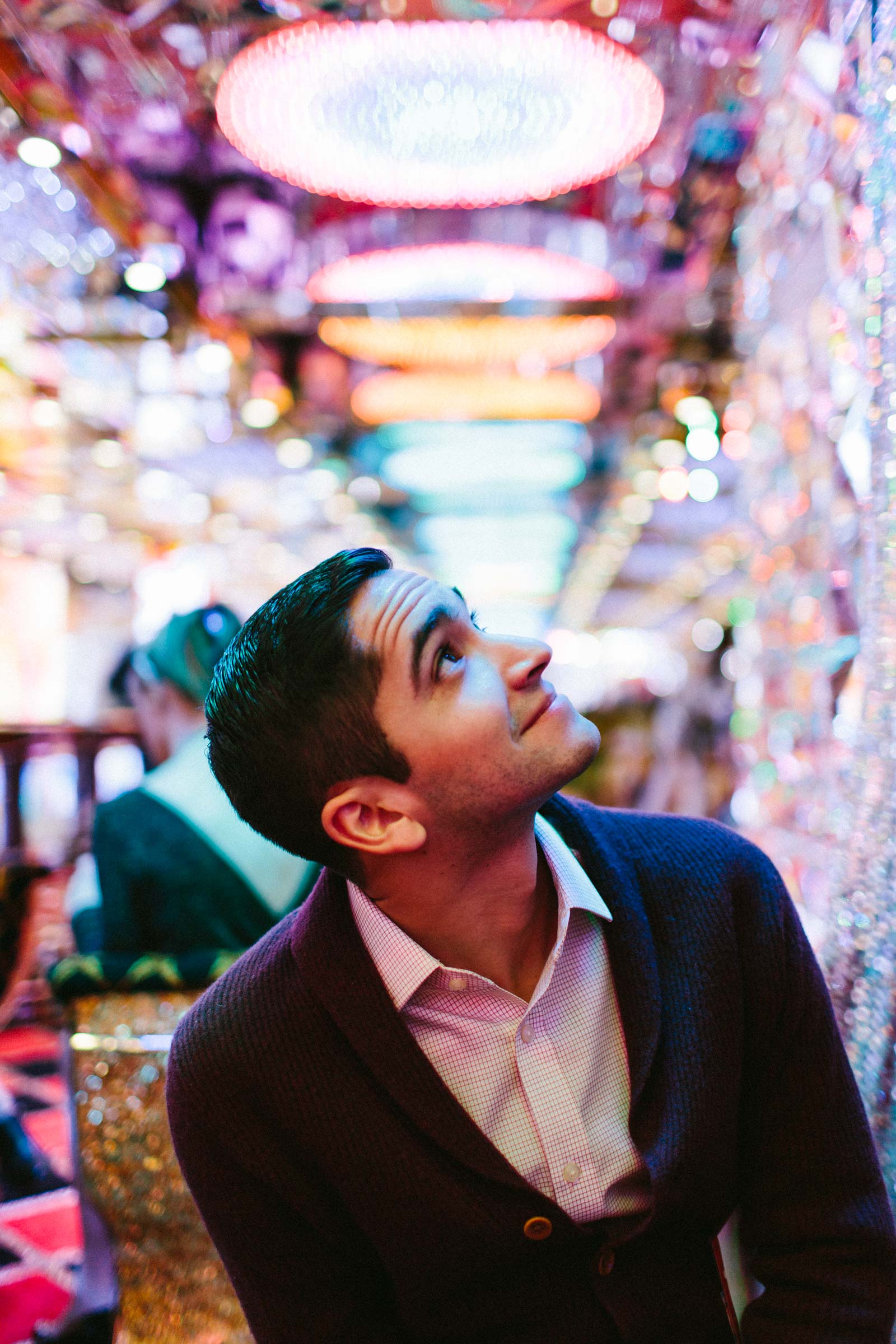

Really hard.
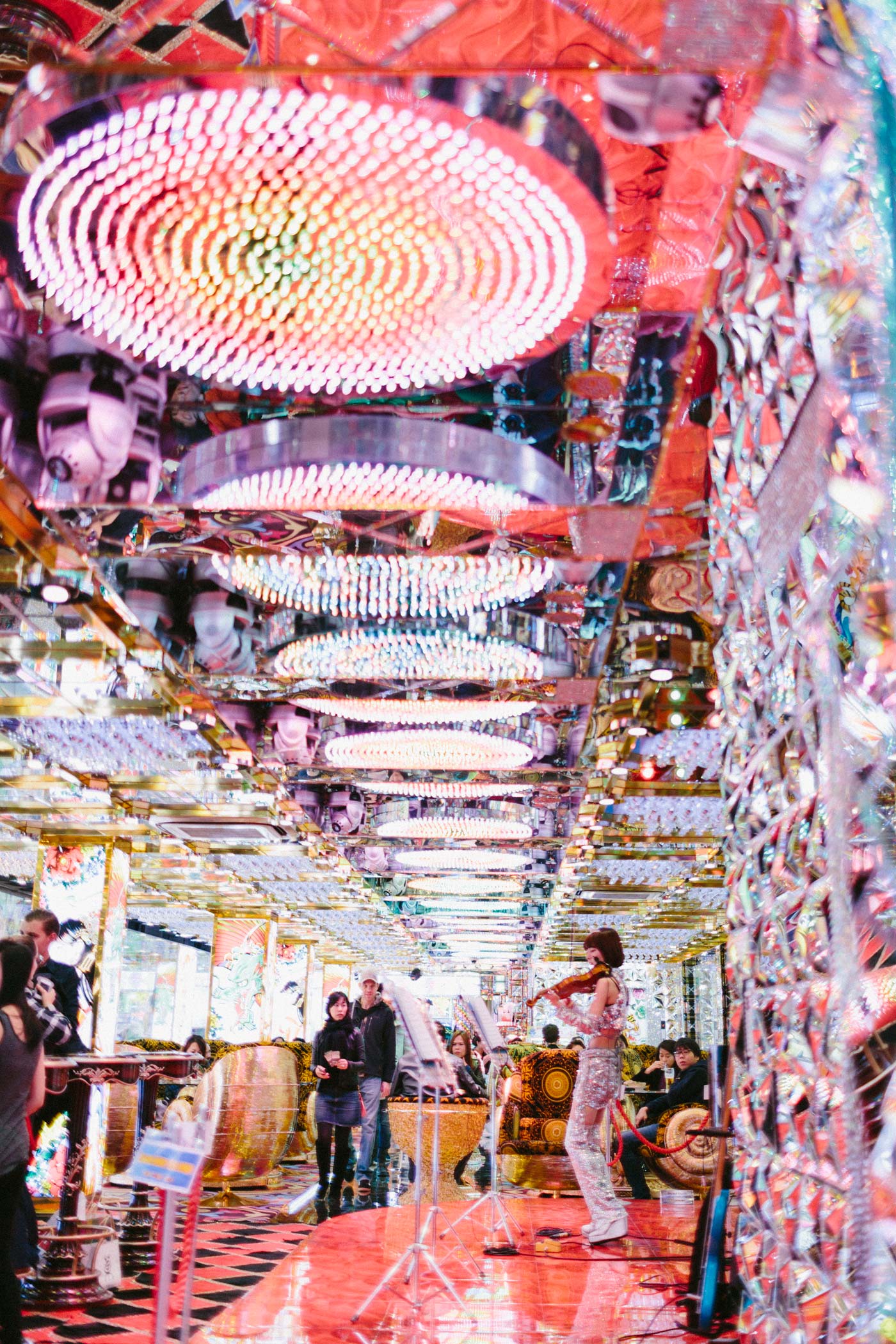
The show itself is as blatant as its title and the story is virtually non-existent. There was lots of lights, lots of robots, lots of yelling, and lots of drinks.
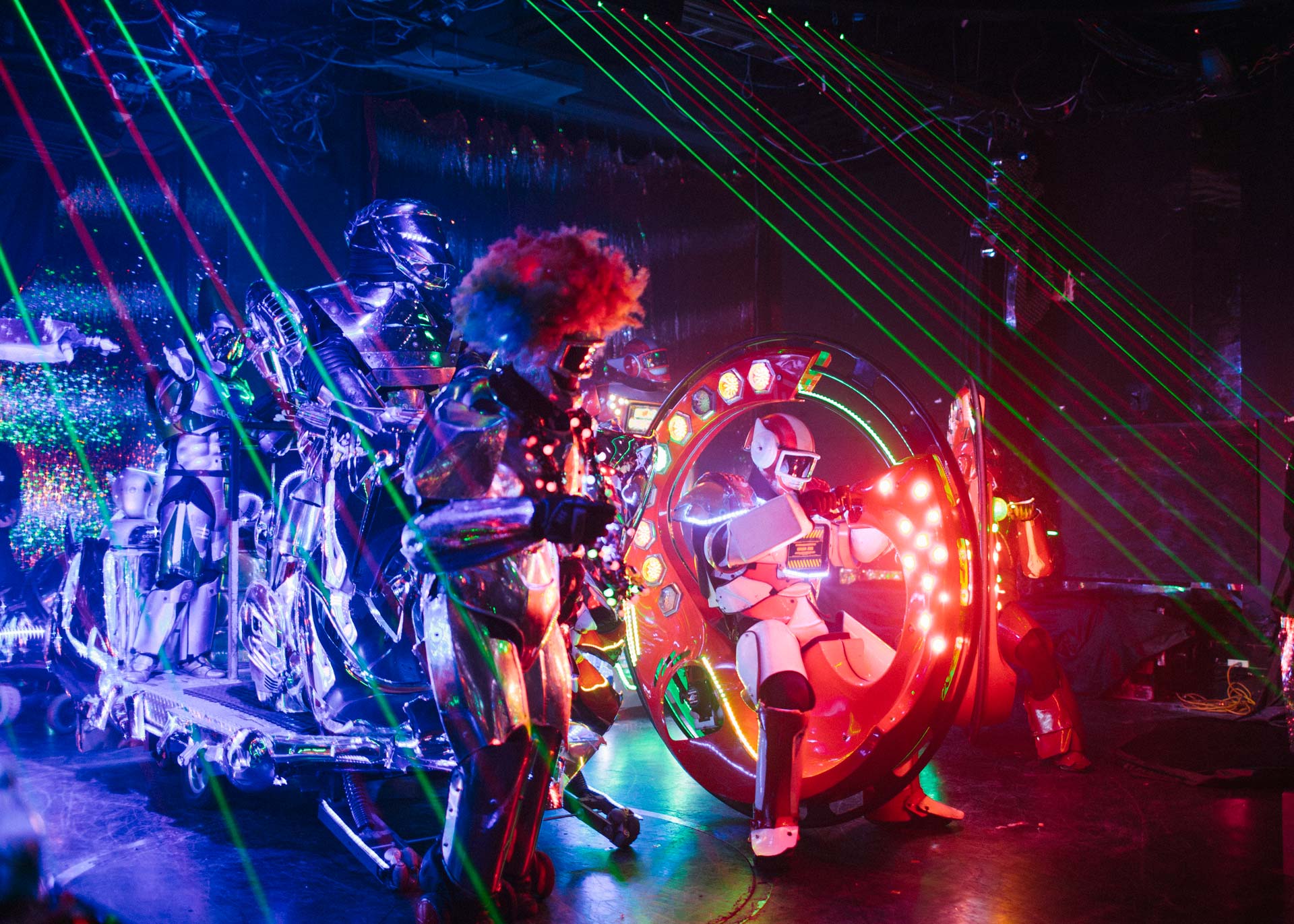
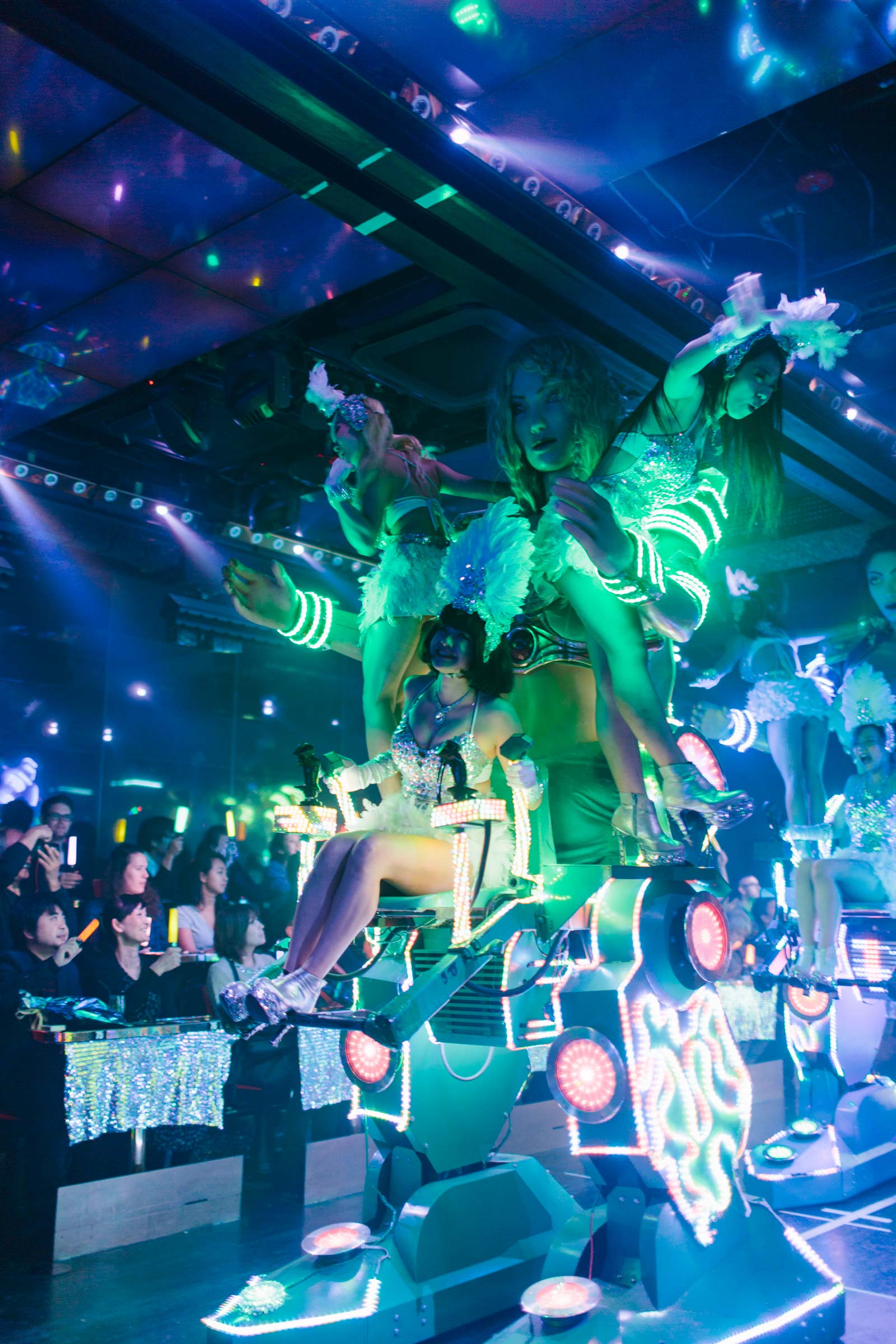
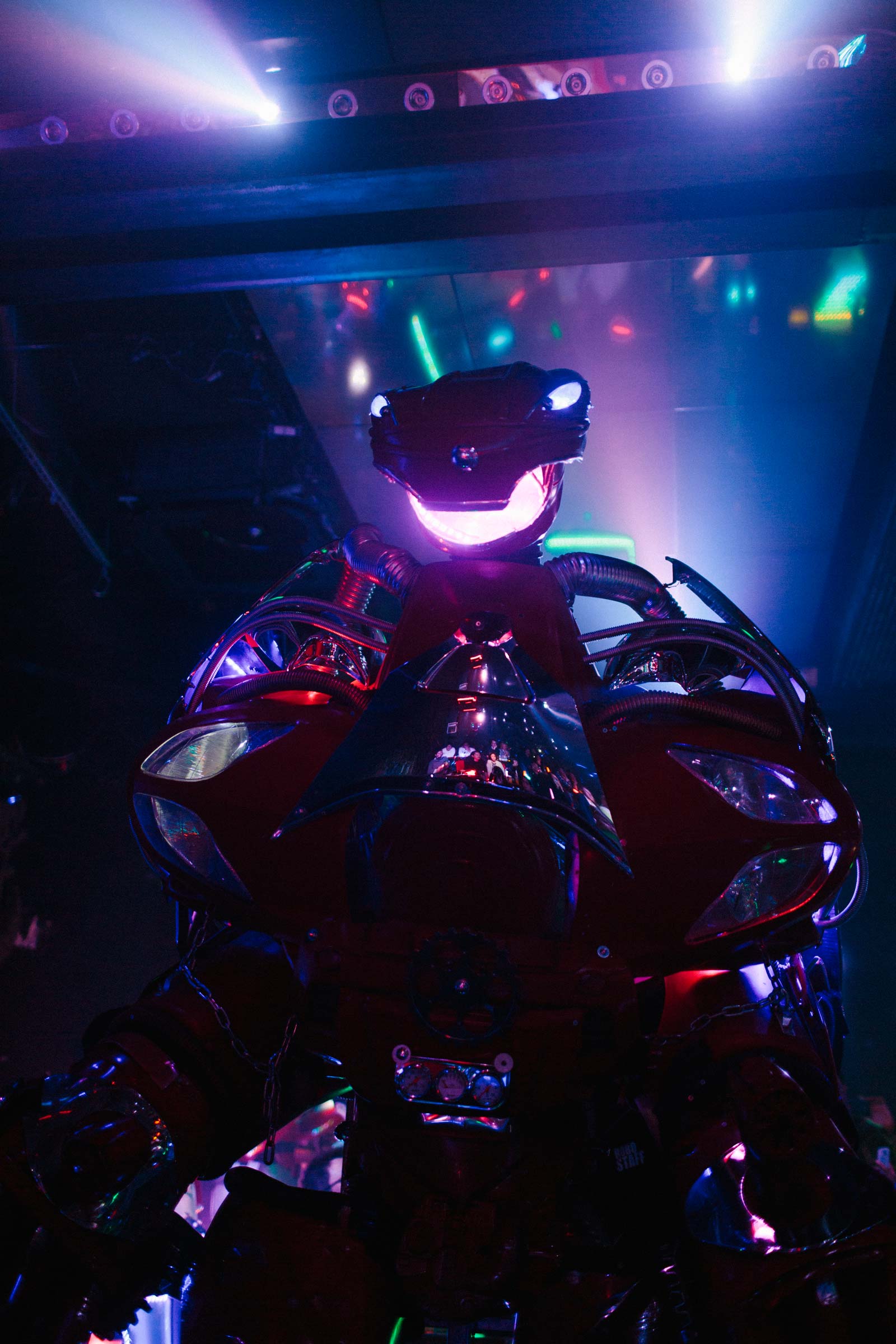
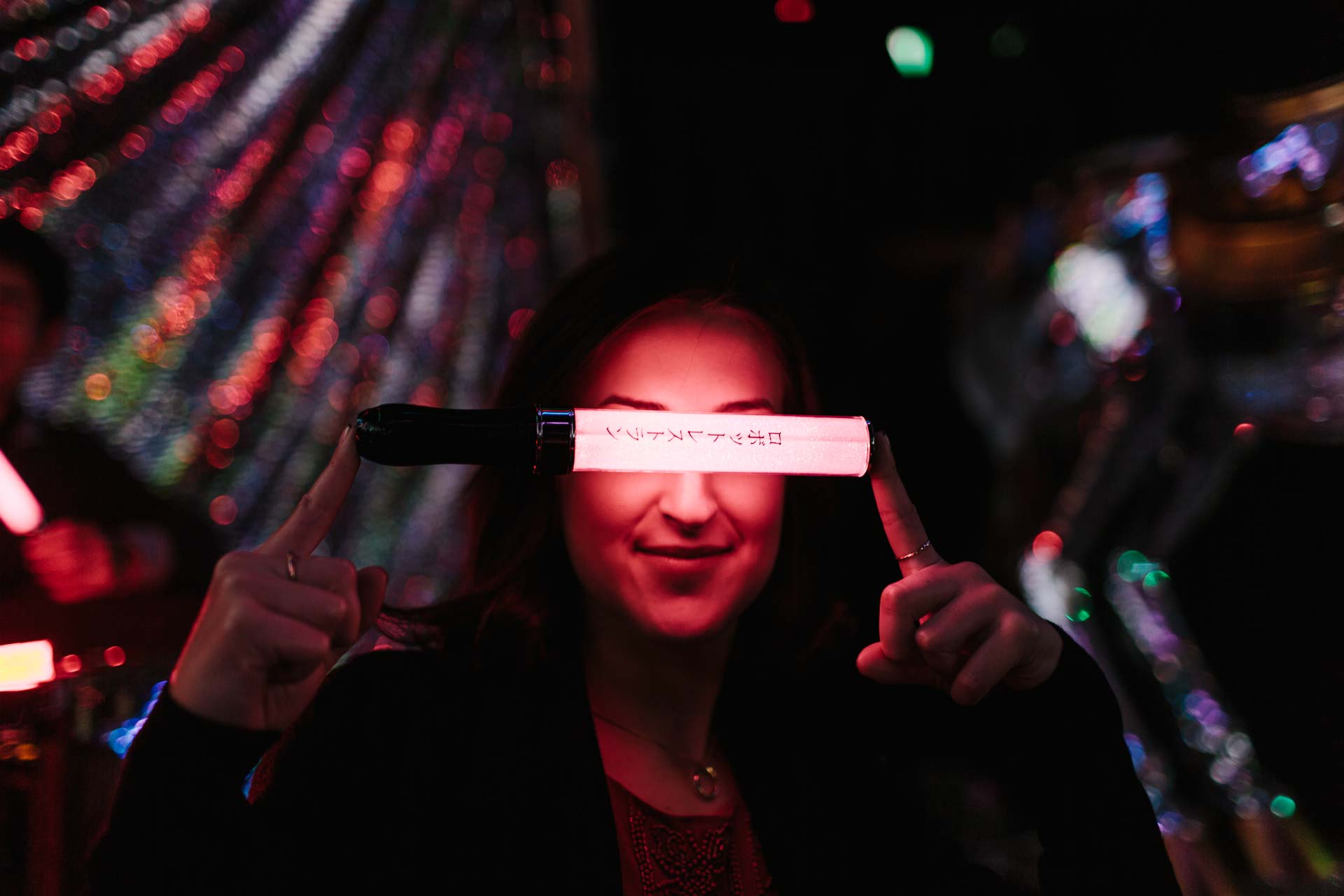
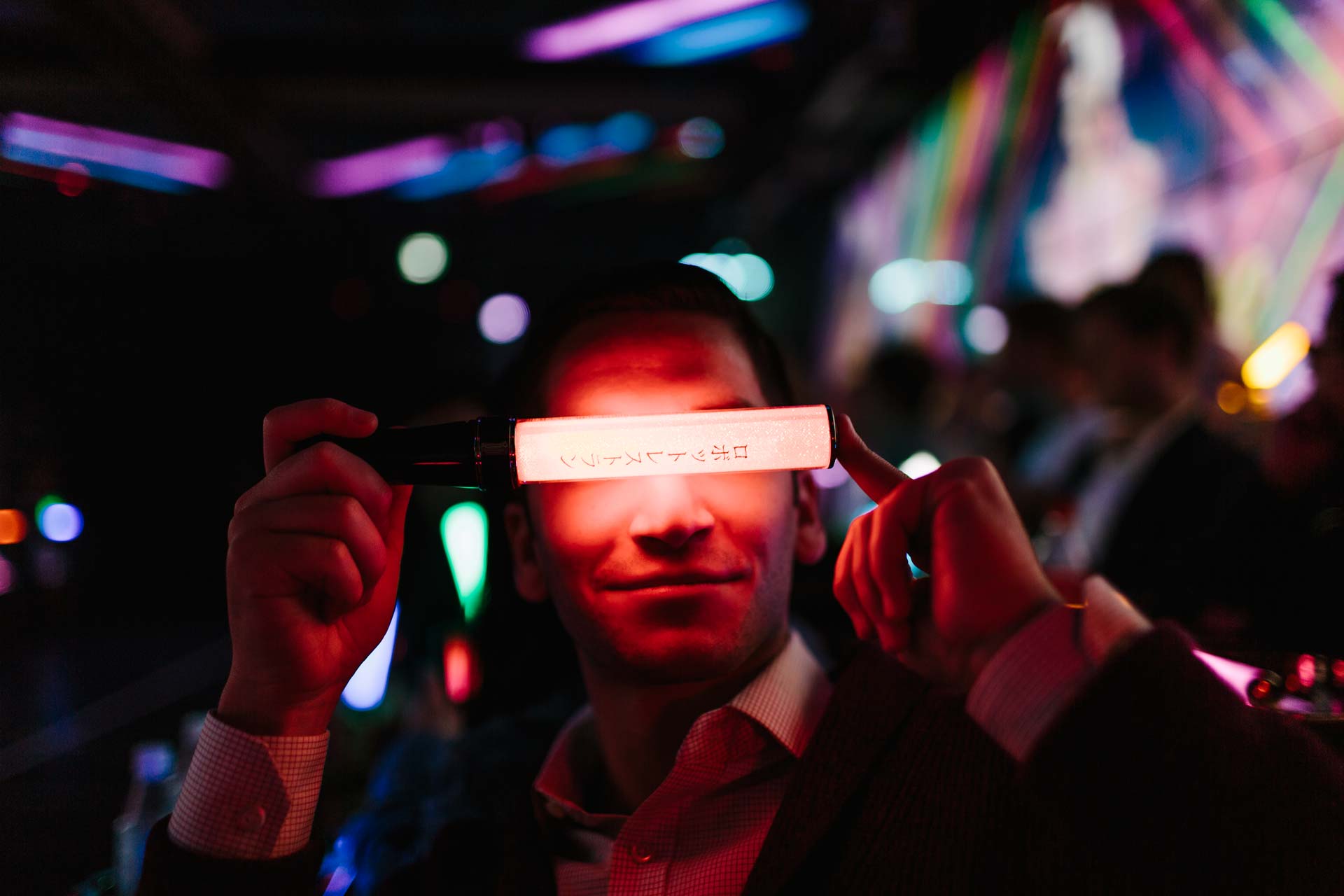

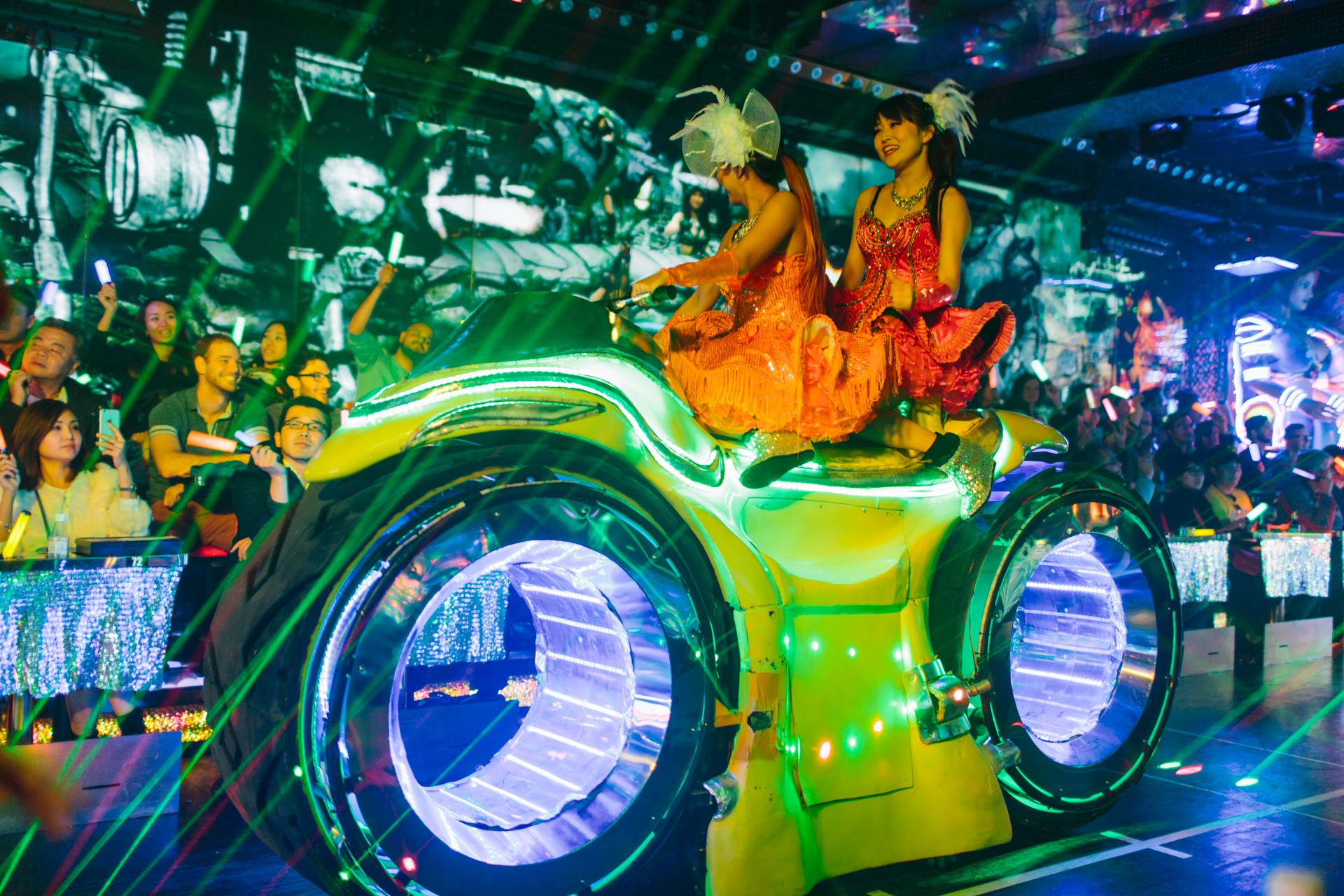
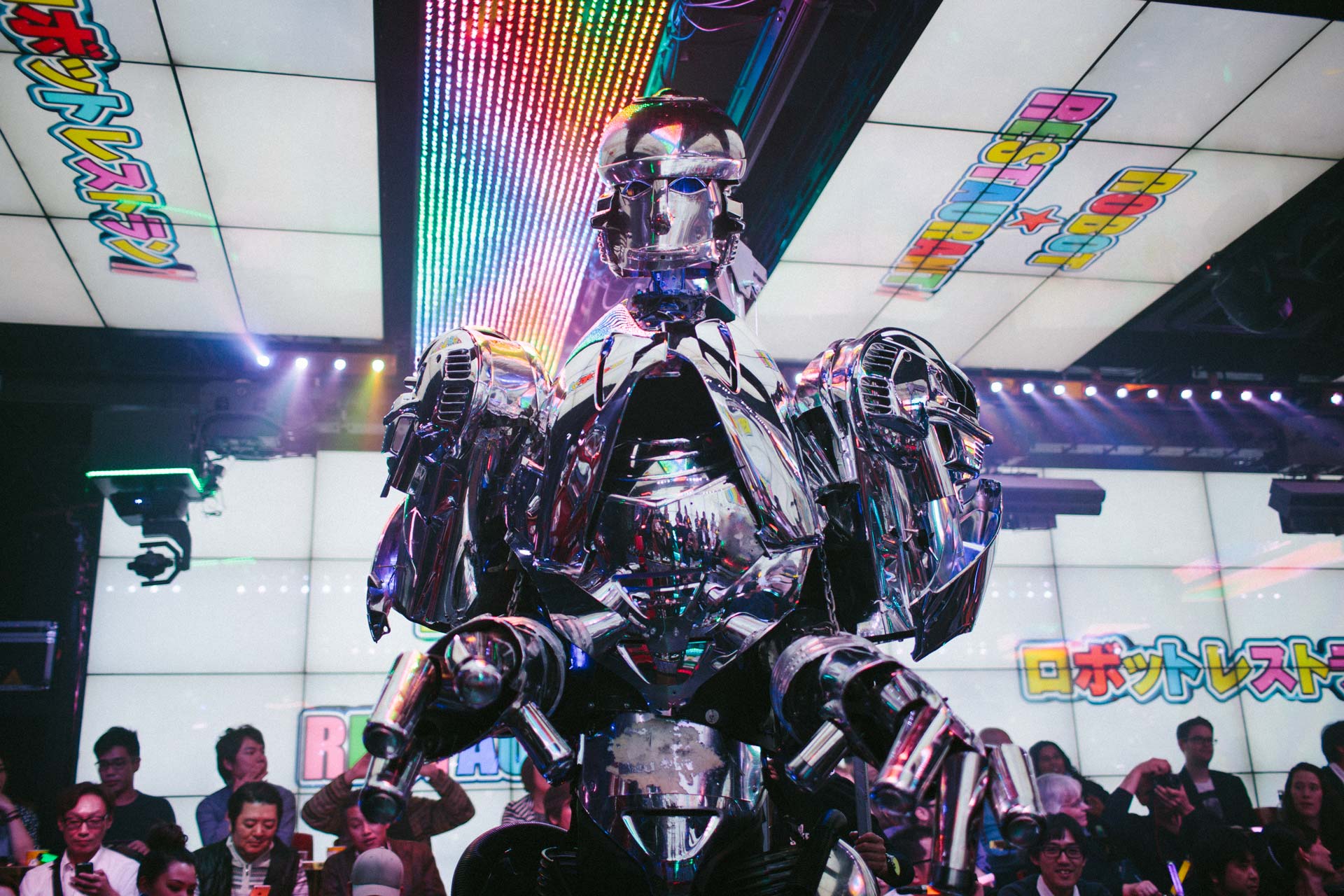
Slept. Woke up. Dressed. Shimokitazawa again. This time for breakfast pancakes at j.s. pancake cafe. They were easily the best pancakes we’ve ever had, so needless to say, it wouldn’t be our last time here.
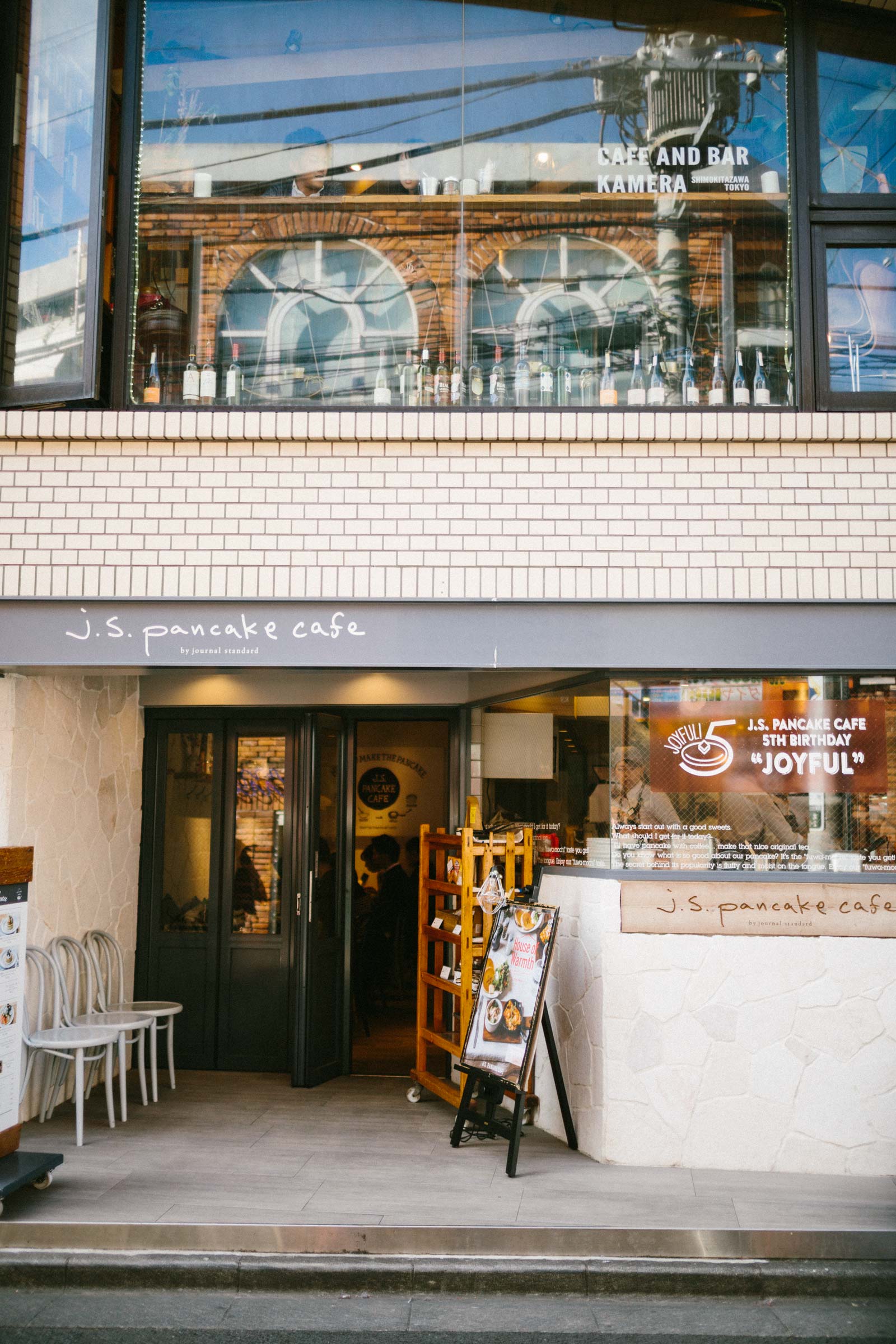
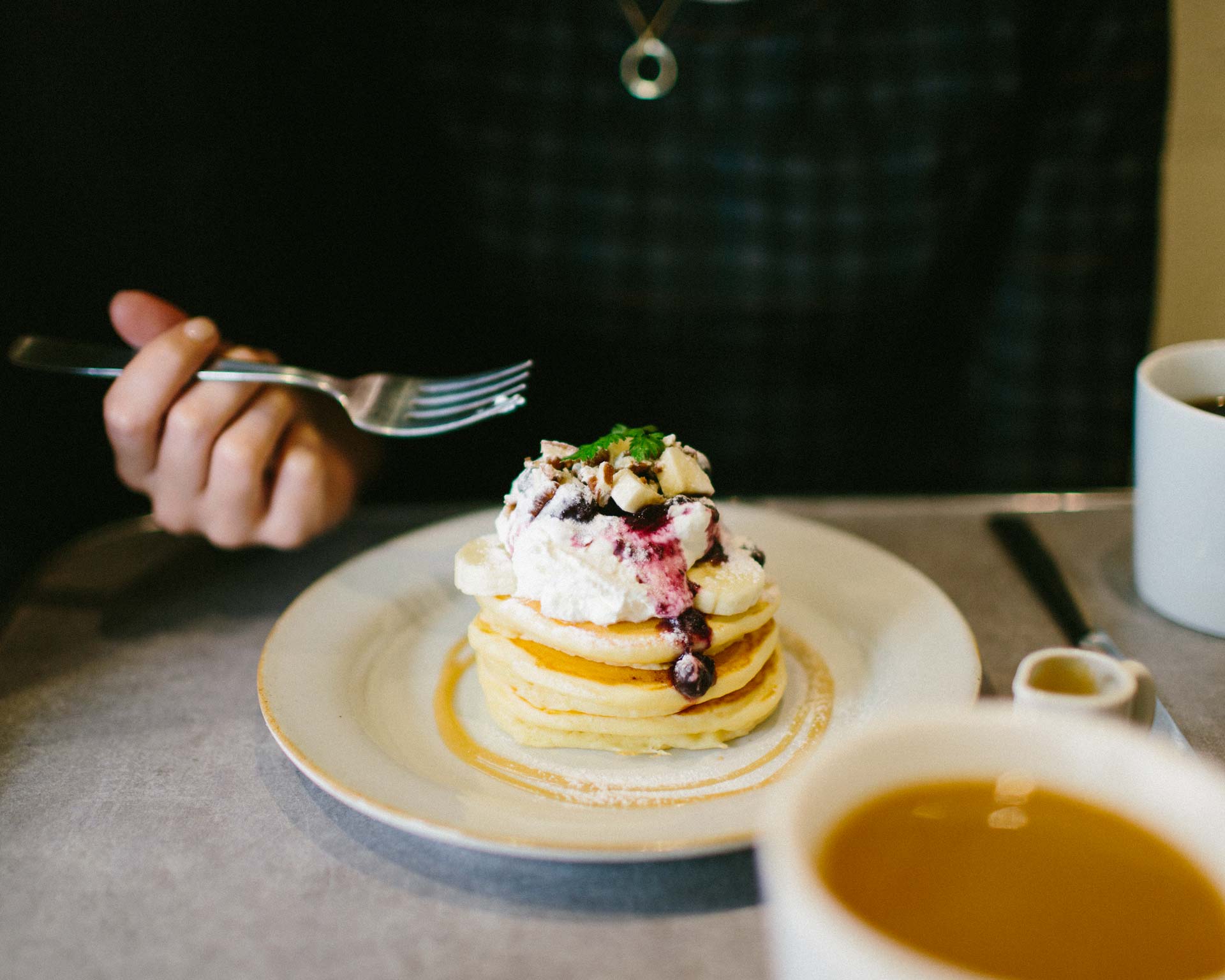
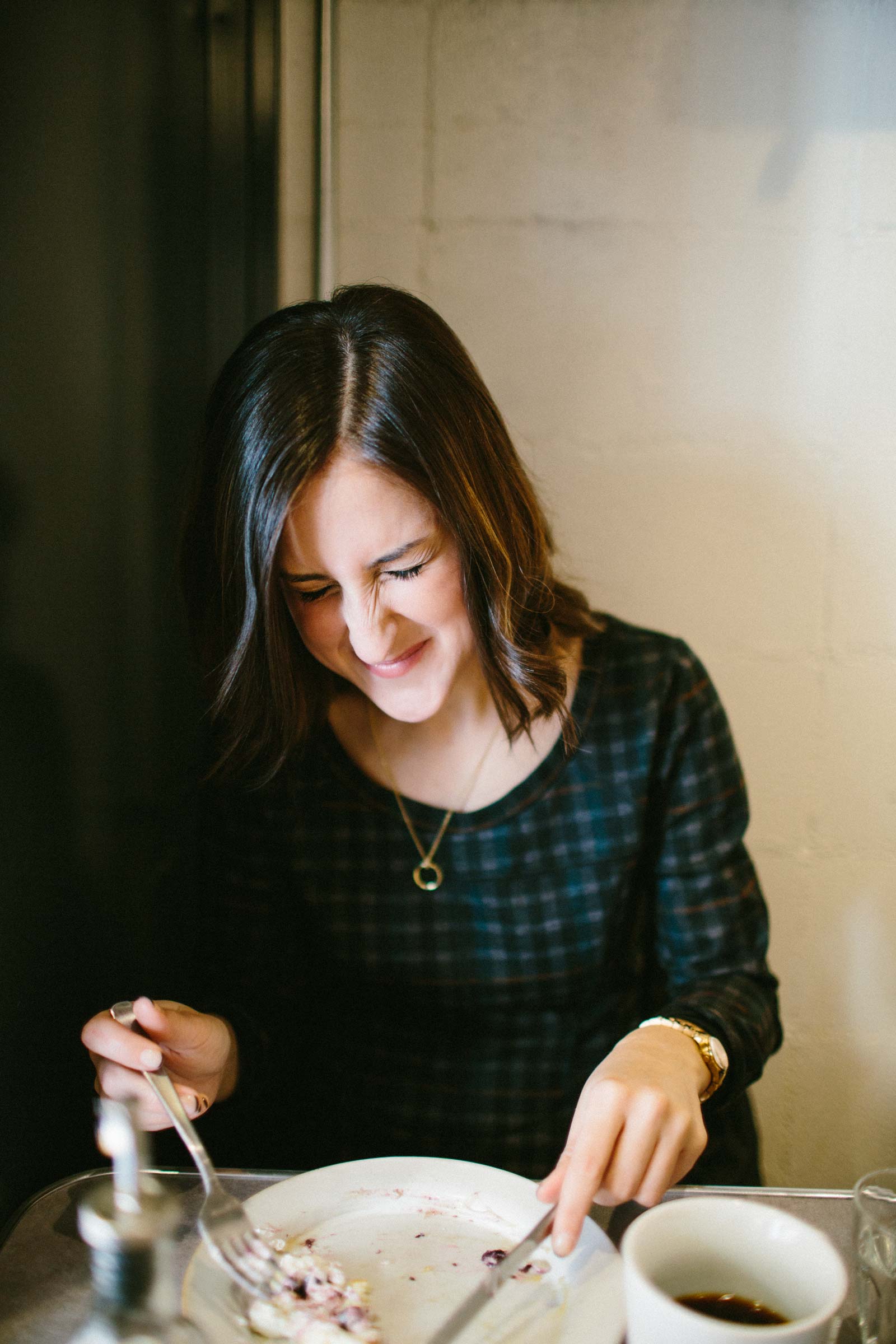
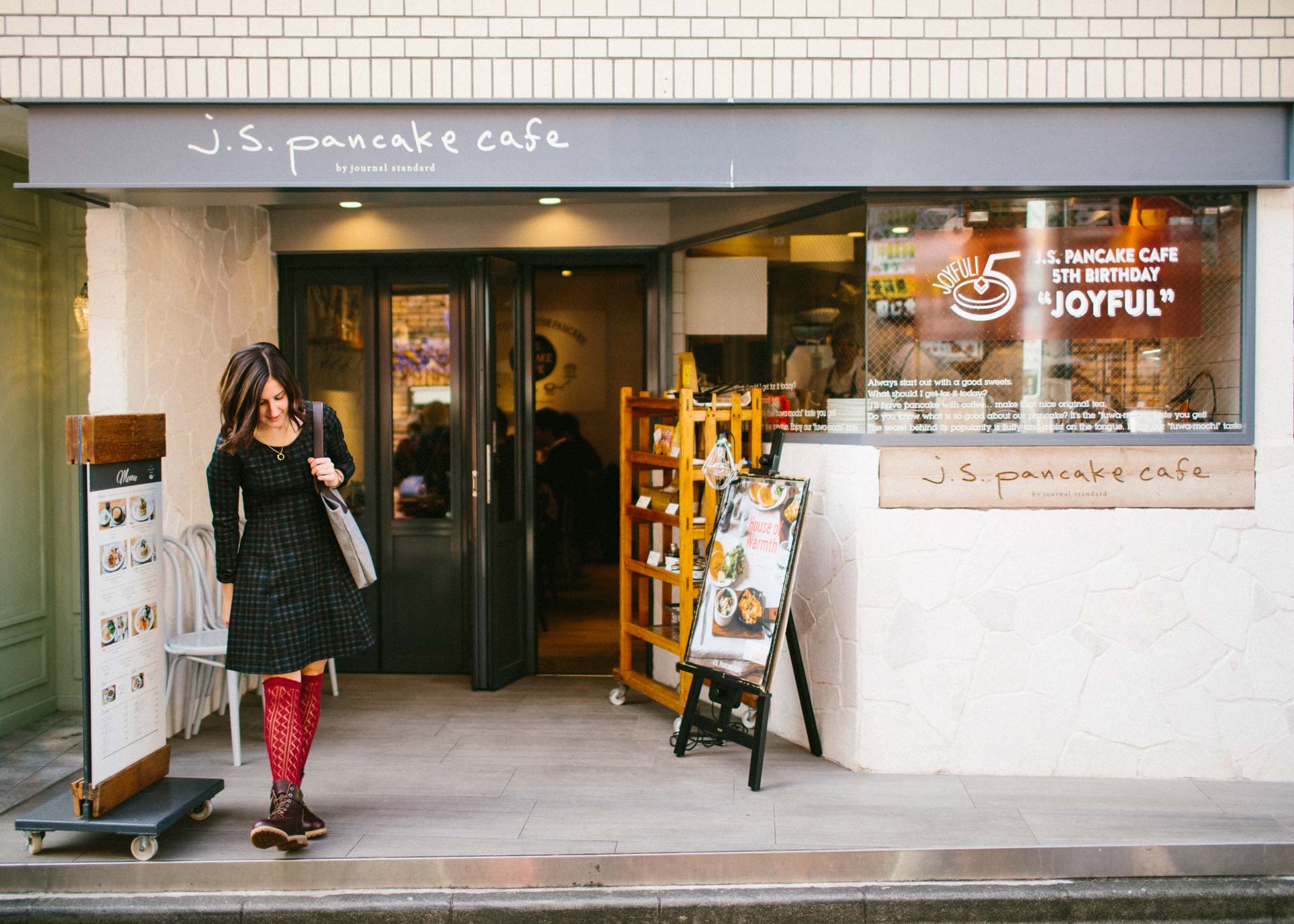
We walked around for a bit. At which point, Victoria’s un-broken-in Timberlands started slowing us down.
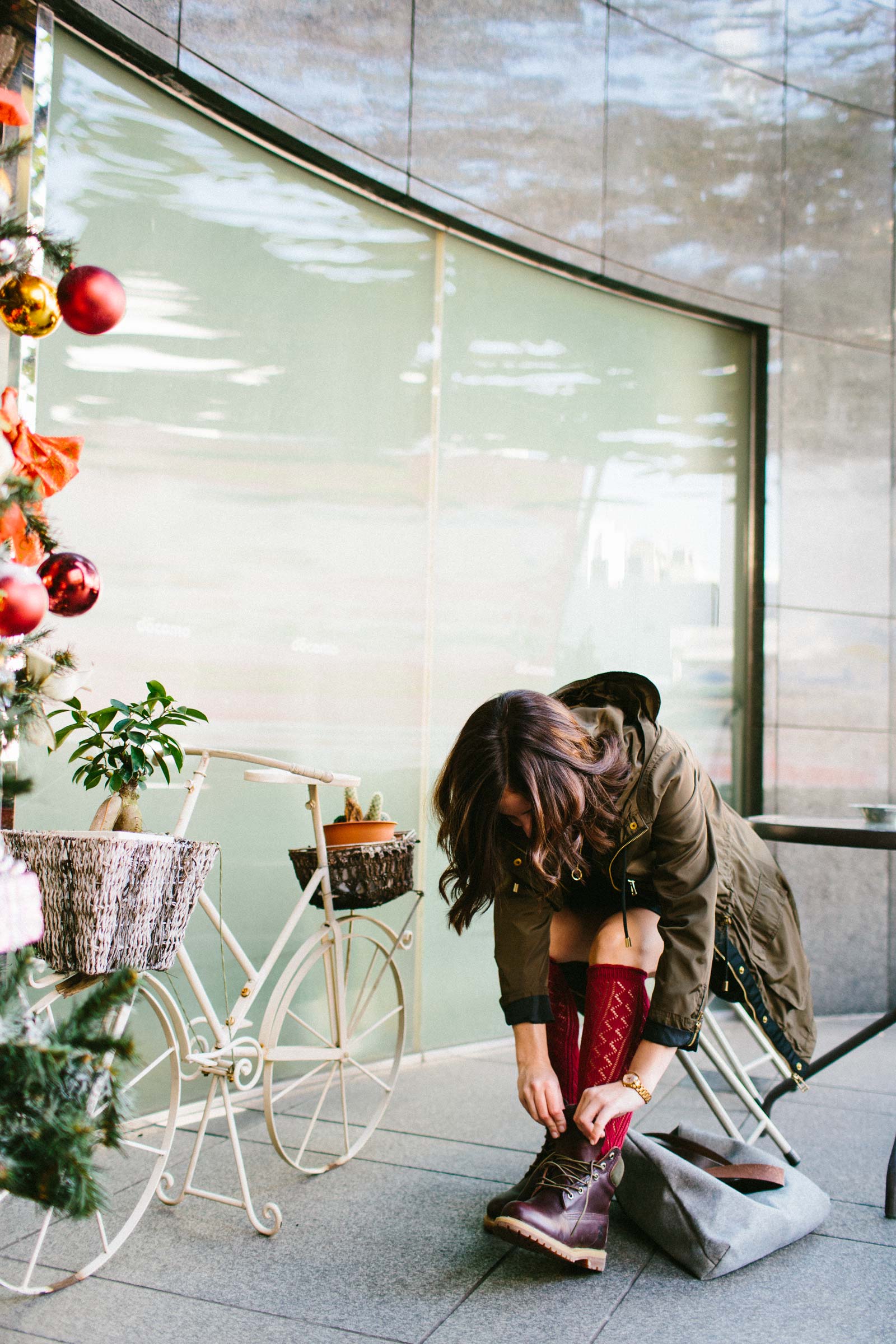
Just a little readjusting and we were good to go.
We made our way to a very congested Harajuku district, where there was a surprising lack of Harajuku girls. The main strip was PACKED, both with people and hilarious little shops (and crepes!). As you start moving away from Takeshita-dori however, the crowds disperse, and as you travel through to Omotesando Hills, the neighbourhood becomes a little more quaint and the clothing shops a little less out there.

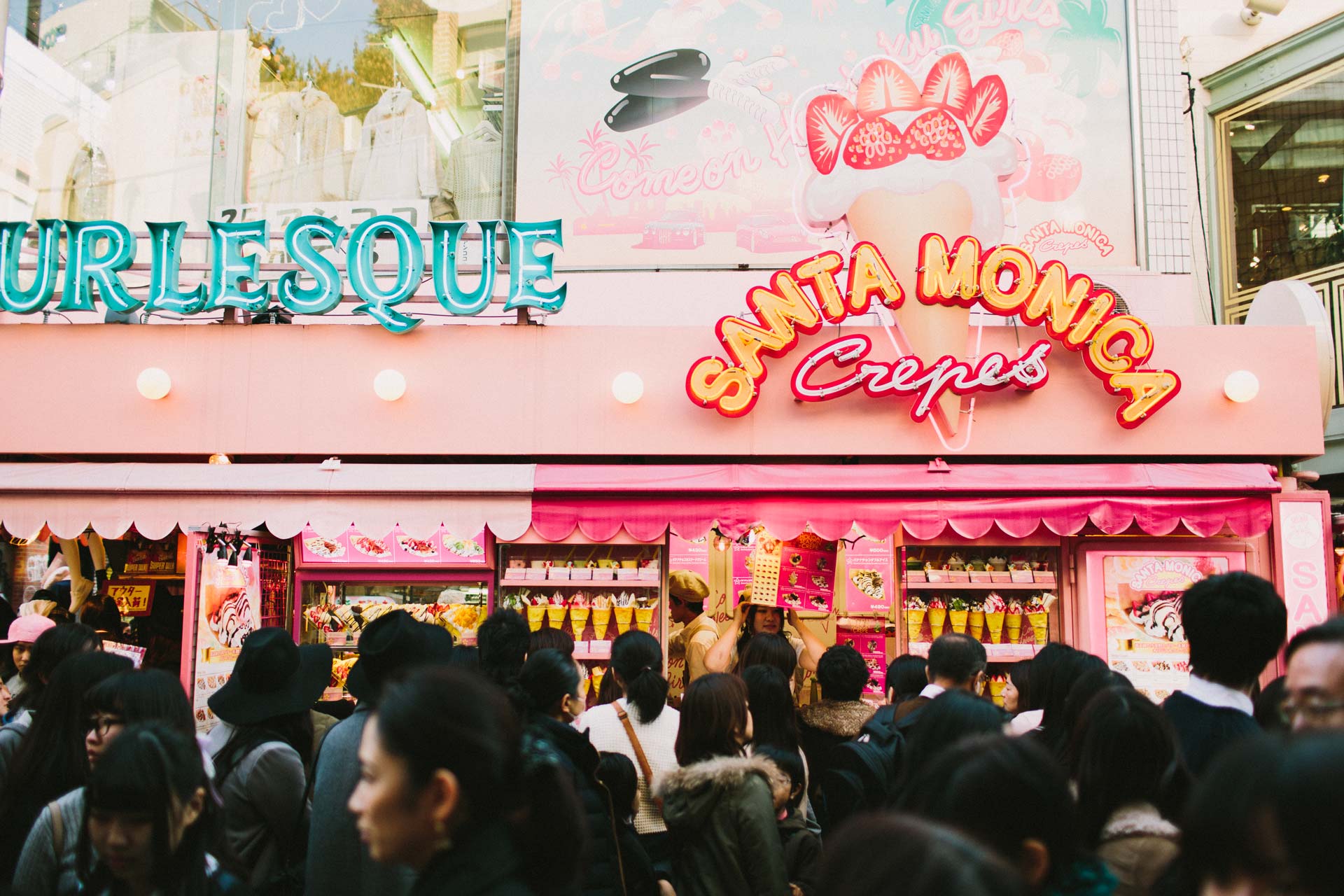
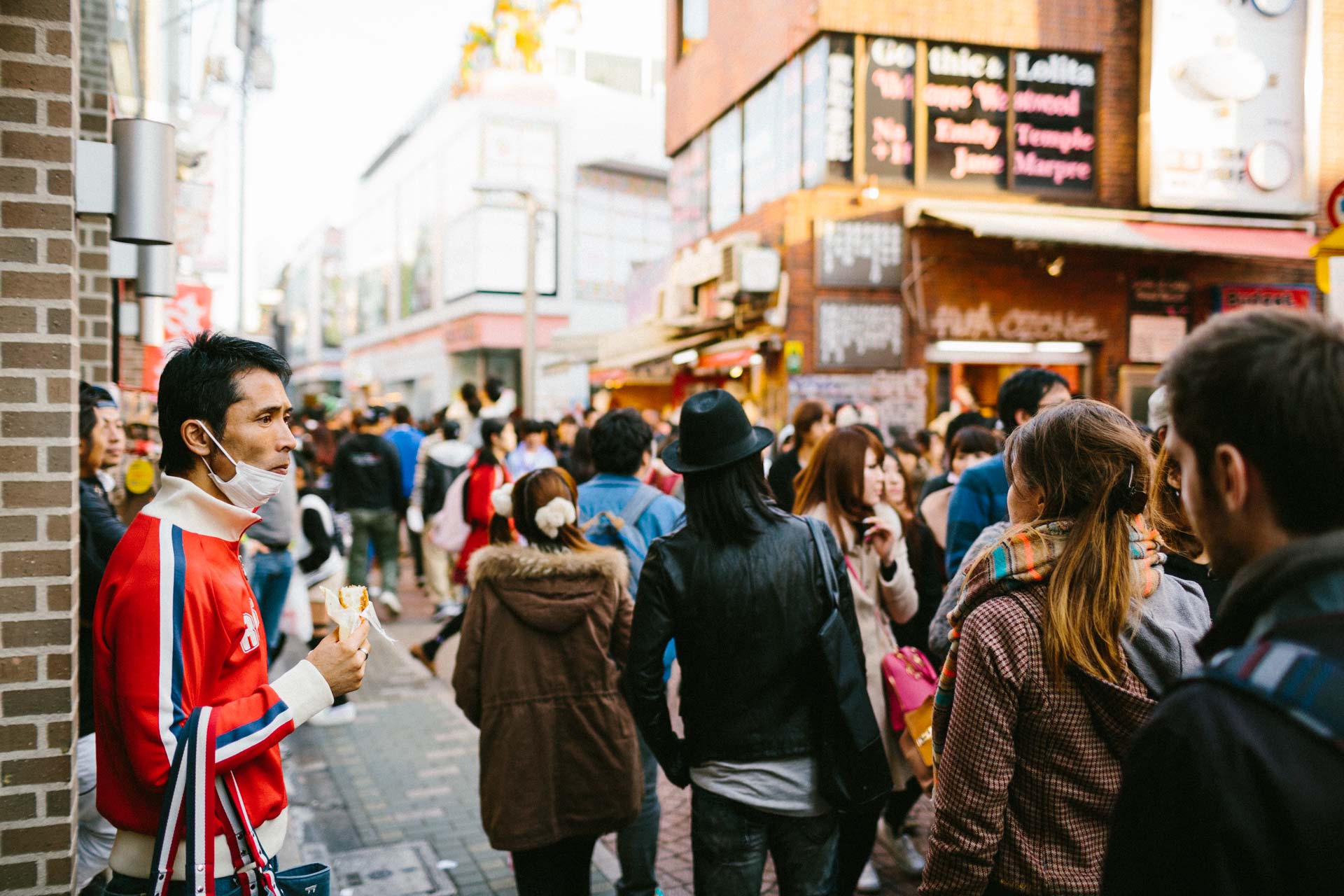

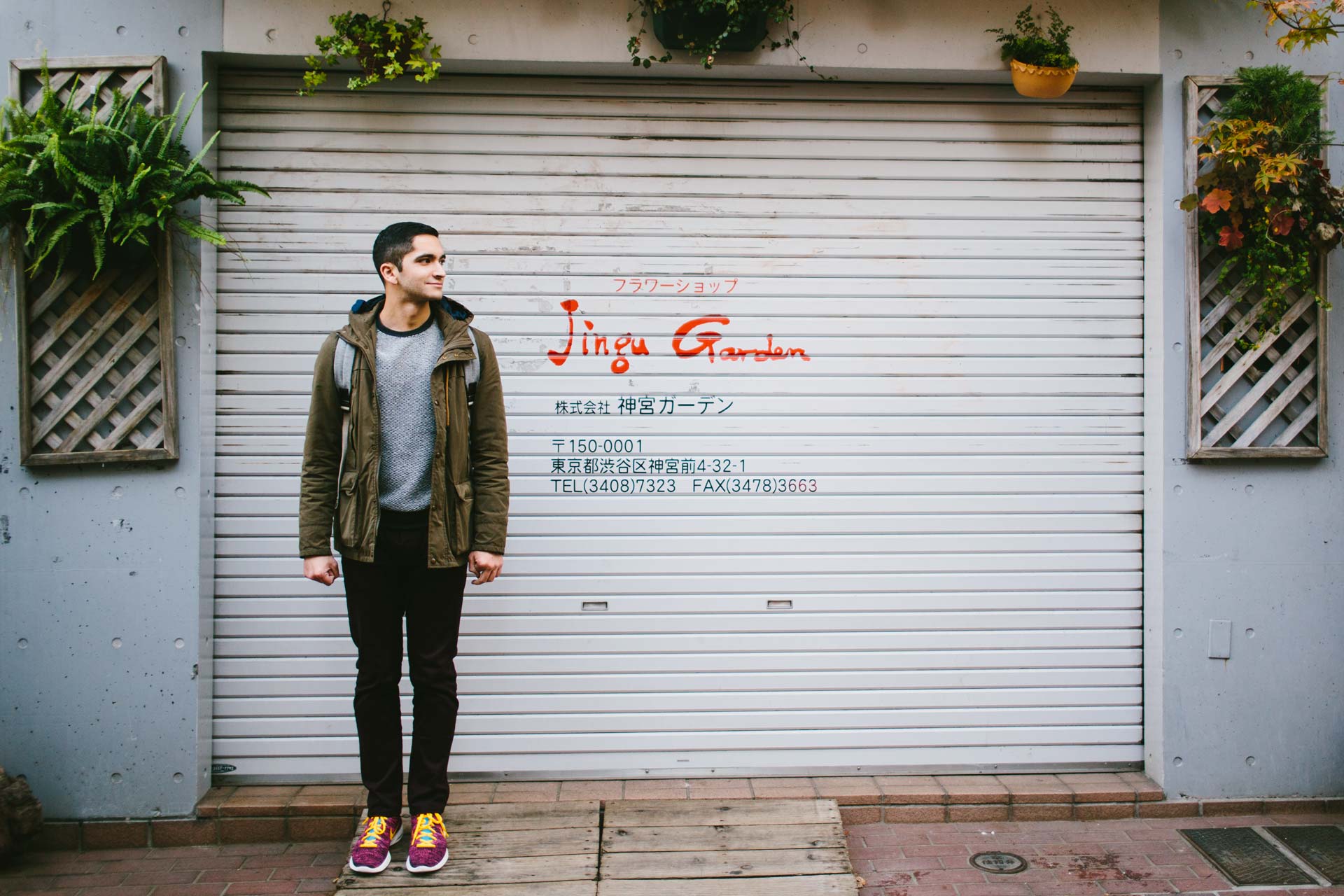
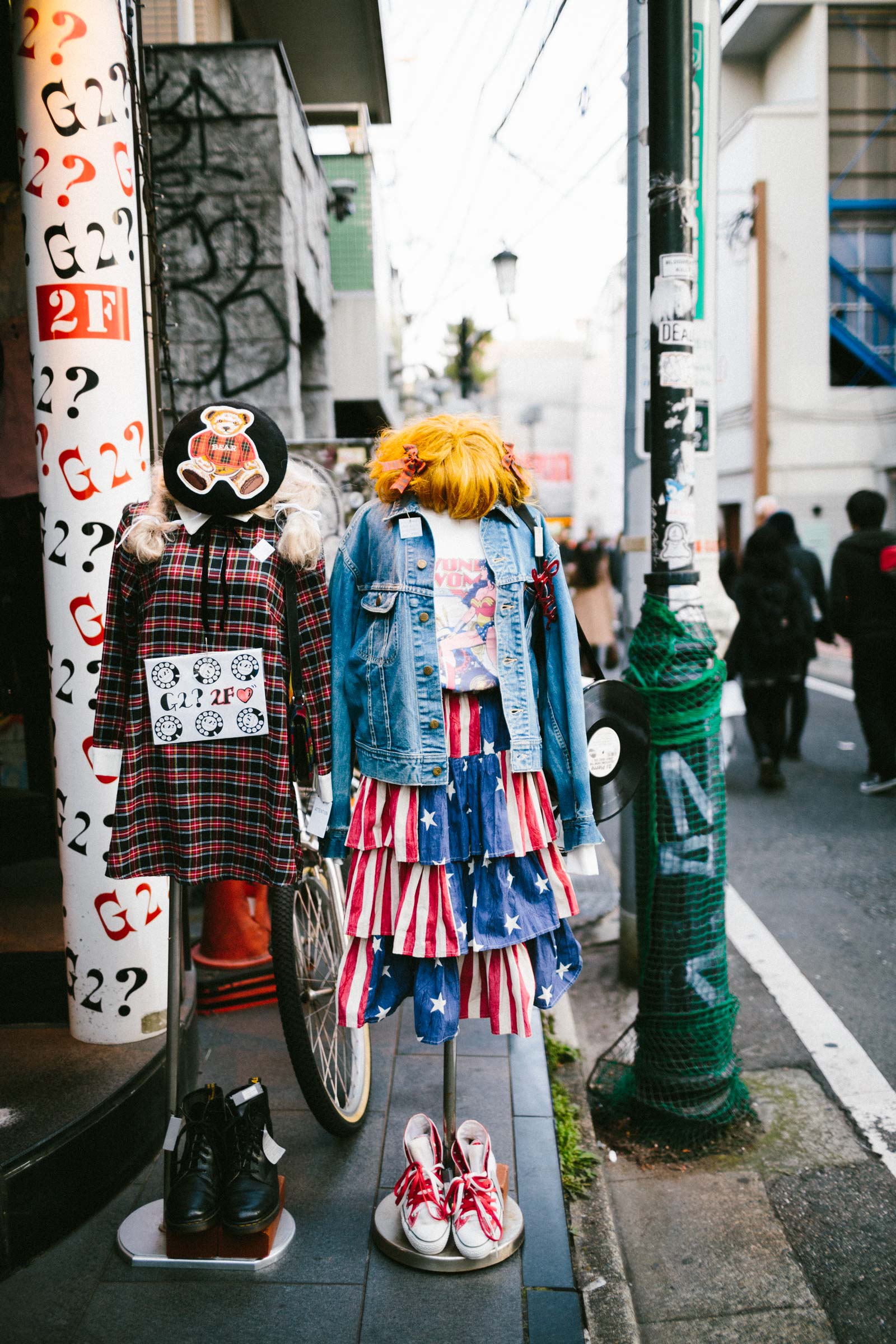
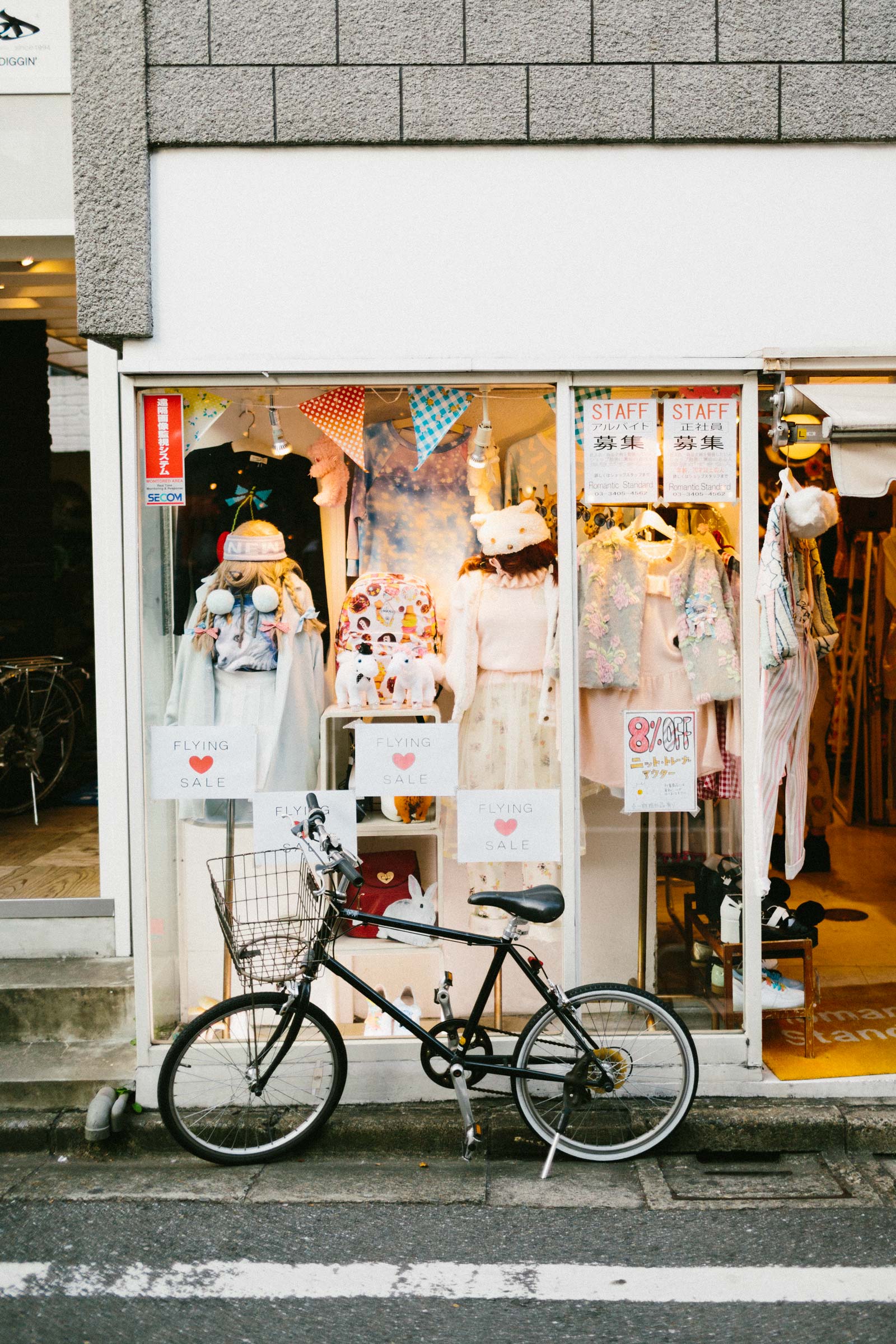

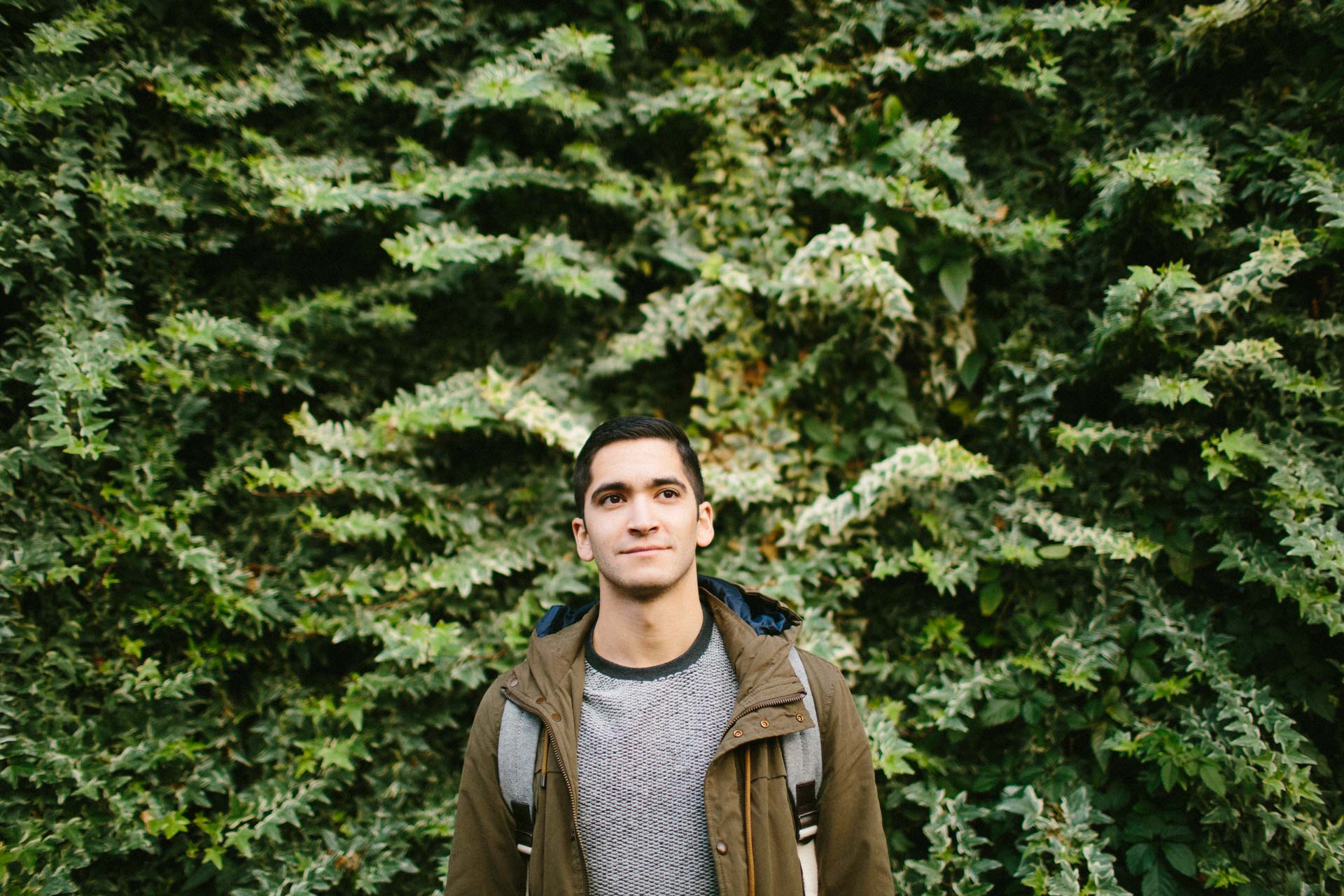
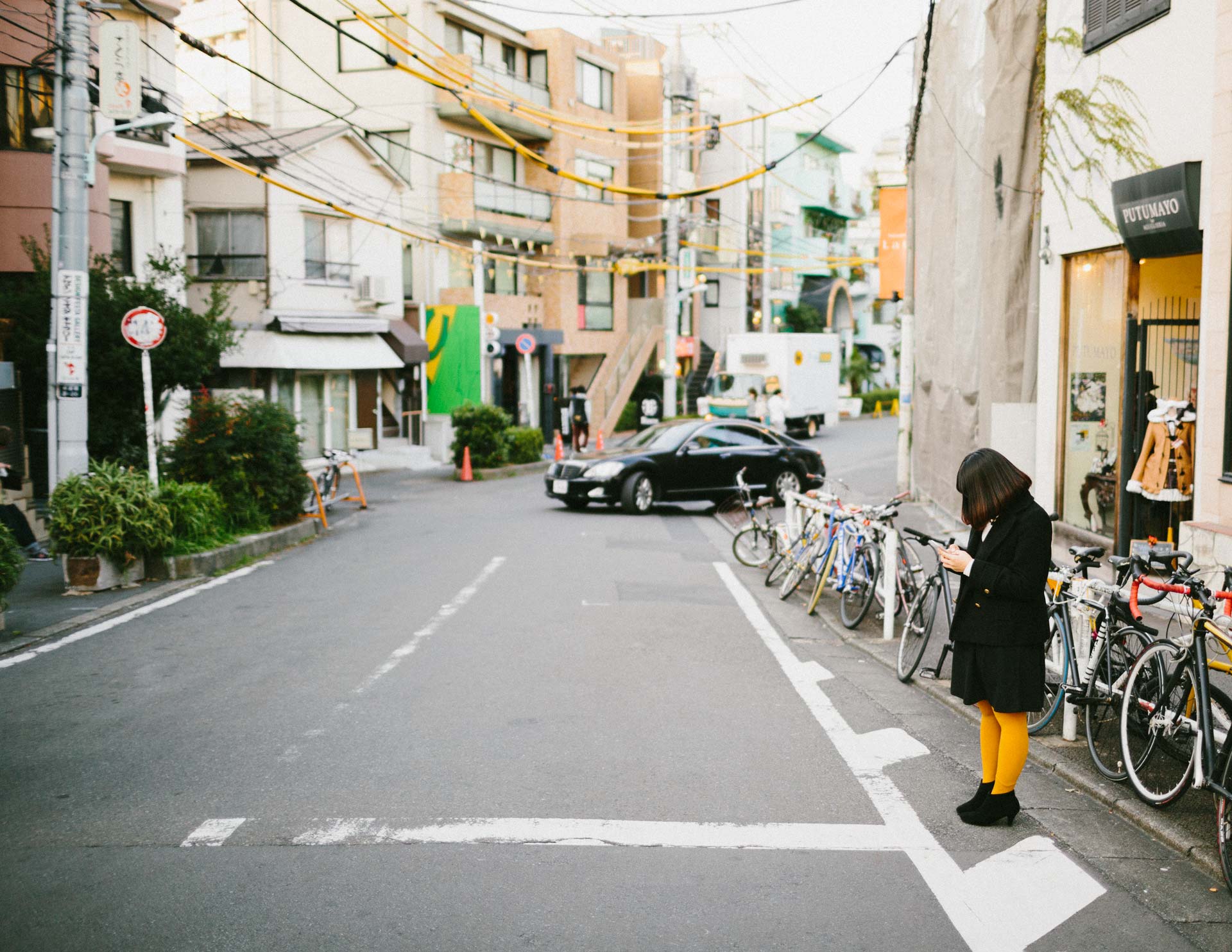
Omotesando itself was a thing of beauty. Tiny shops nestled in between residential homes — all of which were incredibly designed.
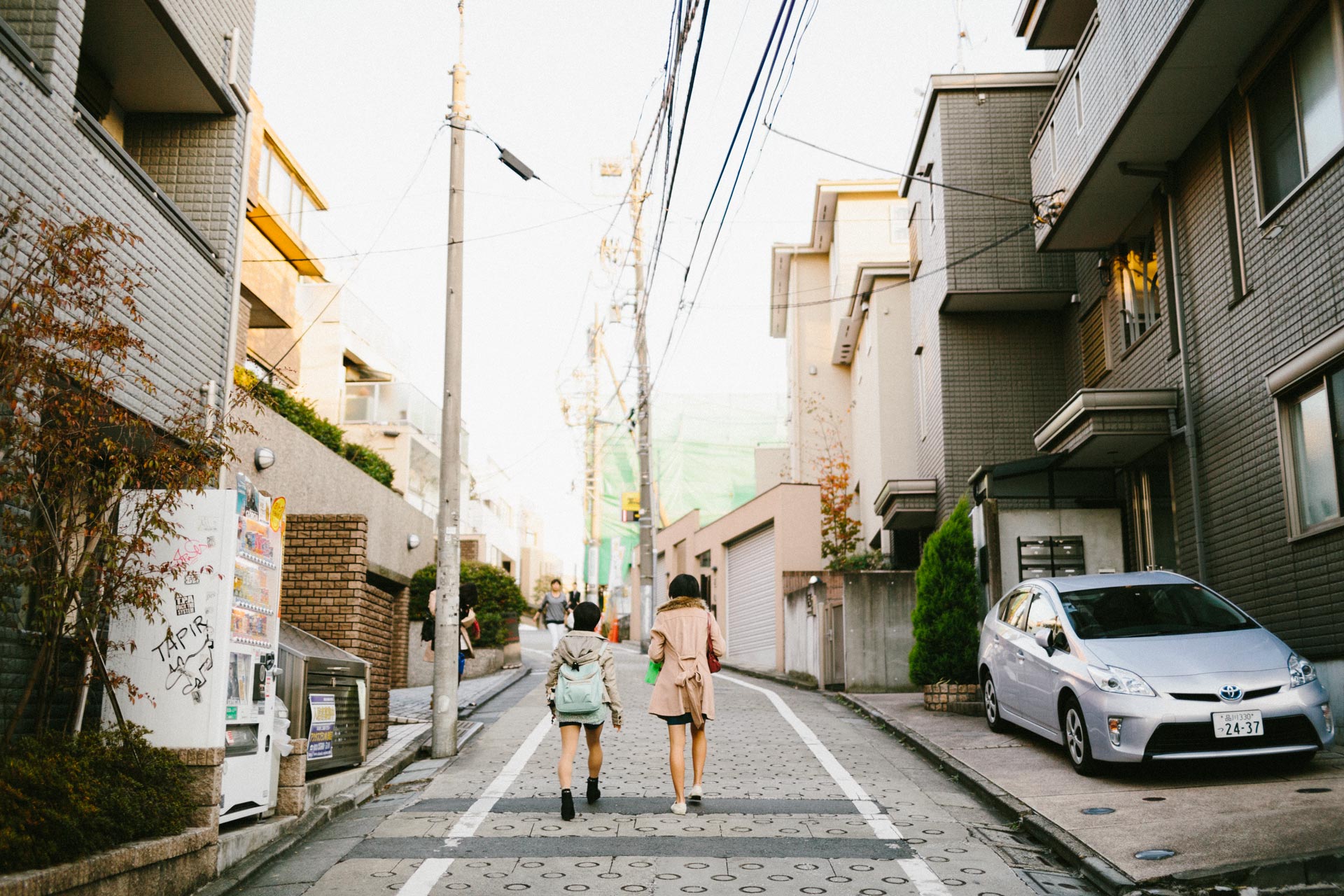
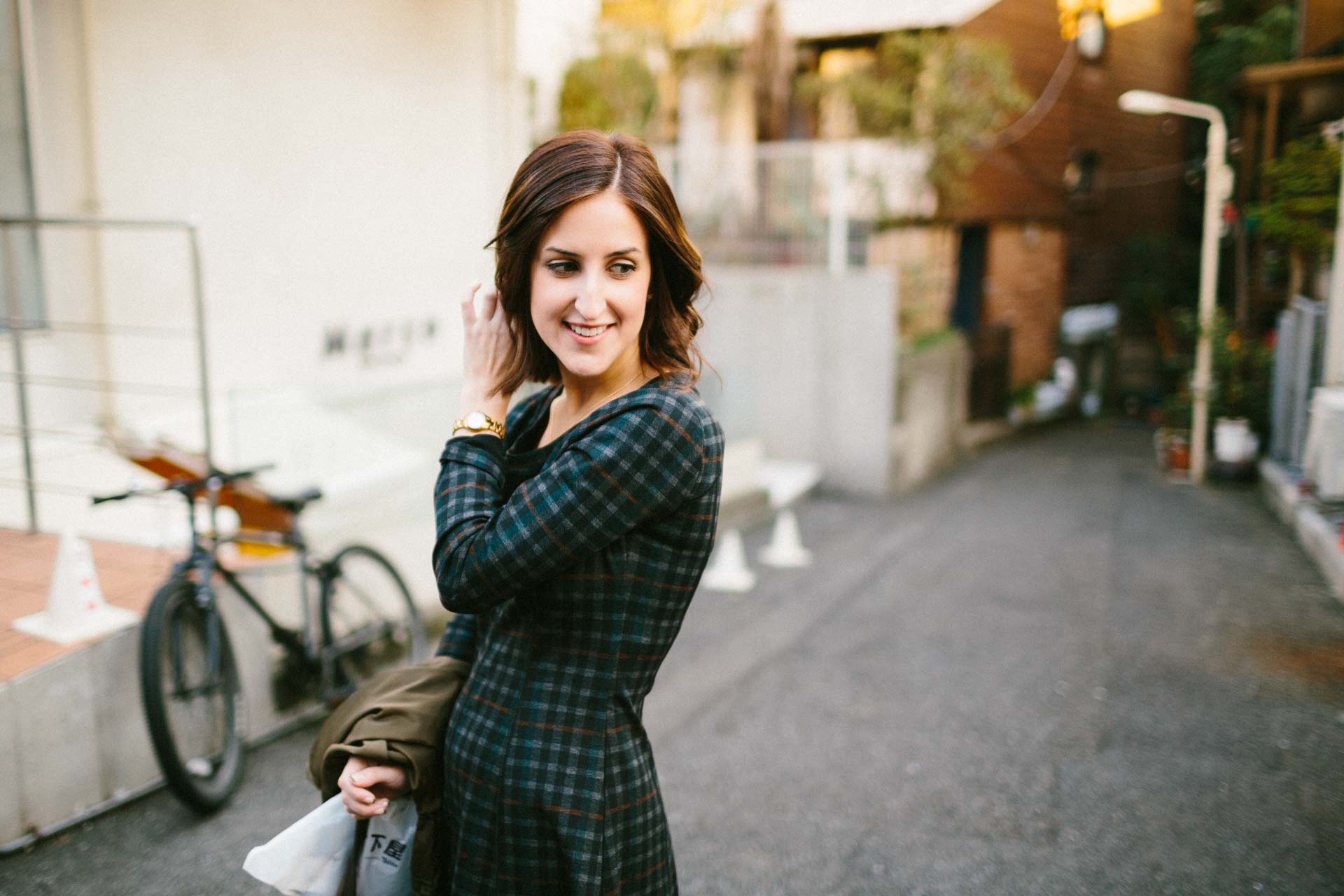
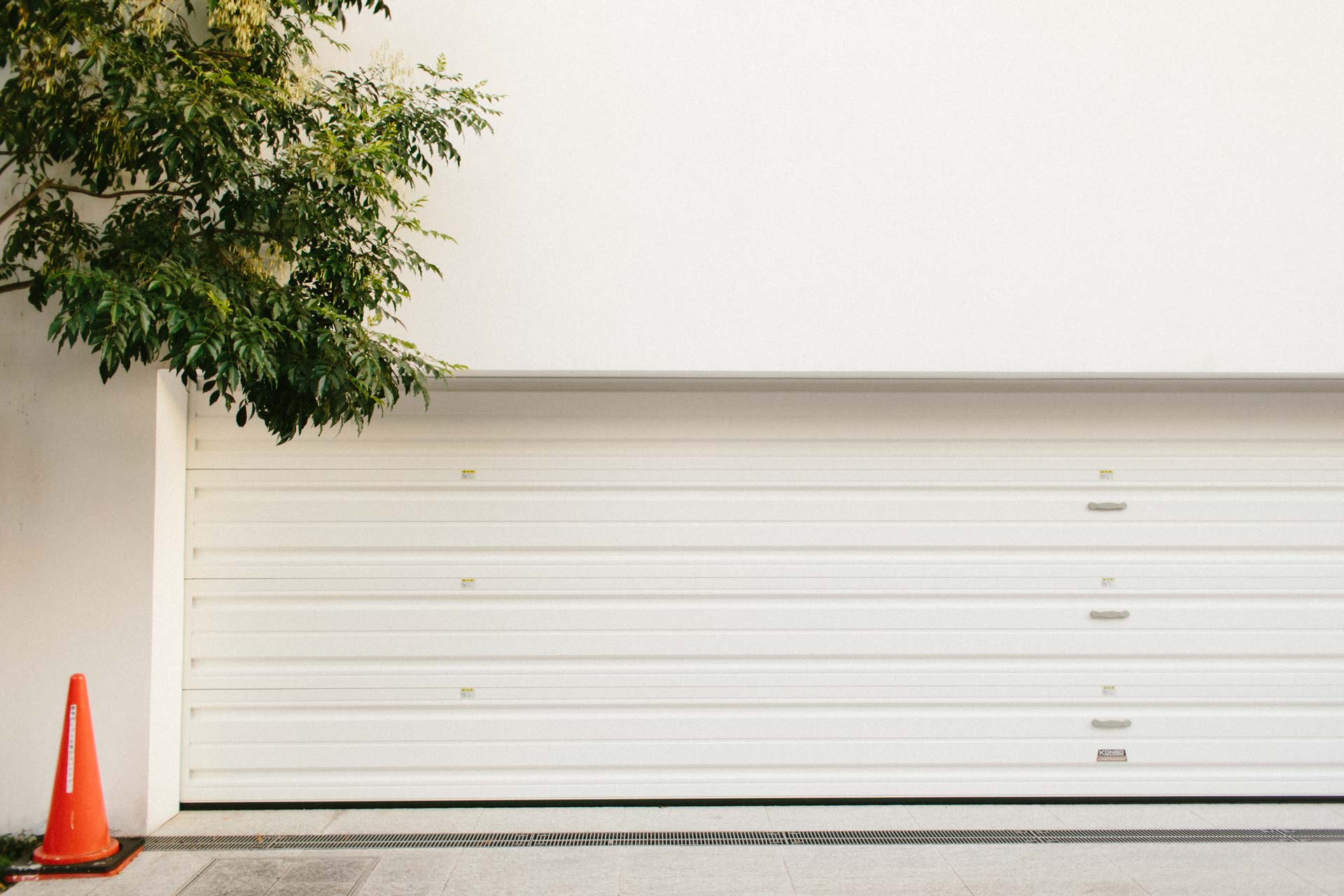
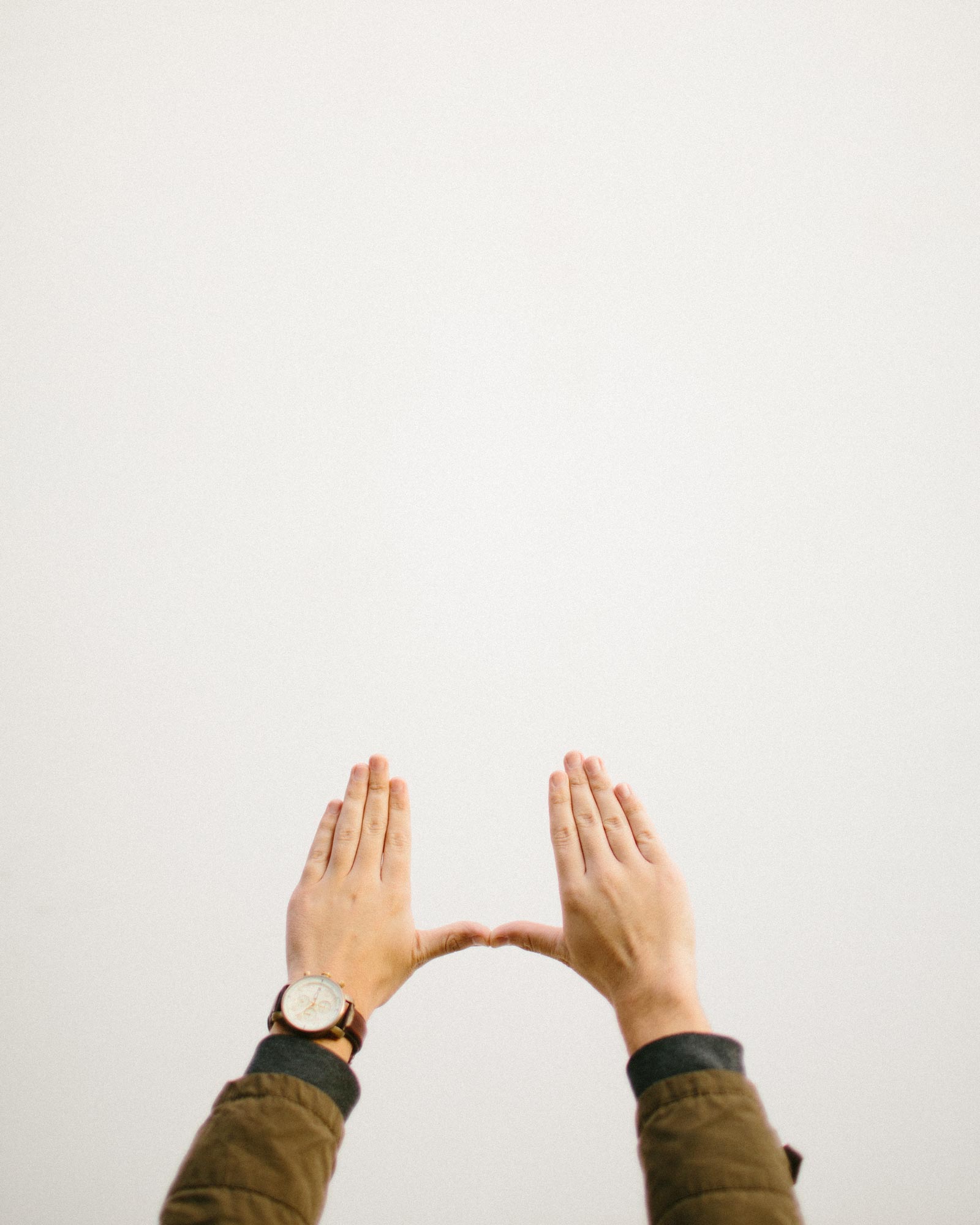
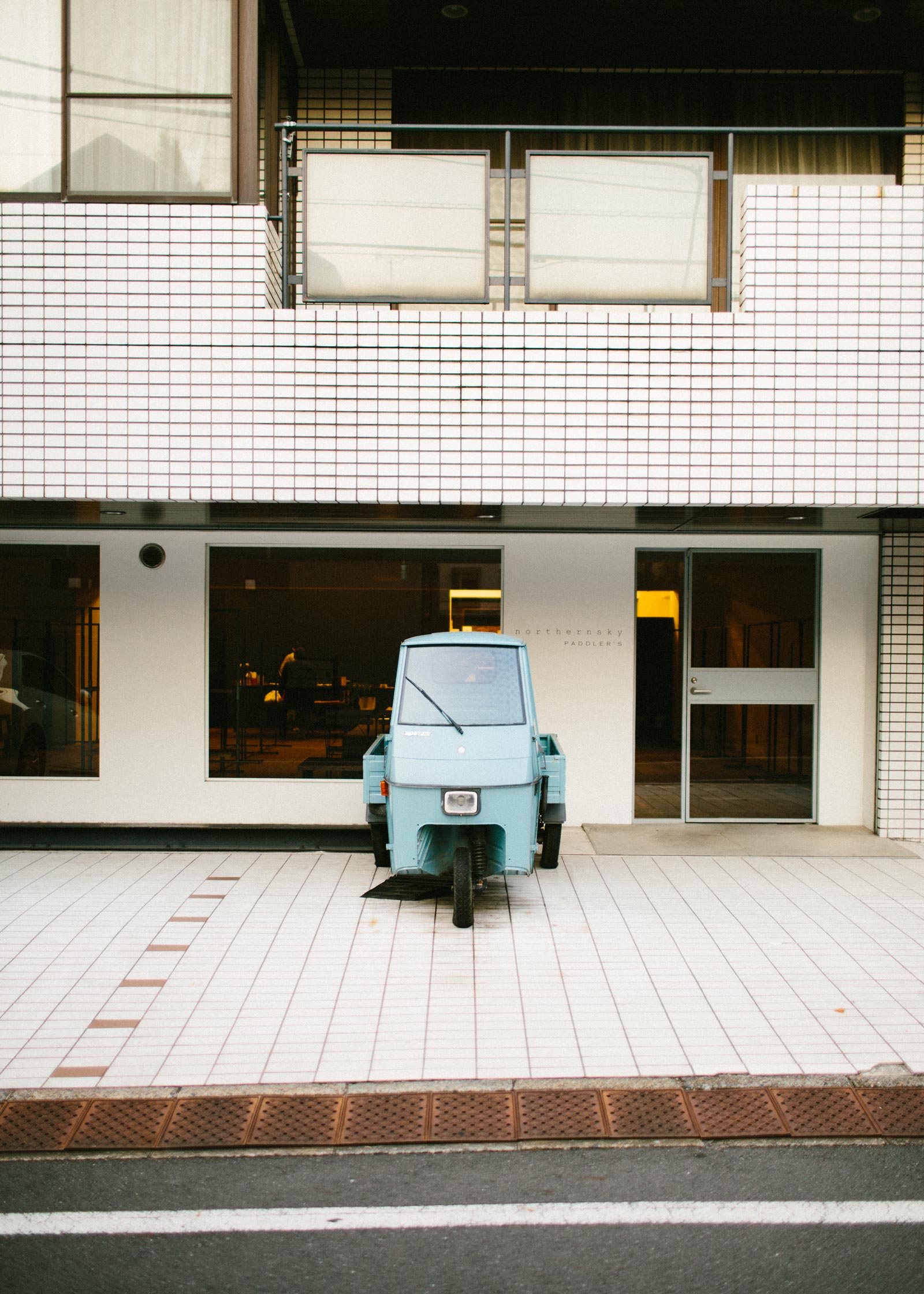

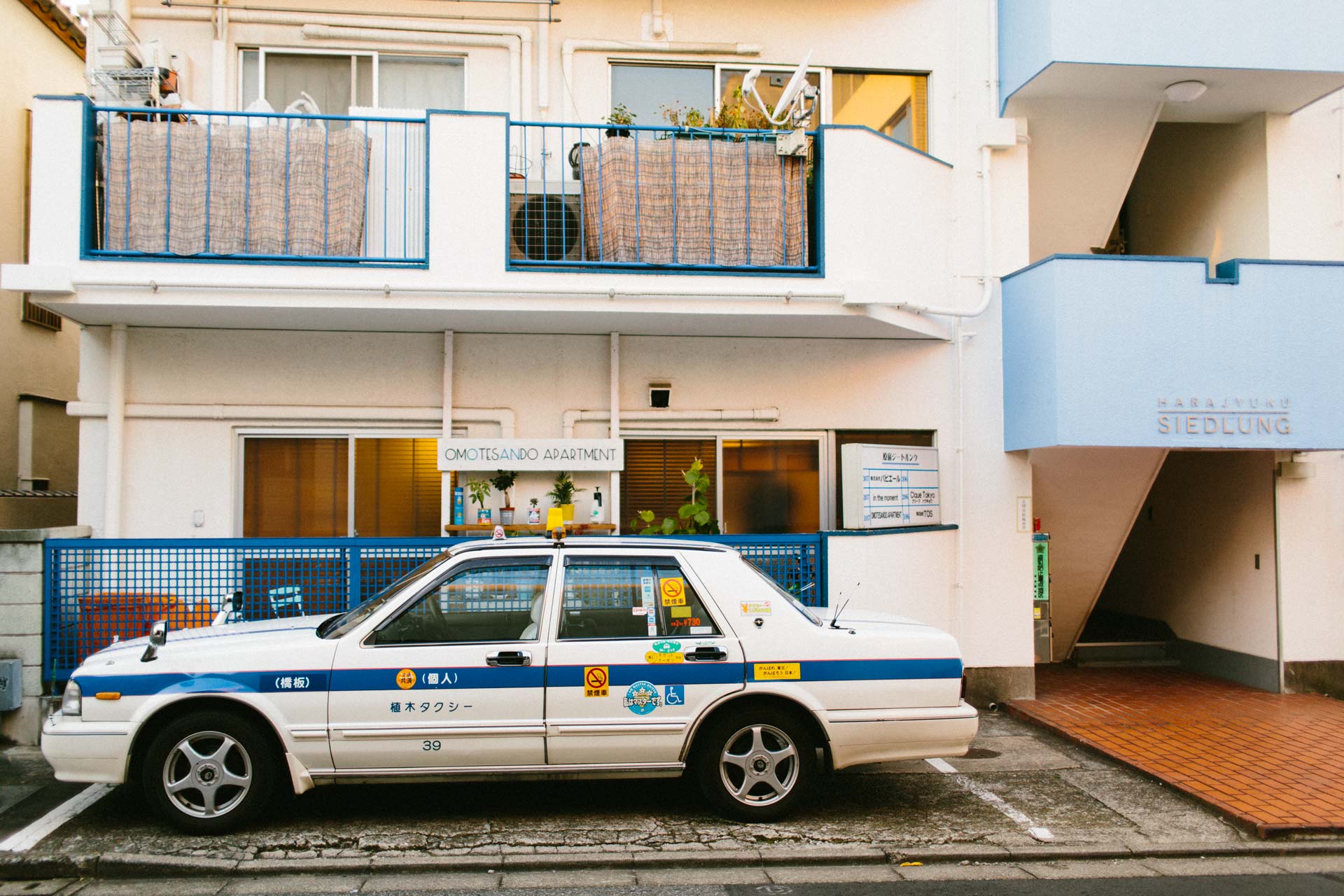
We reached our destination, simply named Omotesando Koffee. Tucked away in these quiet residential streets, this one-man stand provides meticulously crafted espresso drinks in an utterly serene setting. There was a little bit of a line-up, but it was well worth the wait.
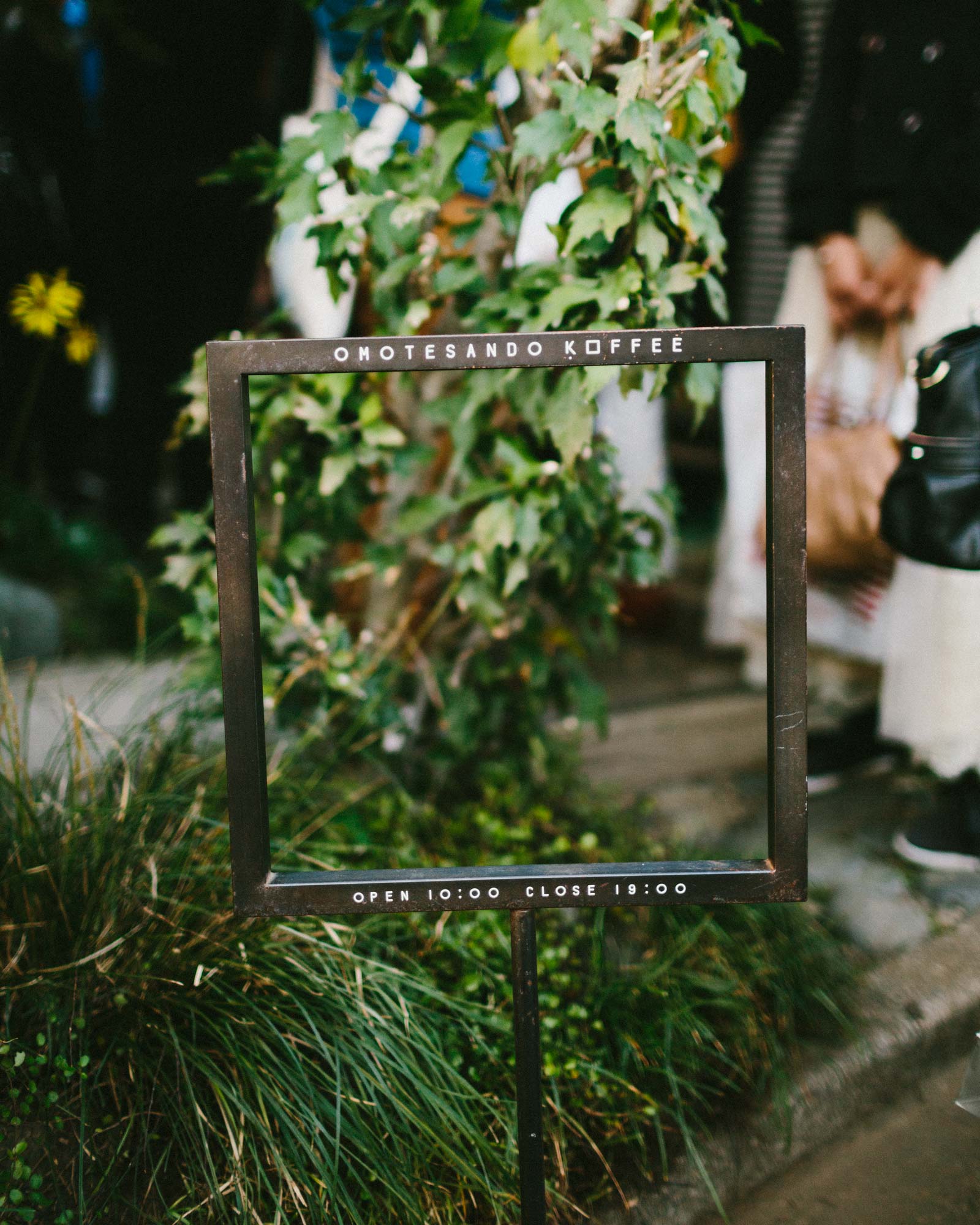
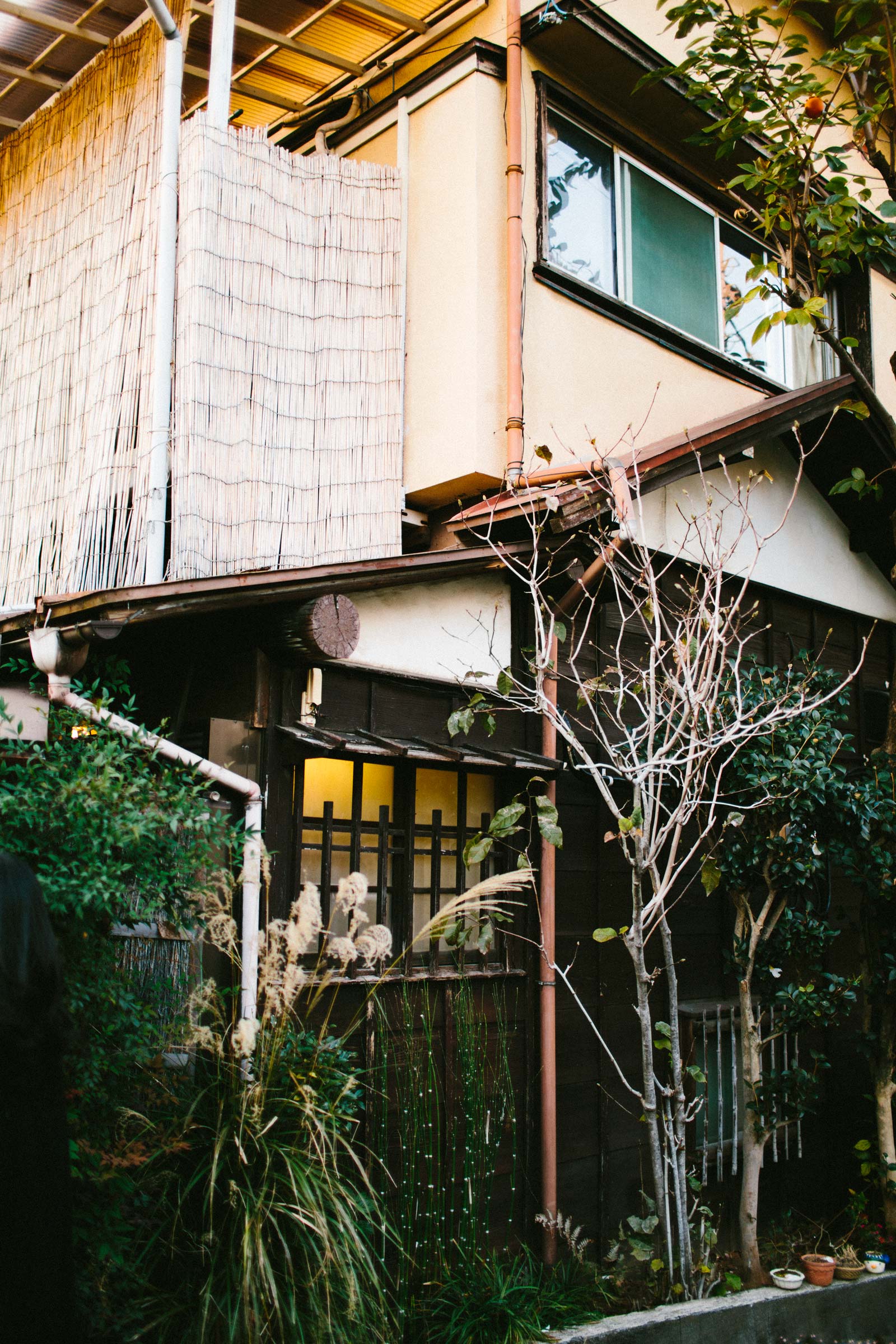
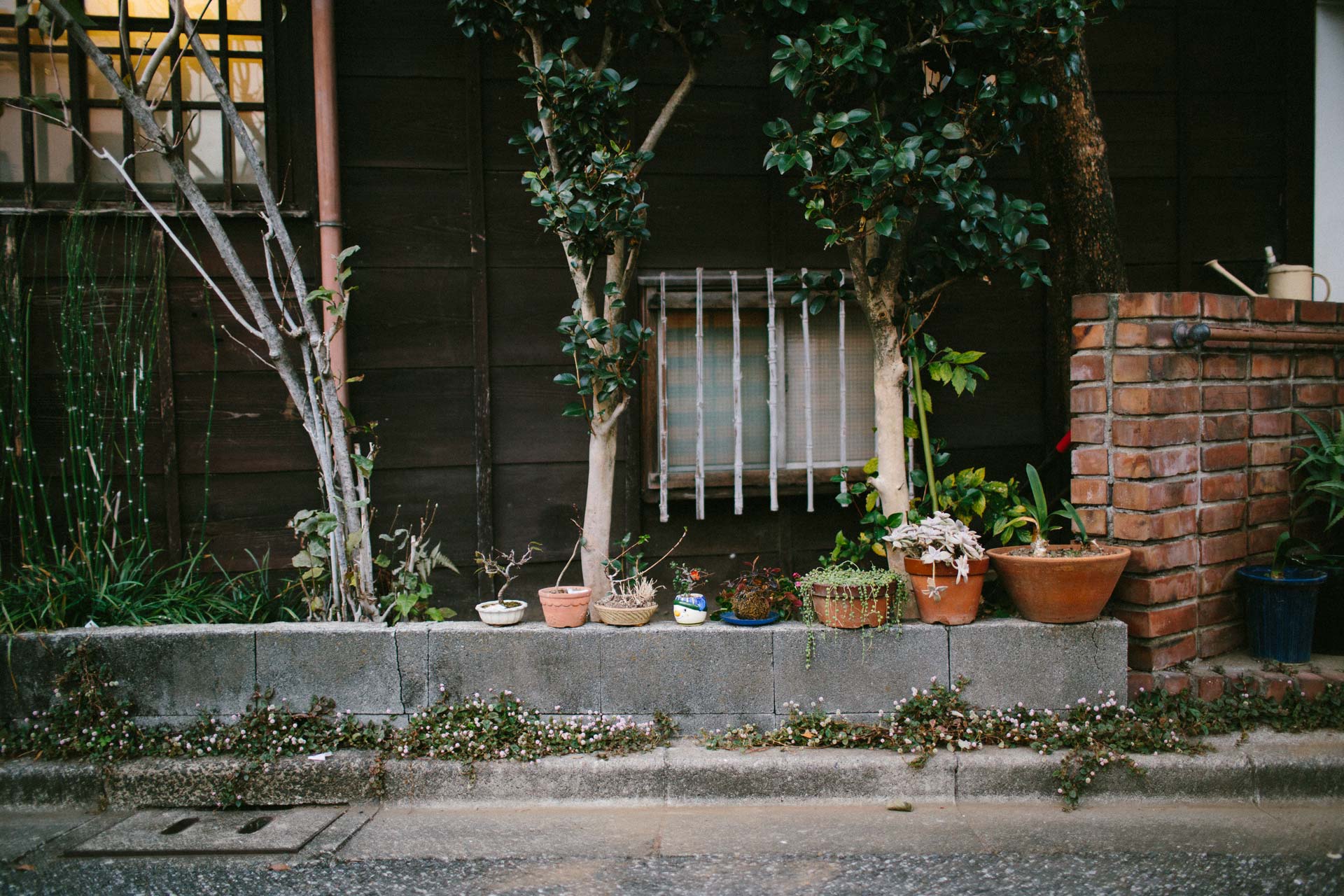

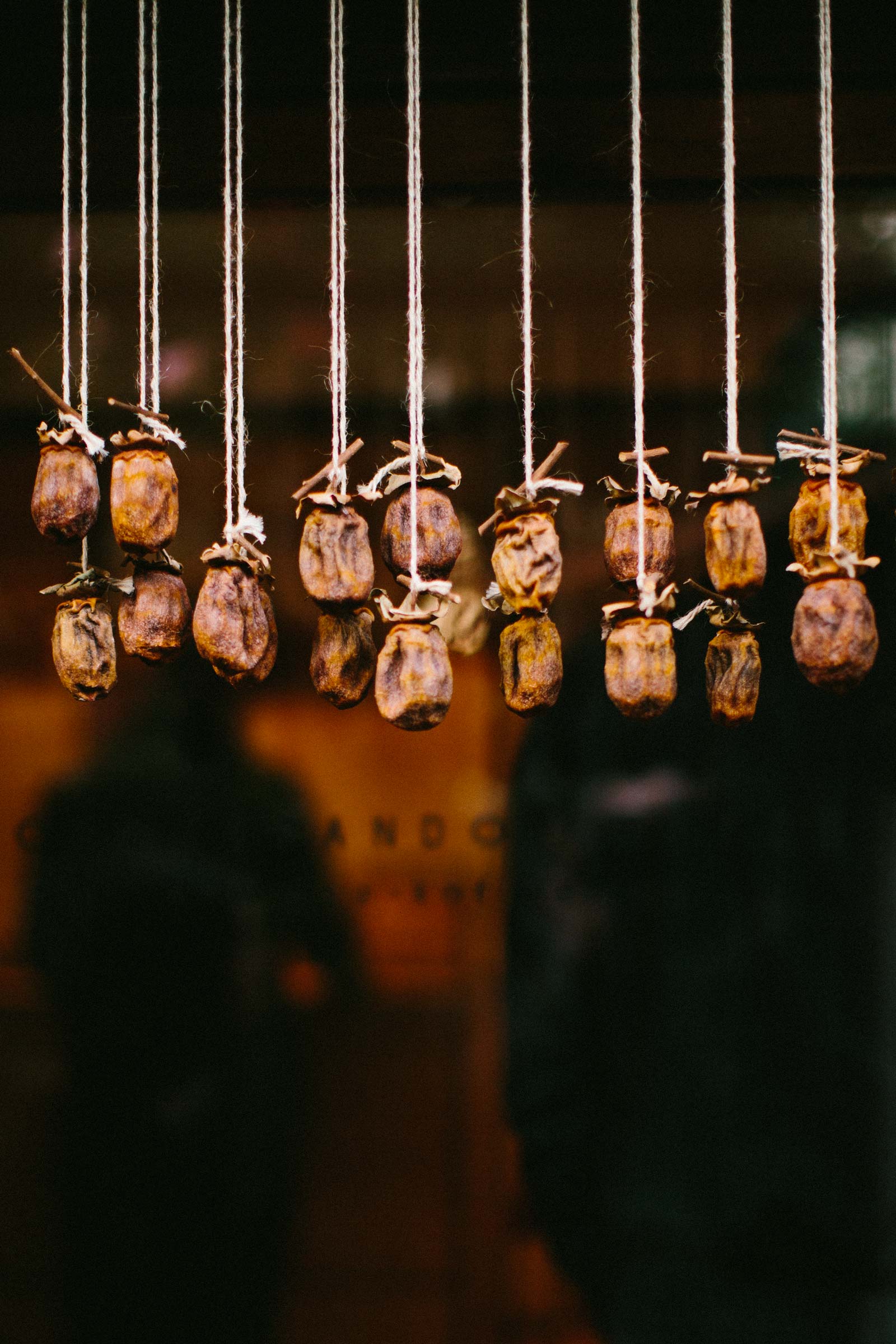
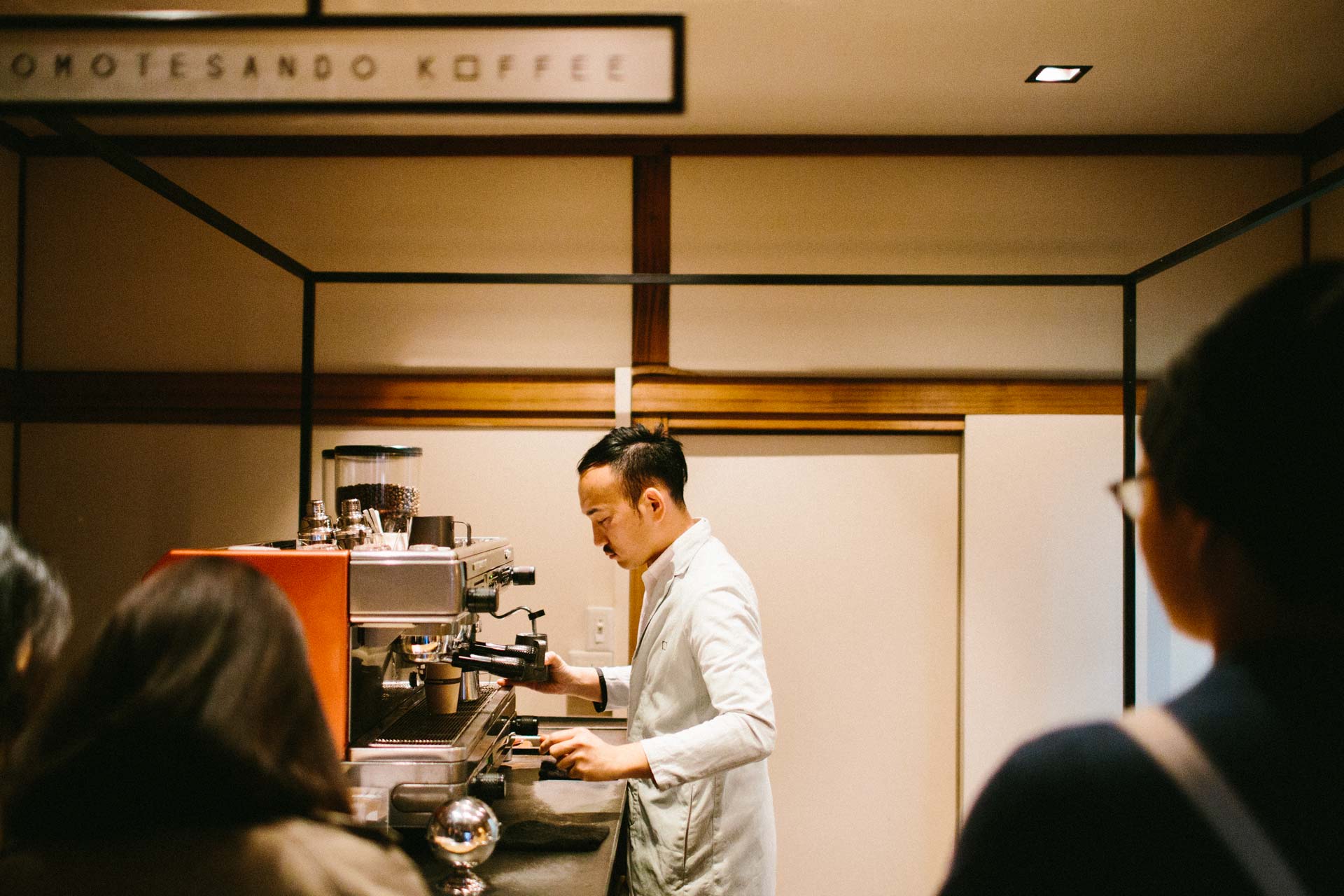
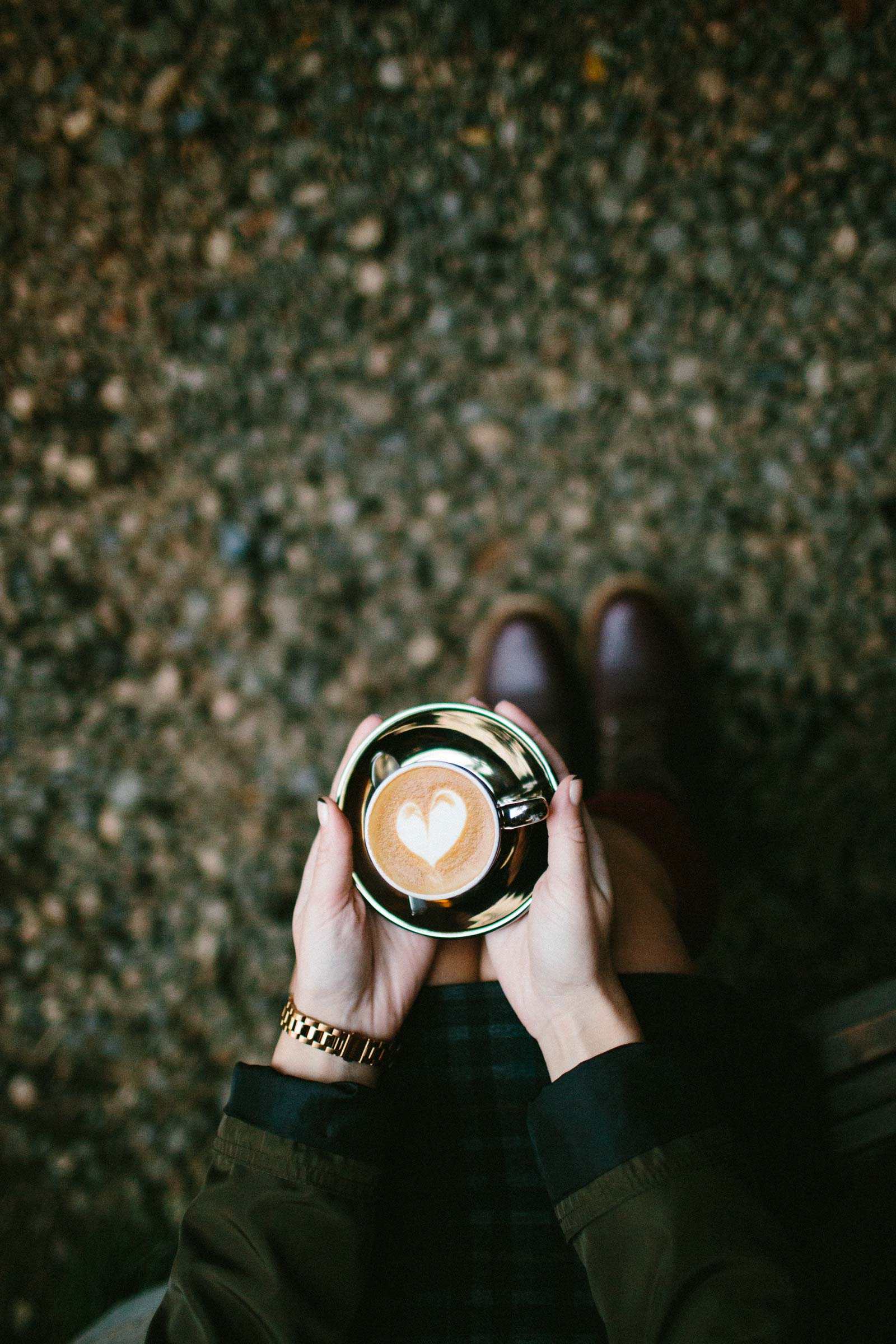
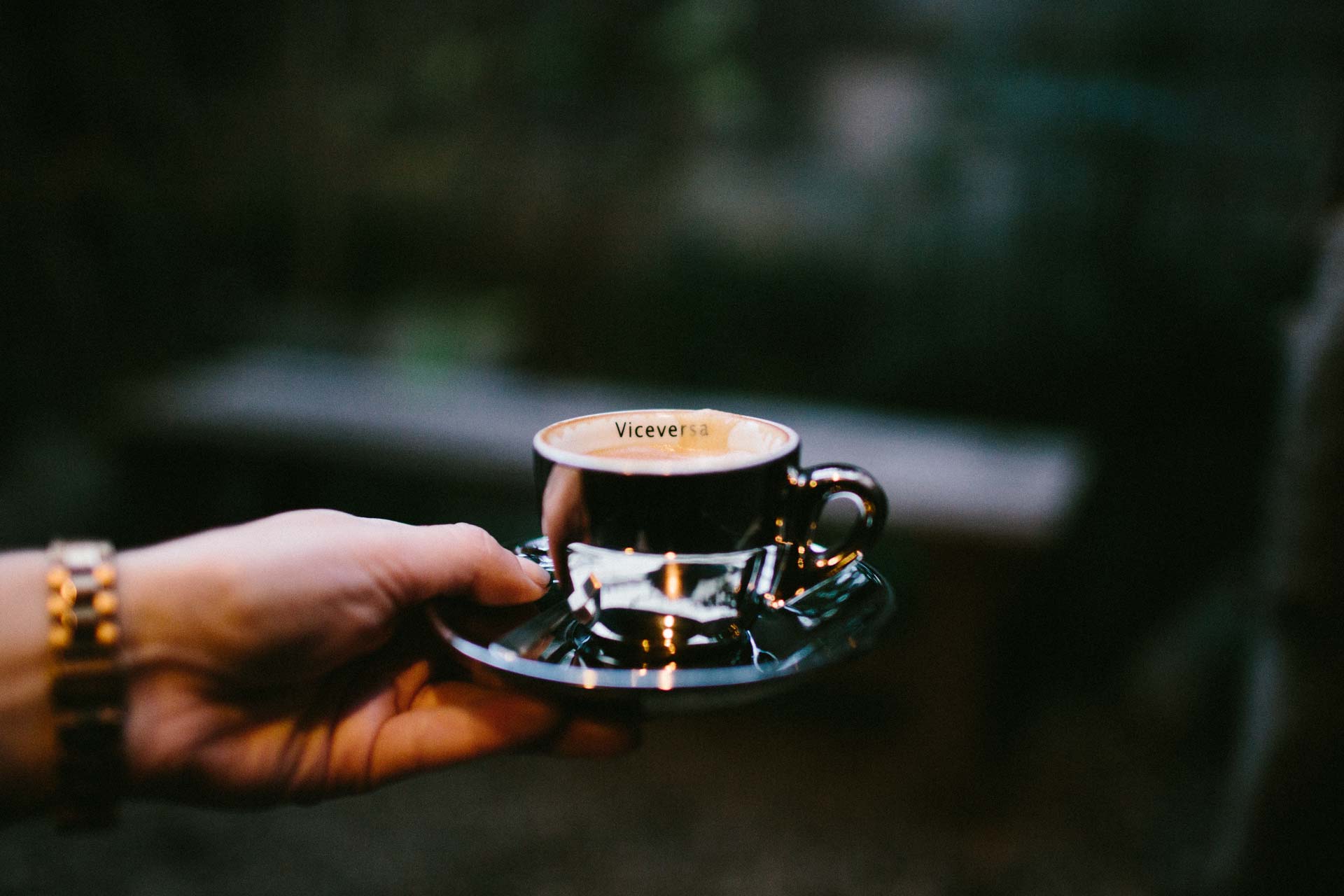
After coffee, we walked down to Cat Street and explored alleyways and side corridors before calling it a night.
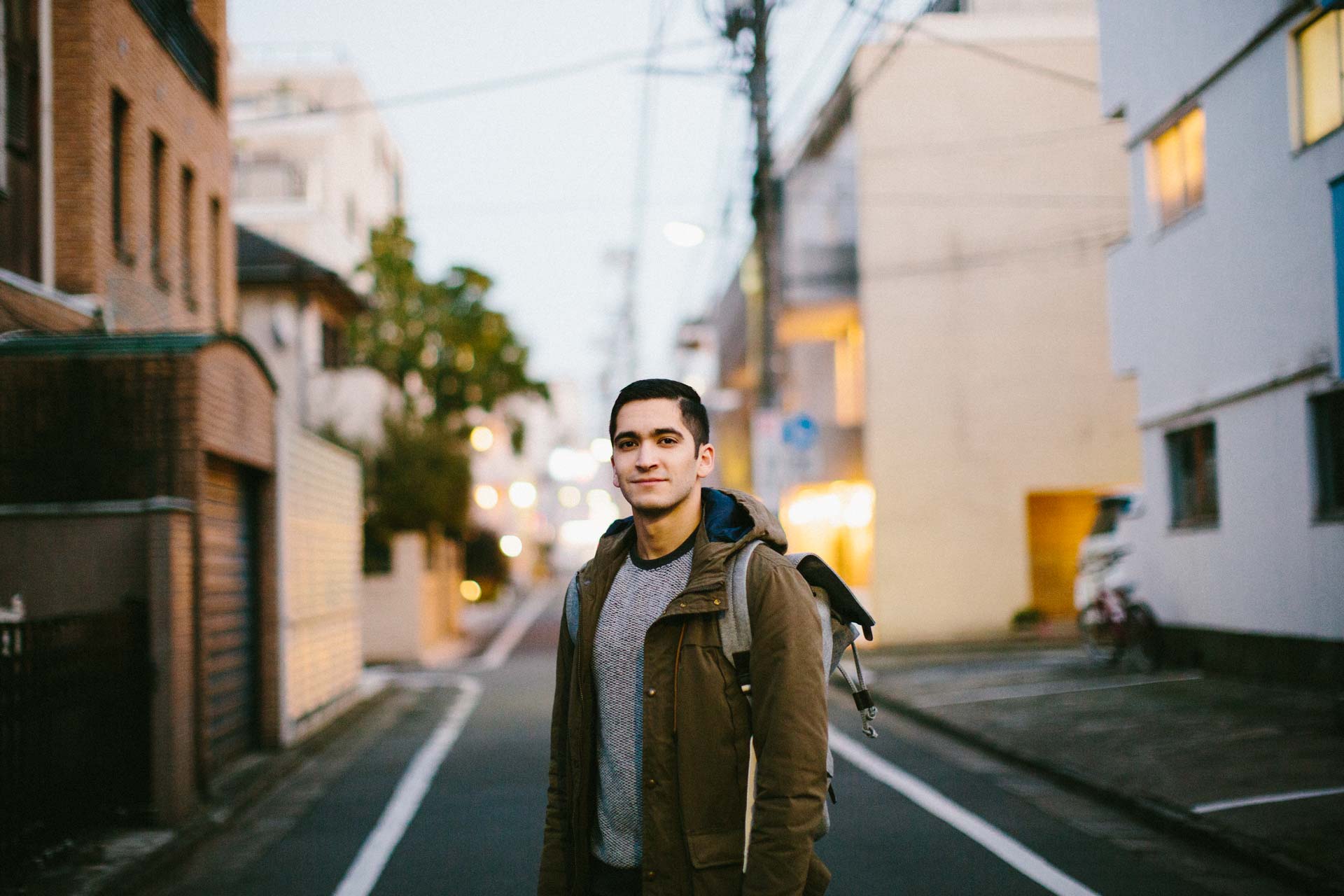
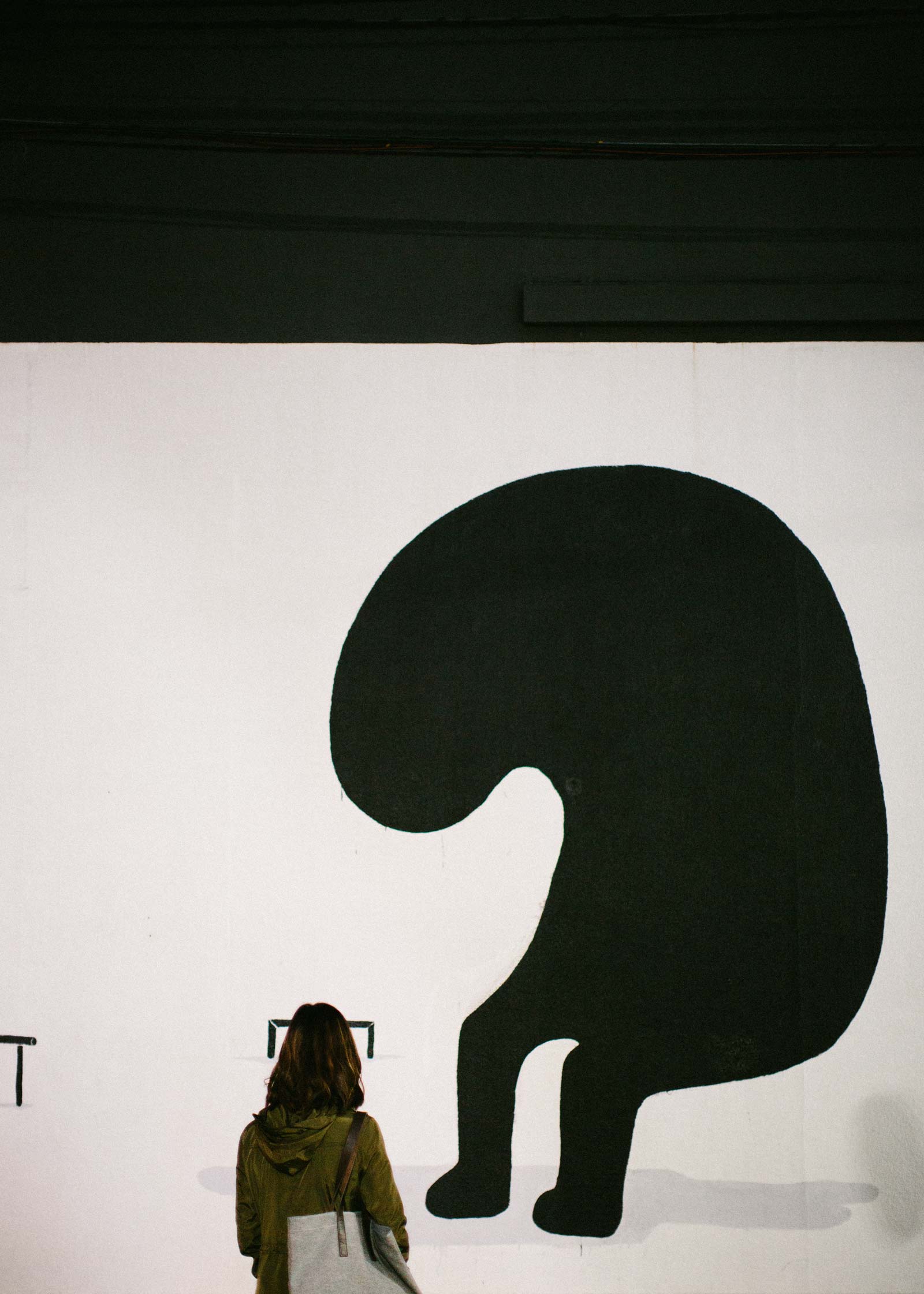
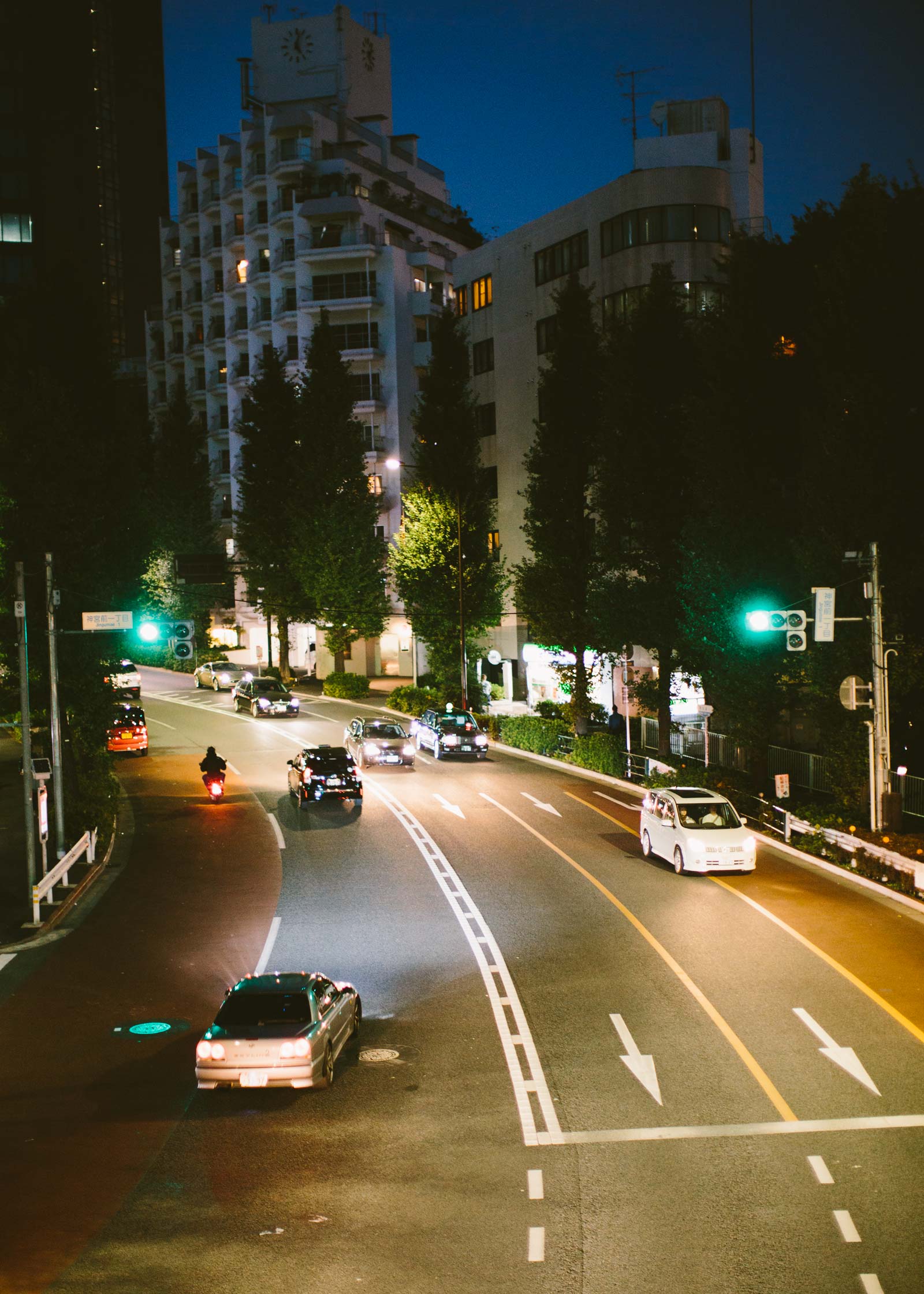
The Timberlands were really acting out.
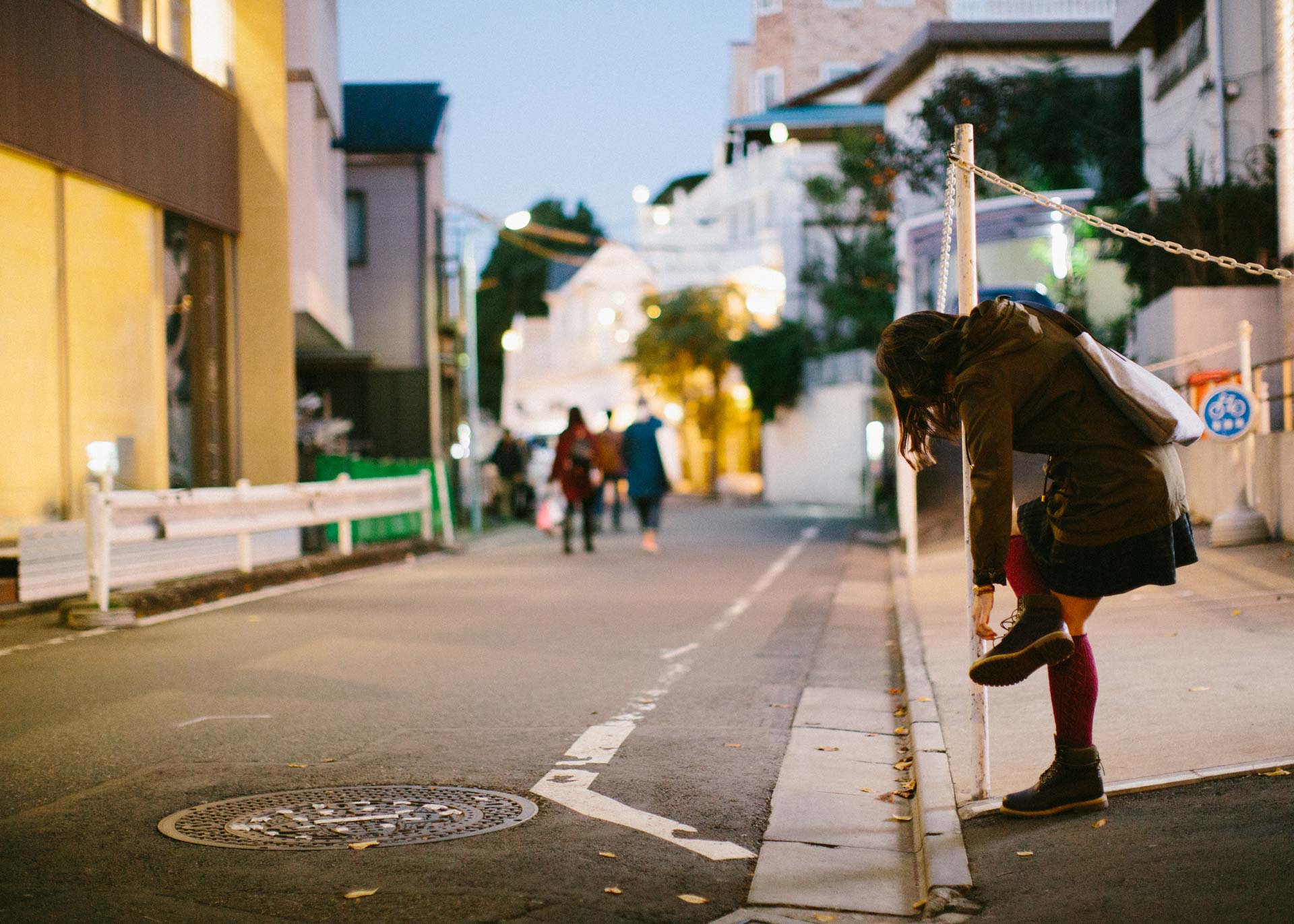
Just like that, our Tokyo adventures came to an abrupt end. We woke up the next morning, packed up and prepared to take a couple of trains to Mt. Fuji. Victoria was having acai bowl withdrawals and found a Hawaiian cafe a few blocks away from Shibuya crossing called Island Vintage Coffee. Victoria found her acai bowl, Ricardo found acai breakfast waffles. Deliciousness ensued. We hopped on a train away from this beautiful city, feeling like we barely scratched the surface at all.


Stay tuned for Part 2 where we explore Fujisan and Yudanaka’s hot springs.